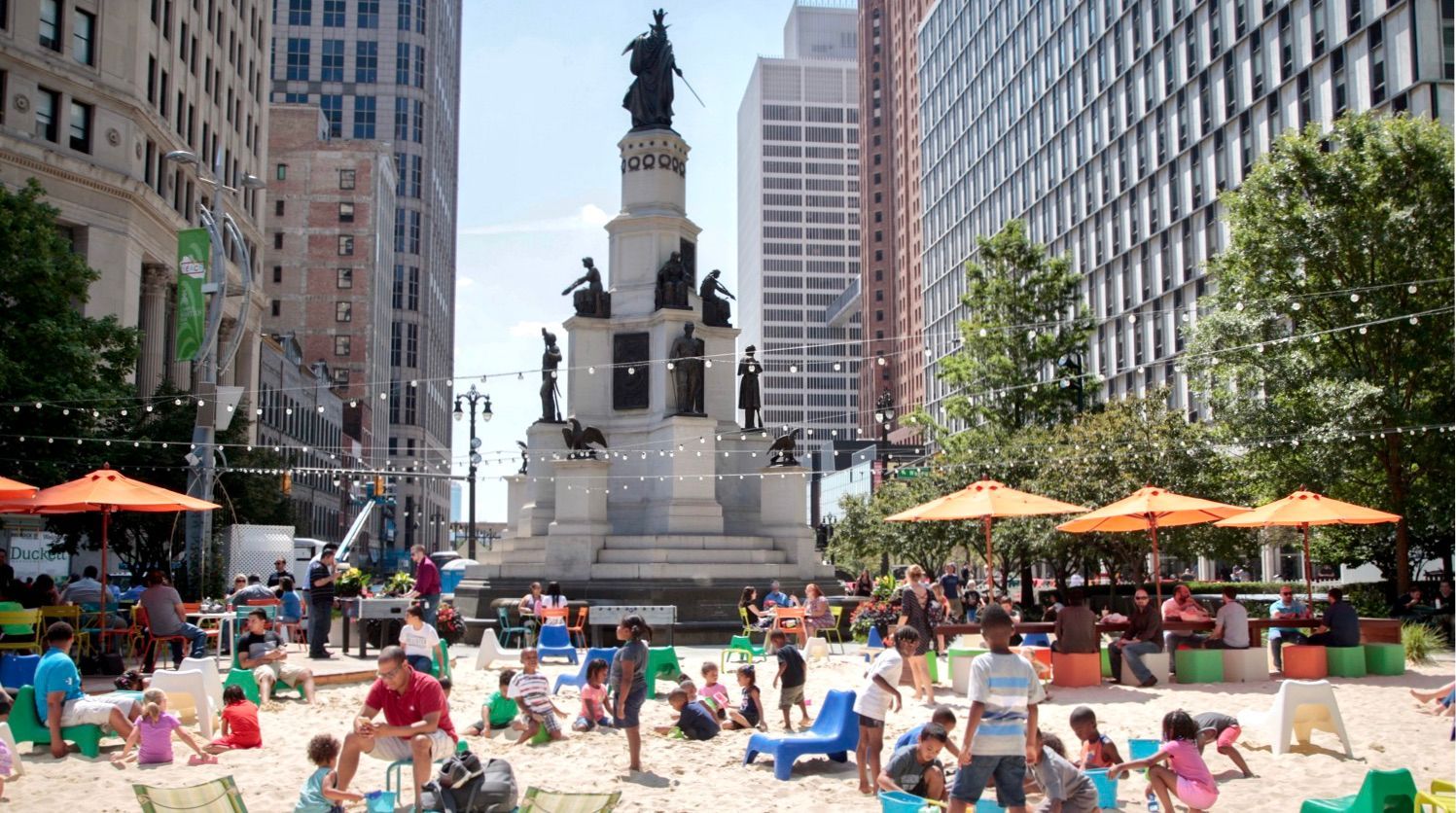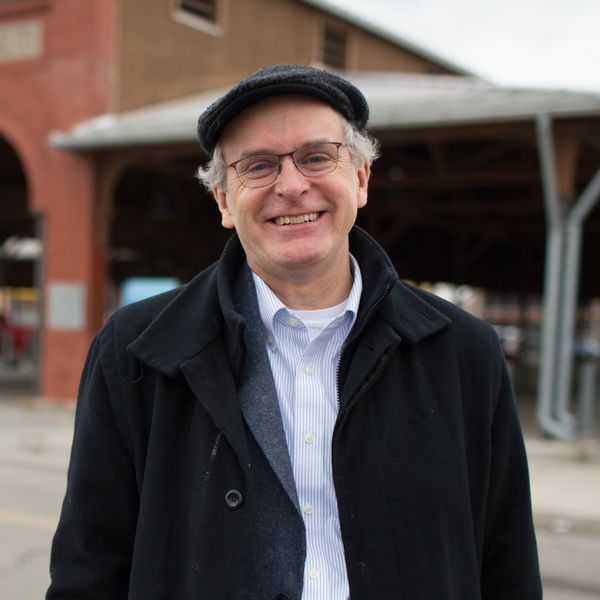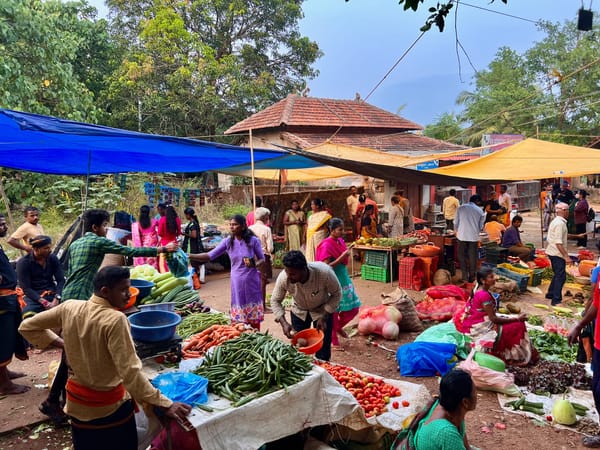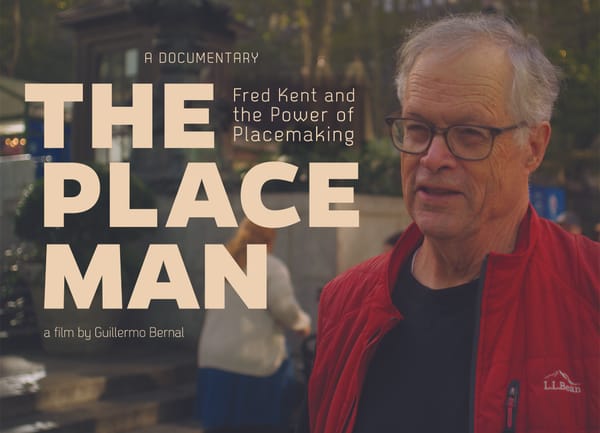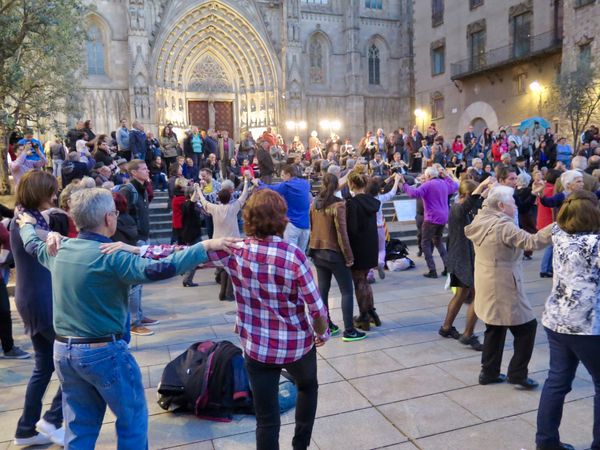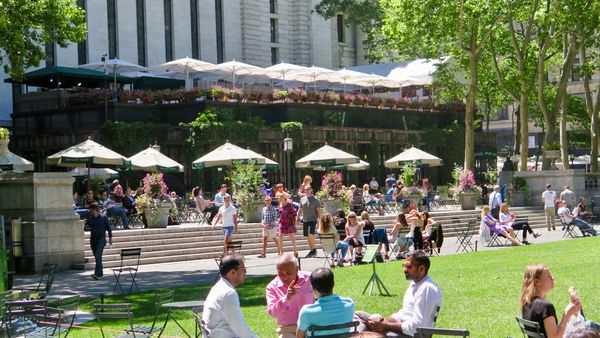Creating enjoyable places that people can easily reach on foot addresses the root causes of the global environmental crisis. This is what we call catalytic placemaking.
Updated April 21st, 2023
"There are more and more of us fighting for a different vision of the world—a world that takes care of our most precious resources: the air we breathe, the water we drink and the places we share."
— Anne Hidalgo, Mayor of Paris
How We Got Here
The list of bad decisions that got us to our climate crisis is long and well-known by now: over-reliance on fossil fuels, centralization of food and energy supplies, profit over people, auto-centric lifestyles, big box retail, and a dissolution of main streets are but a few ongoing trends that keep people isolated in their cars and homes and behind their screens, apart from each other and disconnected from community.
The global placemaking movement teaches us that what makes life exciting and purposeful is related to the built environment – walkable communities, shared gathering spaces, and places where we can celebrate the human spirit. Re-orienting our lives toward each other and the connections between us creates ripple effects that naturally address climate change.
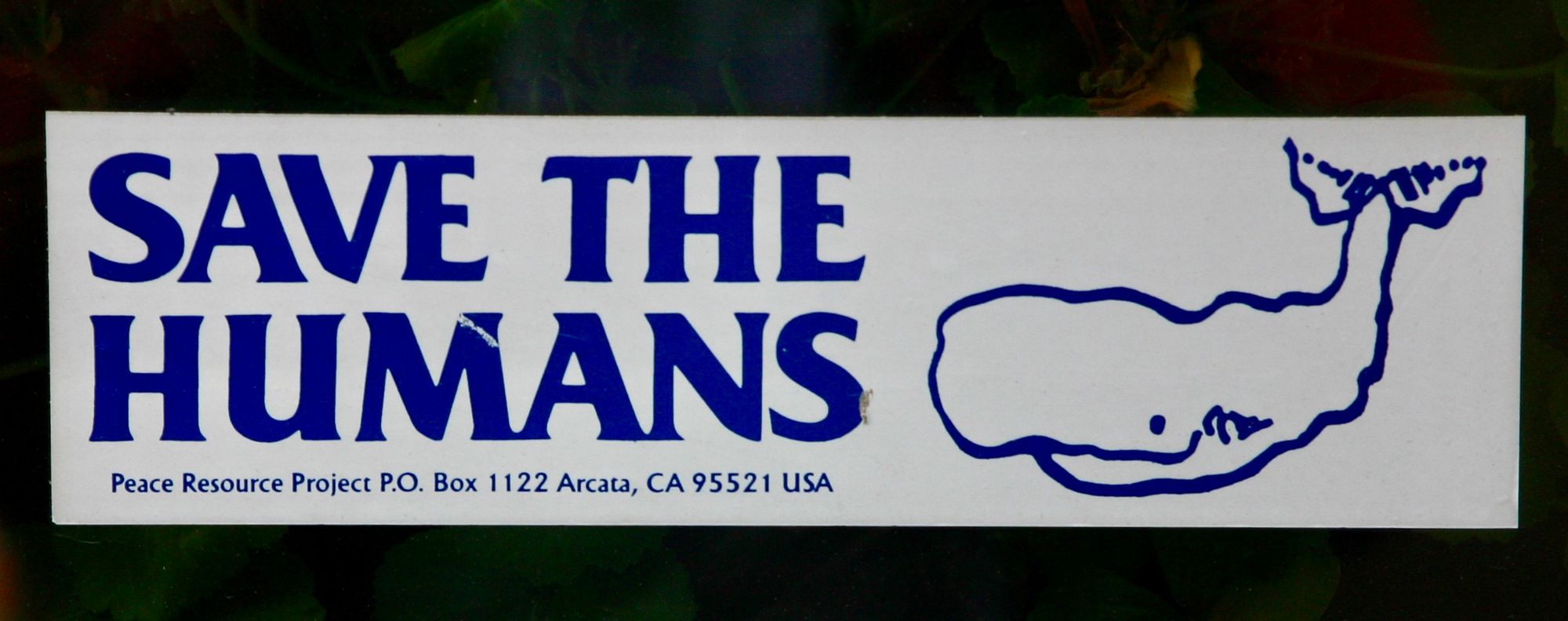
Placemaking X Climate Change
When it comes to addressing climate change in a way that actually moves the needle, we need practical, hands-on, community-led solutions. Conversation and scientific articles can only take us so far. We need actions. That is where the creative and community-oriented placemaking approach comes in.
Placemaking emphasizes social life as the backbone of society. It is through social life that we make the kind of connections, have the kind of discussions, and organize the kind of efforts that have powerful impacts on our communities and by extension, our planet.
By creating destinations that we want to go to and that we are able to reach on foot, we reduce the need for car use and car infrastructure. Places like local urban parks where people can meet with friends, chat about solutions to their daily problems, take their kids to play, do sports, and shop in surrounding stores, among other things, eliminates the need to drive a car to a specialized location disconnected from everything else to accomplish all the above.
Additionally, by highlighting nature to create great public places such as parks and gardens, placemaking instills an appreciation for the natural world and a desire to protect it. It is one thing to advocate for preserving nature, and it is another, more powerful thing, to show people how wonderful nature is, even in their daily lives, thus stirring a protective instinct toward it.
What's more, the social component of placemaking creates opportunities for support and optimism in a time when many people, especially young people, are suffering from climate anxiety induced by ever-worsening weather events, rising temperatures, and dismal predictions that can seem biblical and solutionless. Placemaking gives everyone a chance to take power back through a collective shift in how we shape our lives.
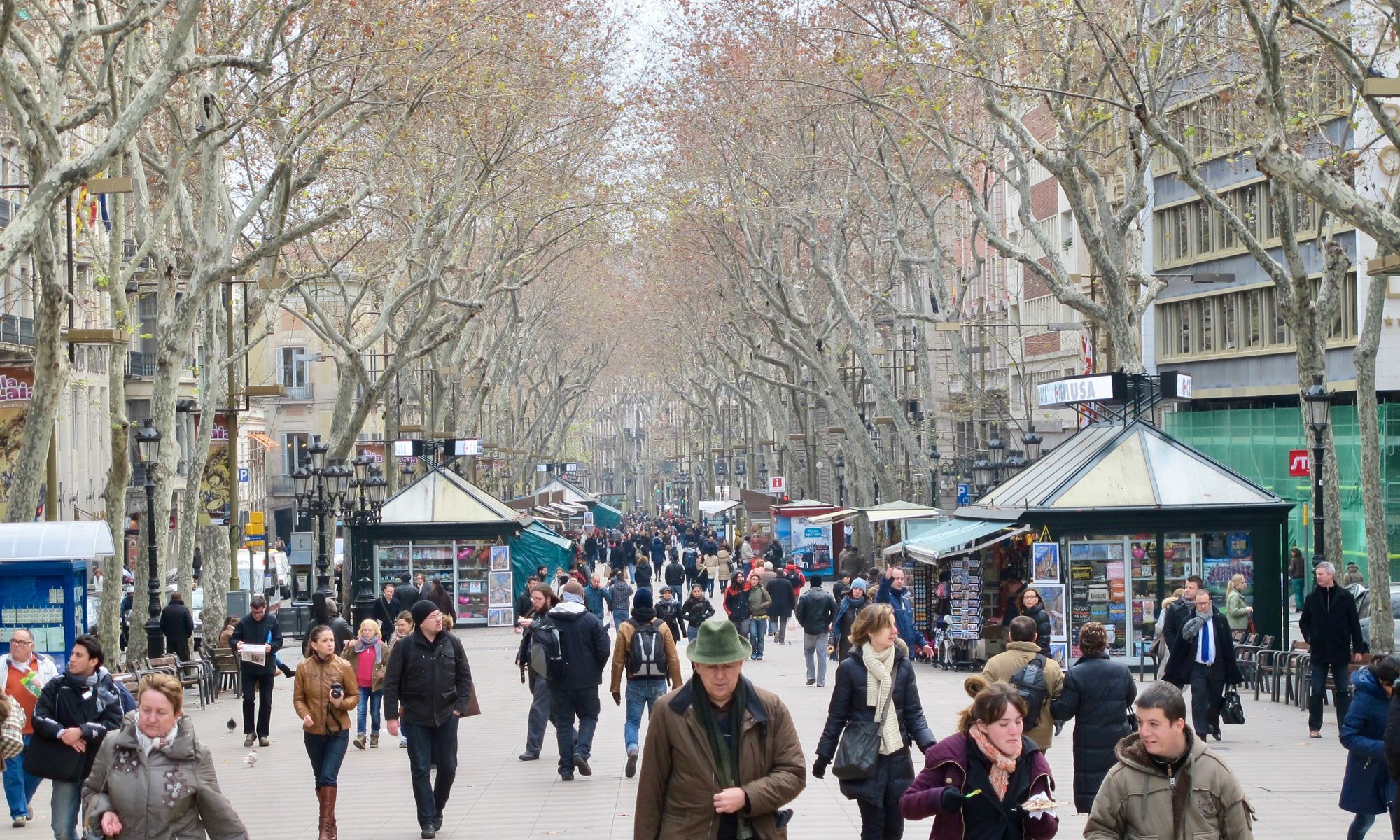
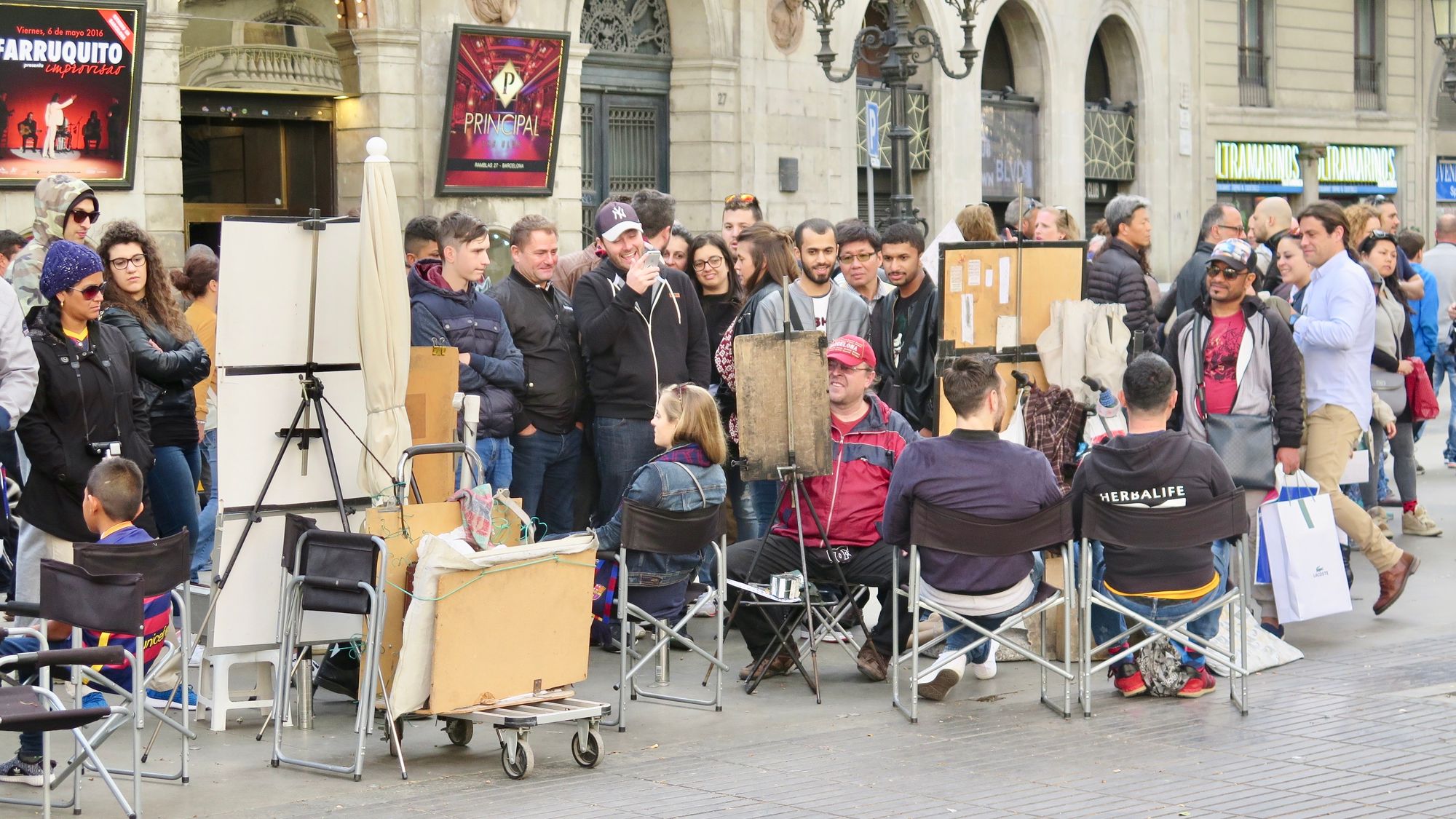
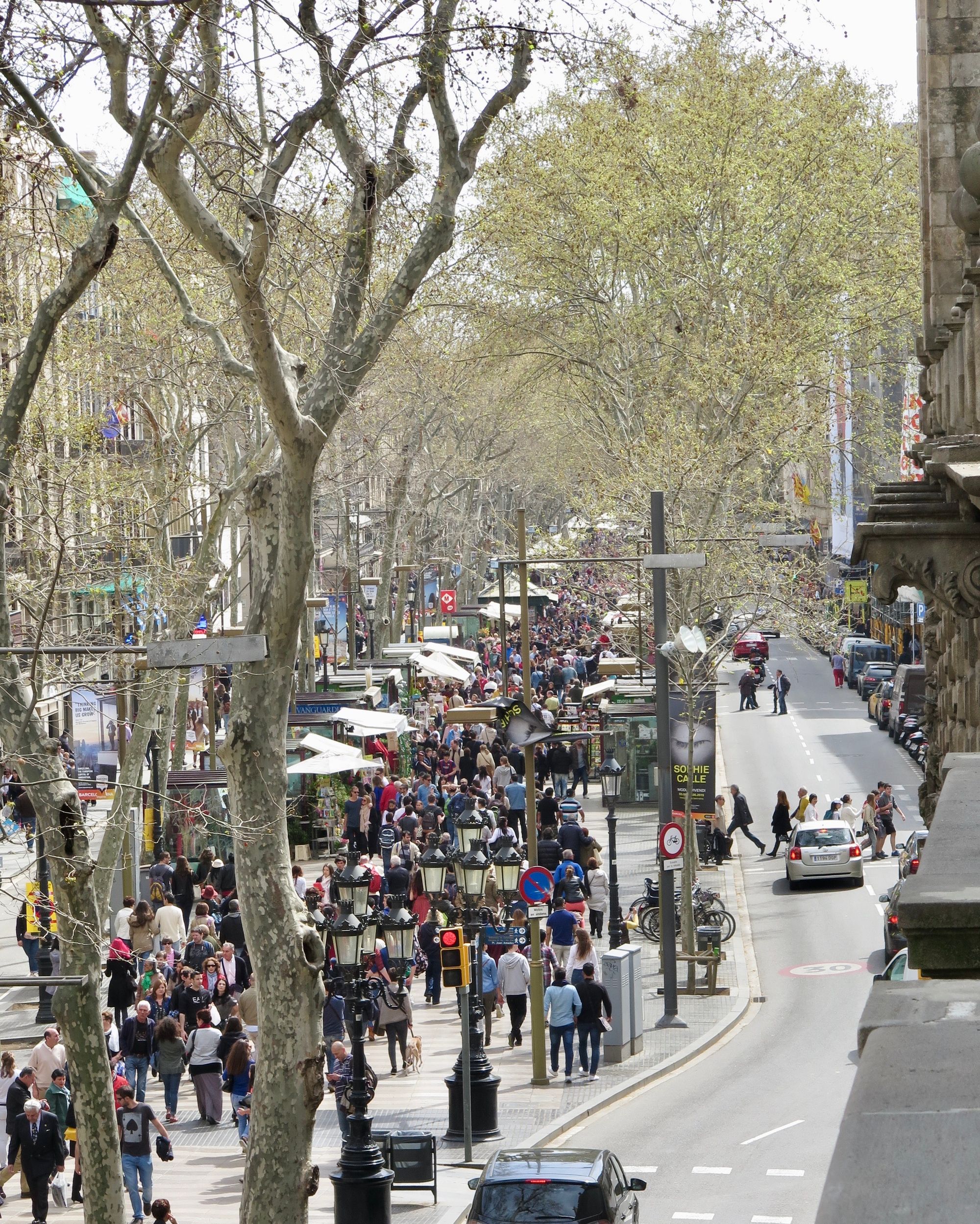
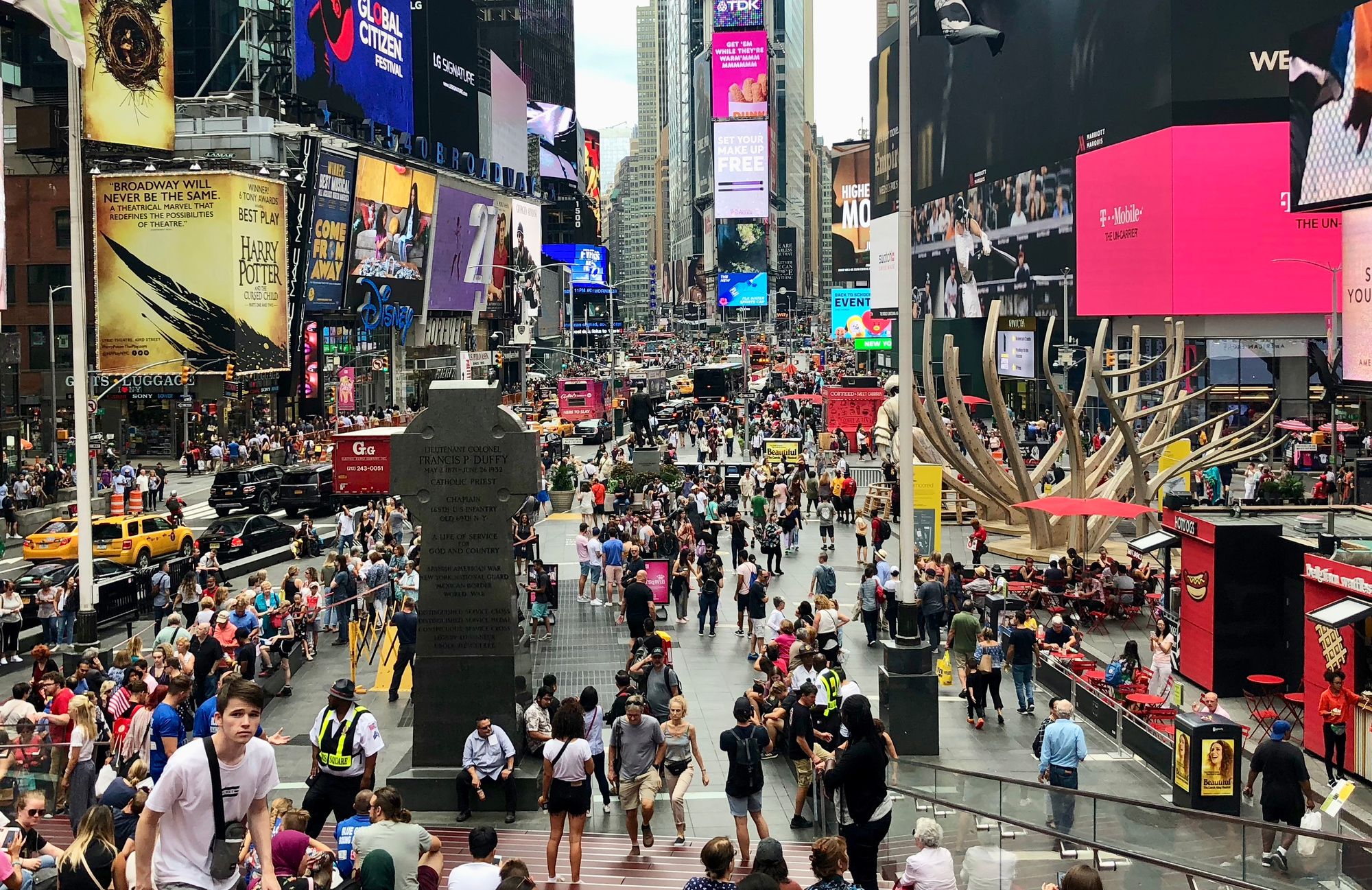

Top left to right: La Rambla in Barcelona is a world-class example of social life as the backbone of society, which results in a healthier, more sustainable urban environment. Bottom left to right: Times Square in NYC is transformed from an auto-dominated streetscape to a pedestrian-oriented place for people with lots of interesting sights and activities.
How our 11 Agendas Restore Social Life to Support a Healthy Planet
This is where our 11 Agendas to Restore Social Life come in. Together, they demonstrate that placemaking enlivens cities and communities and enhances their identities in a way that results in true sustainability. Principles of green building can merge with social needs, cultural values, environmental education and community desires to create a plethora of amenities and focal points that minimize waste, maximize shared use, and build community.
One idea that is really gaining traction is the 15-minute city or town, where all daily needs and desired activities can be reached on foot within minutes. A 15-minute city can bring all of the 11 ways together in one place. These hubs decrease congestion and reliance on centralized systems while increasing local walkability and healthy opportunities for socialization, commerce, and recreation--a concept has been at the core of the Placemaking movement for decades and can become a catalytic project with significant environmental benefits for many cities. Instead of driving between disconnected, single-use destinations, multi-layered nodes encourage people to get out of the car, off the screen, and stay awhile, supporting their local communities and keeping their carbon footprints small.
In the coming weeks and months, we will be expanding on each of these agendas further. Sign up for our newsletter to stay updated.
Related Articles:
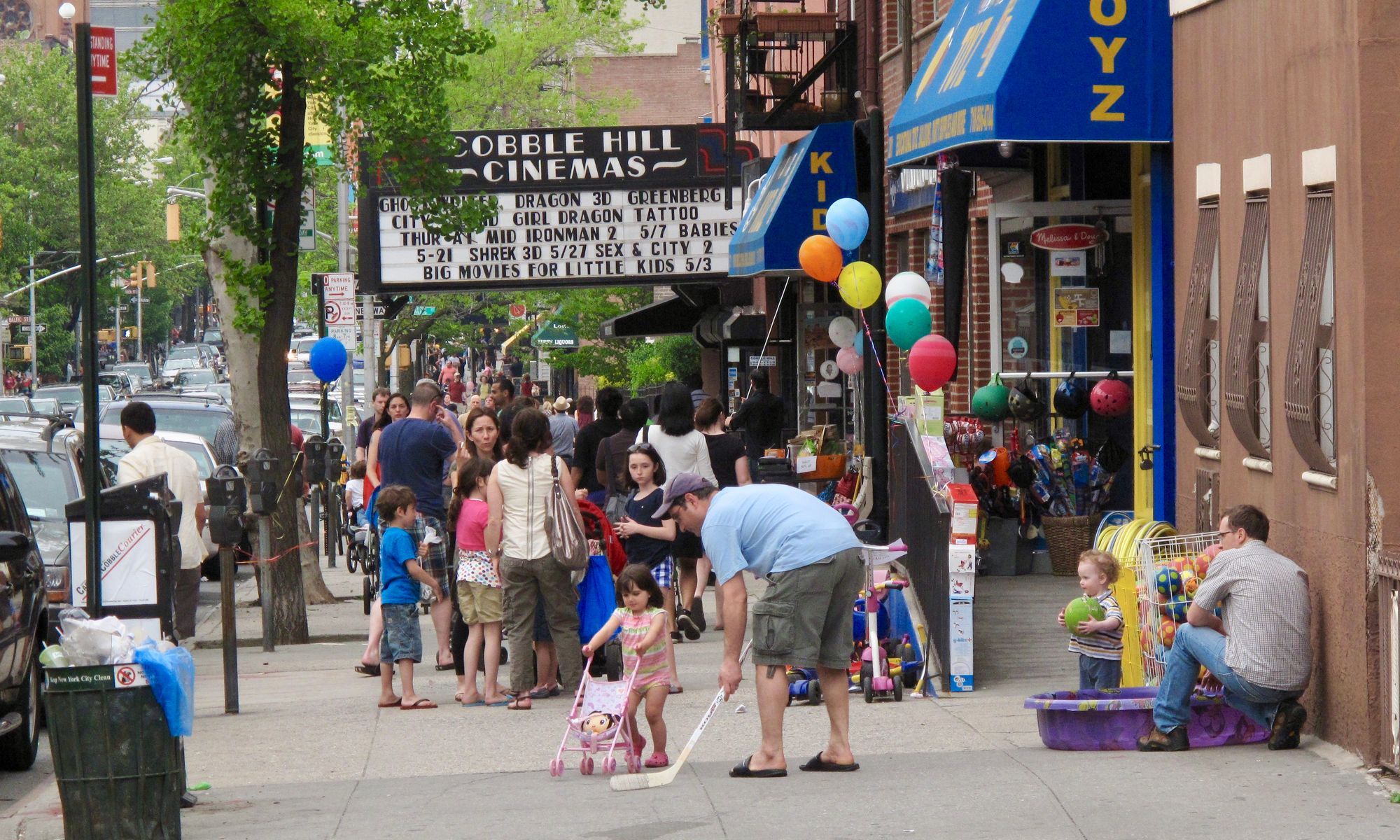
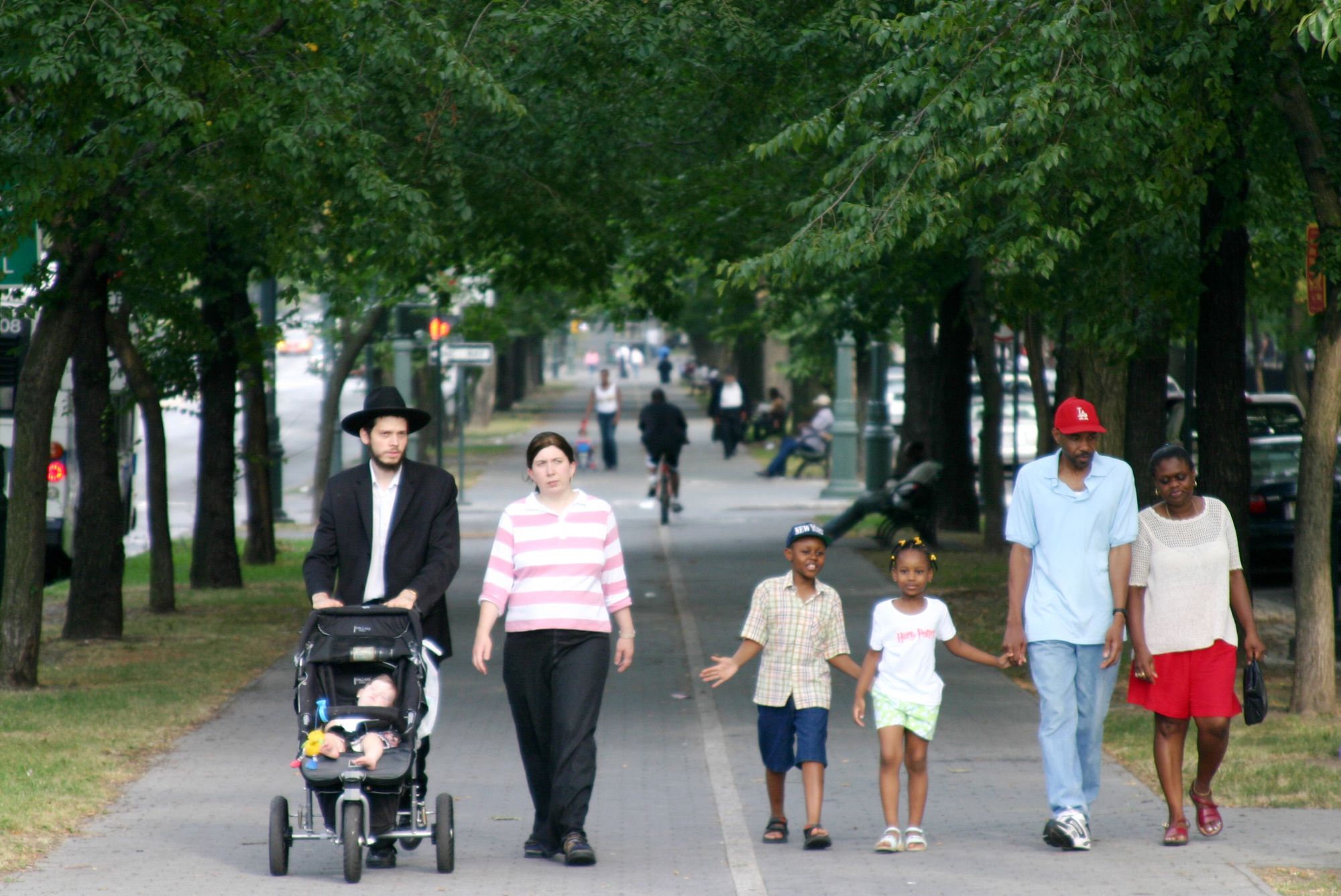
The 11 Ways:
1. Bring Back the Public Square
In communities around the world, public squares are coming back, and this trend can also help the environment. Historically, public squares were the common ground where people connected as friends, neighbors, and spontaneous acquaintances--and they should be once again. Reinventing these community anchors is already happening around the world. The best squares—which can take the form of parks, markets, even shopping streets and plazas, or even intersections—are becoming sources of civic pride, sites of protest and conversation, and social hubs. They reduce or even eliminate driving, automatically putting a focus on people and walking. Public squares breed healthy, inclusive, democratic and equitable actions, and encourage citizens to take responsibility for their communities into their own hands.
There are many examples where squares have restored local civic, cultural and economic life. The four below are just a few examples that we have worked on over the years:
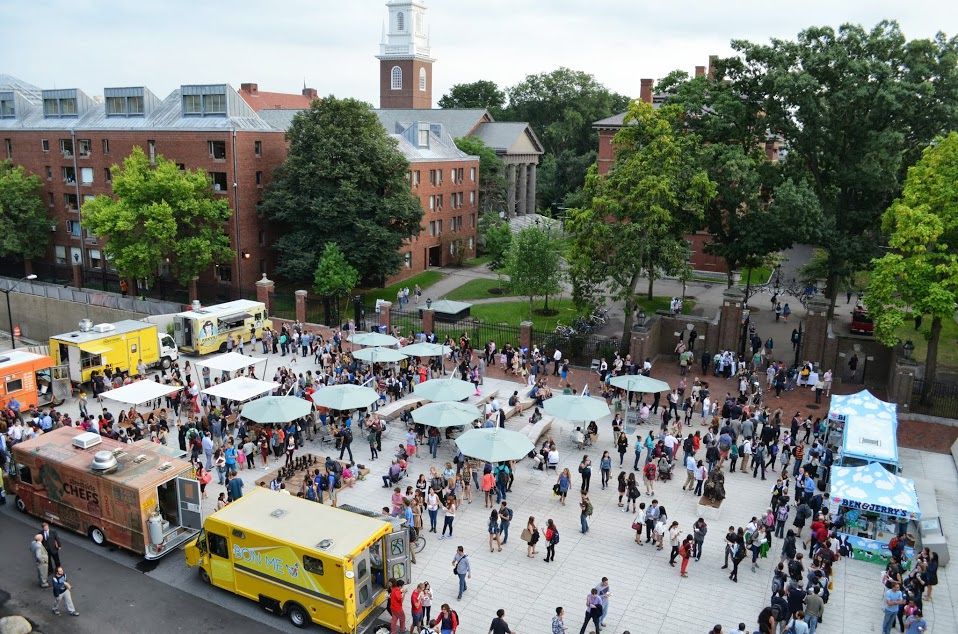
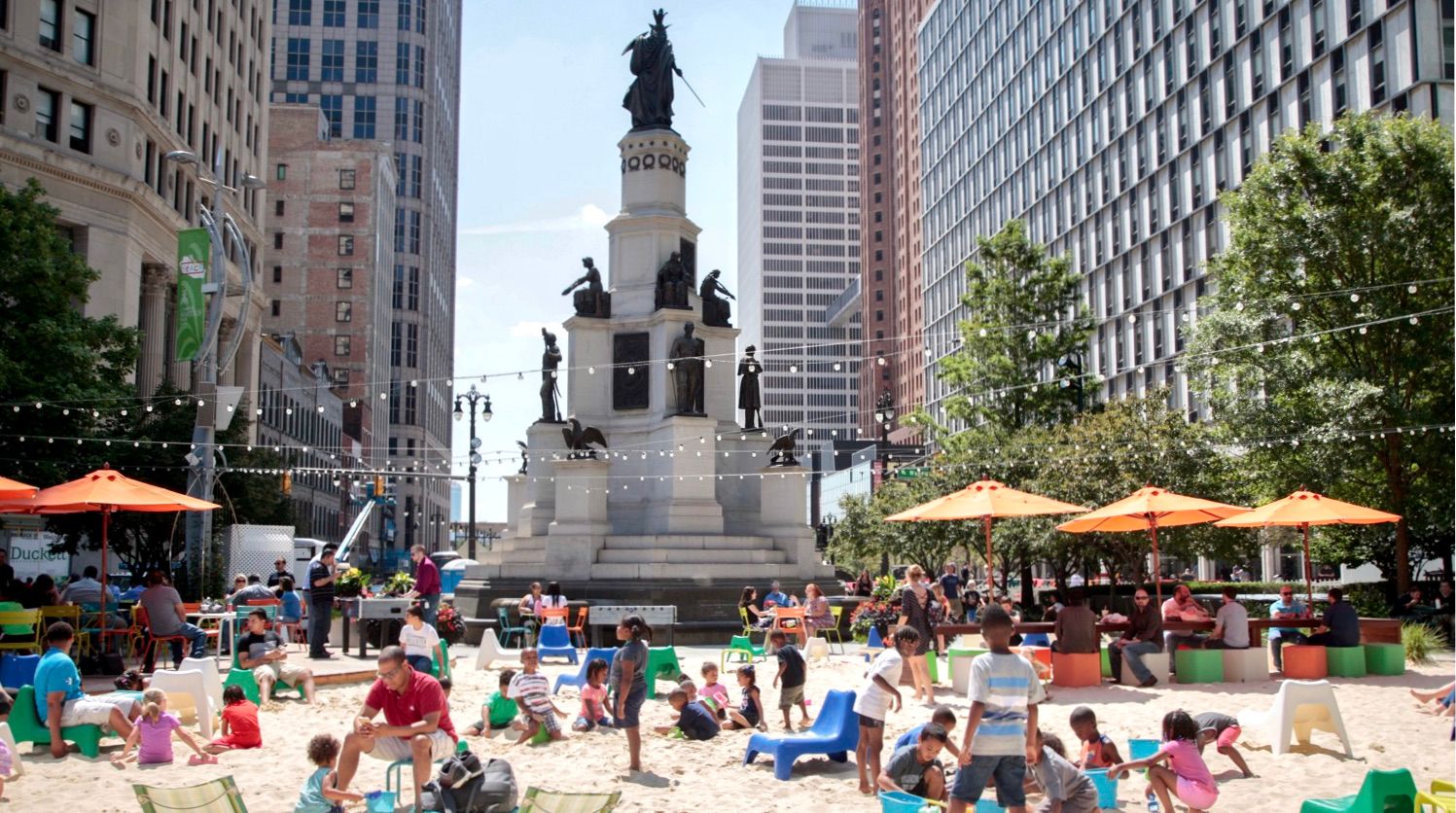
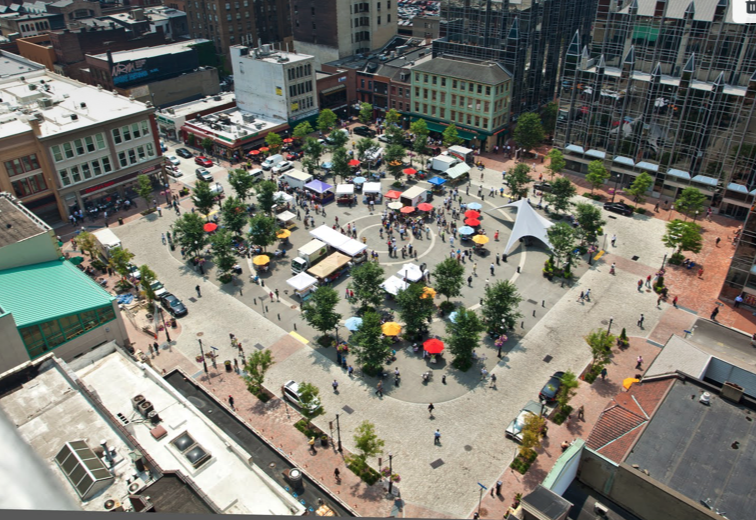
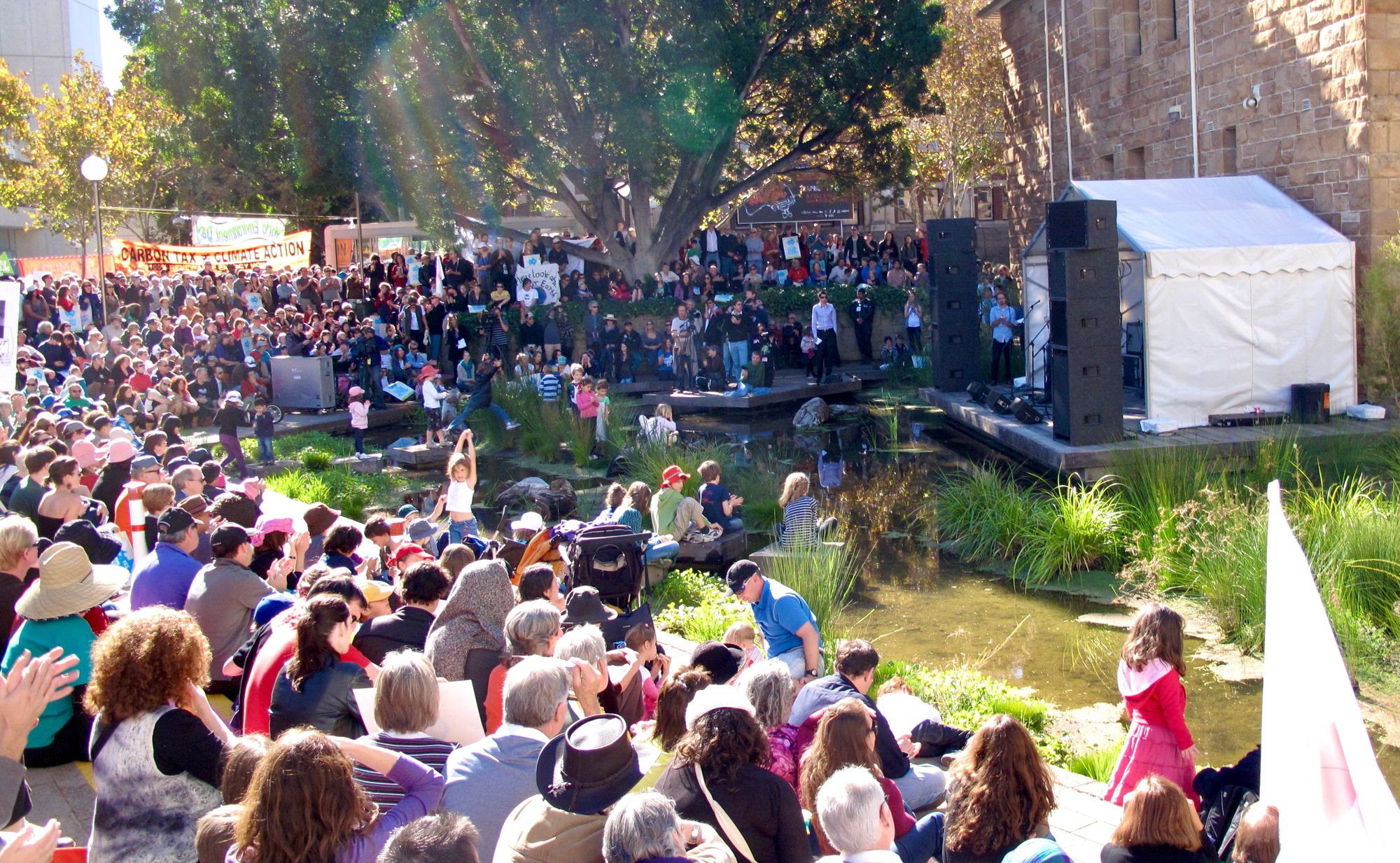
Harvard University, Campus Martius, Detroit, Market Square, Pittsburgh and Perth Cultural Centre
Related Articles:
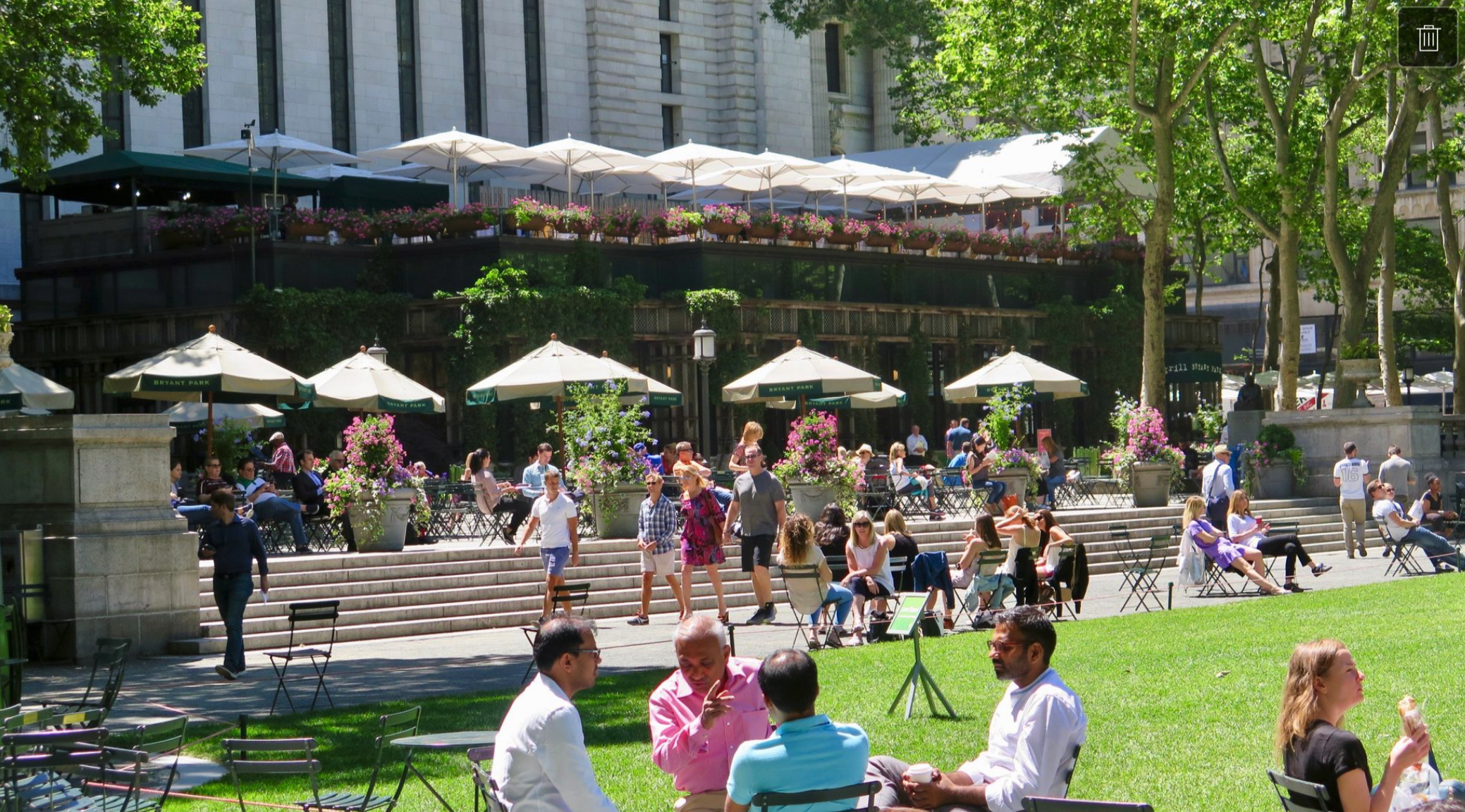
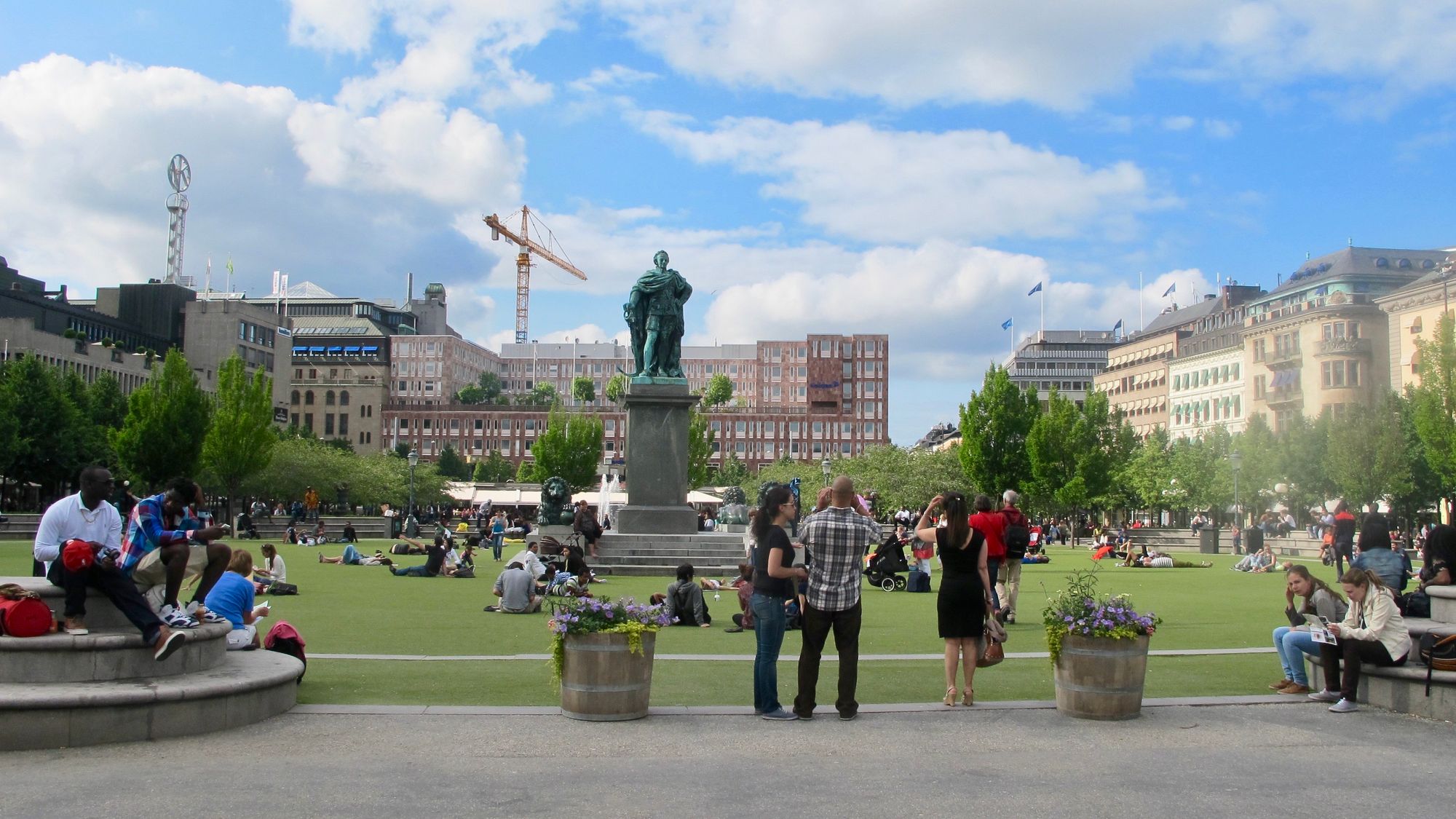
2. Markets Serve as the Center of Social Life of Neighborhoods
Markets are naturally walkable, human-scaled, and supportive of local connections and economies--which is why they are a natural boon for a healthier world. They are the epitome of robust, unified supply chains that have the power to create a strong local food-shed, support small farmers who often deploy organic and regenerative agriculture practices, keep money in the local economy, reduce fossil fuels needed to transport goods to grocery stores (which often travel massive distances), and give power back to small-scale producers, artisans, and makers. Increasingly, markets can become another version of the community squares that are blossoming around the world, creating centers of social life and restoring a sense of community and local responsibility--which then translates to greater care for the earth.
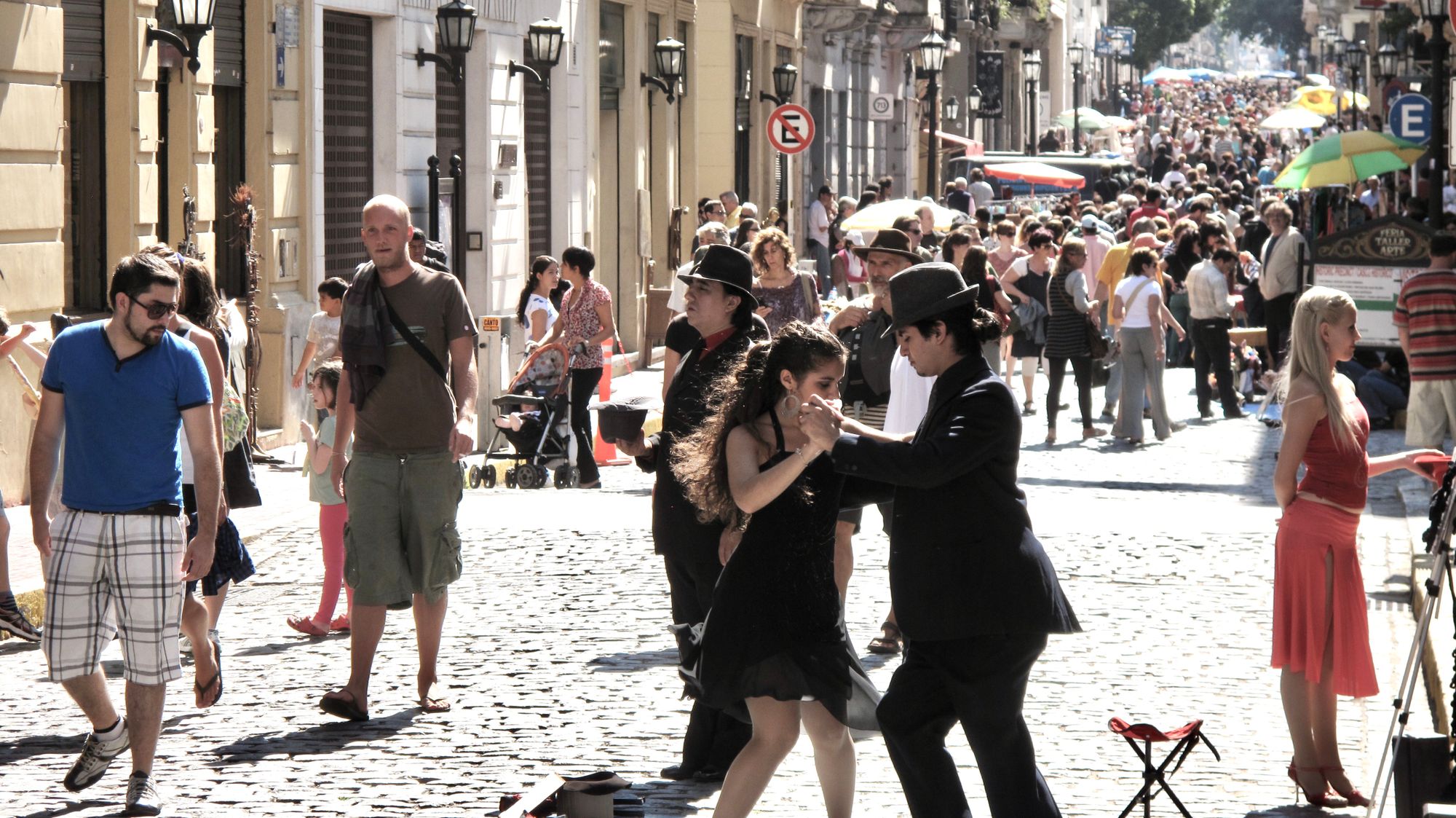
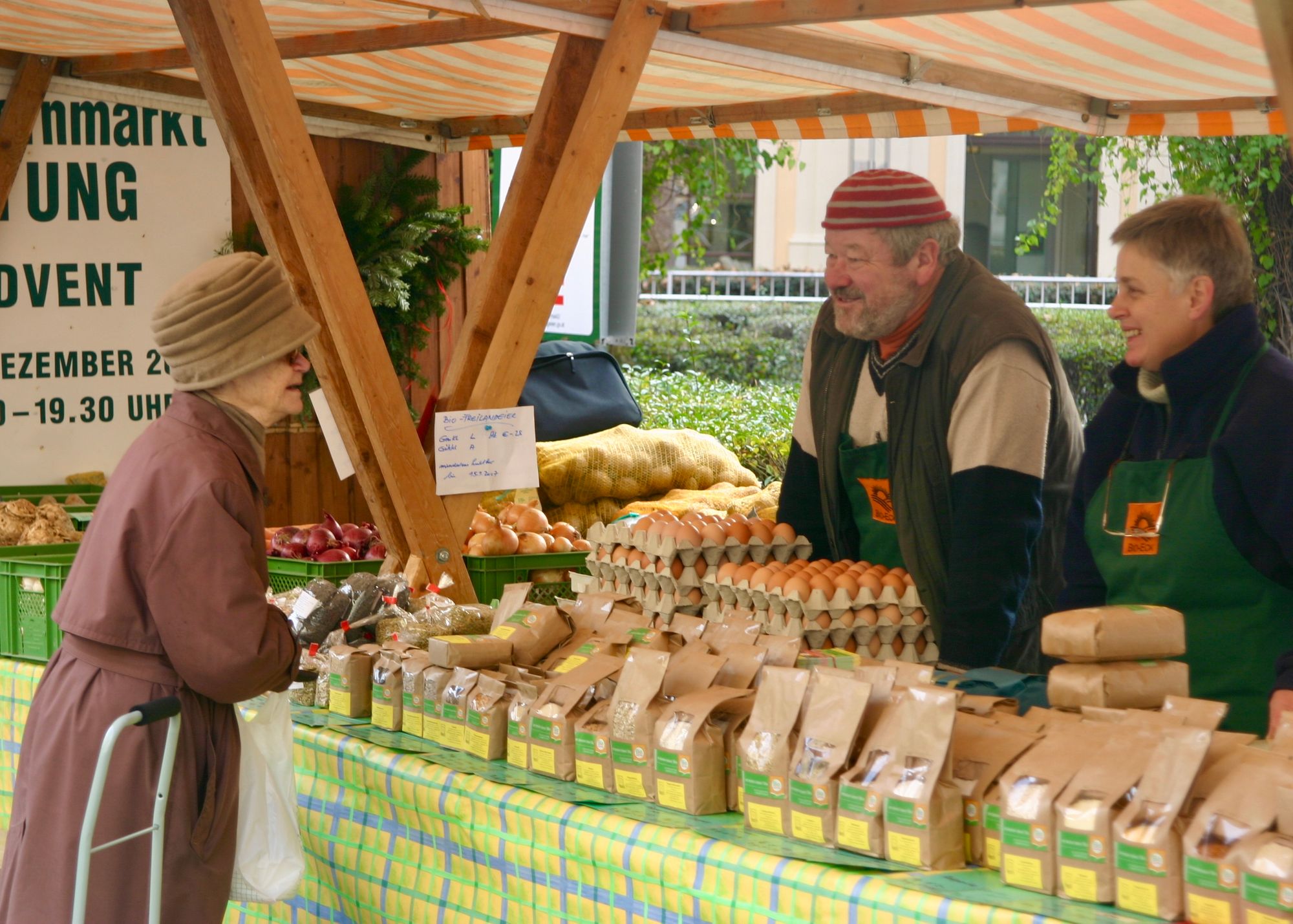
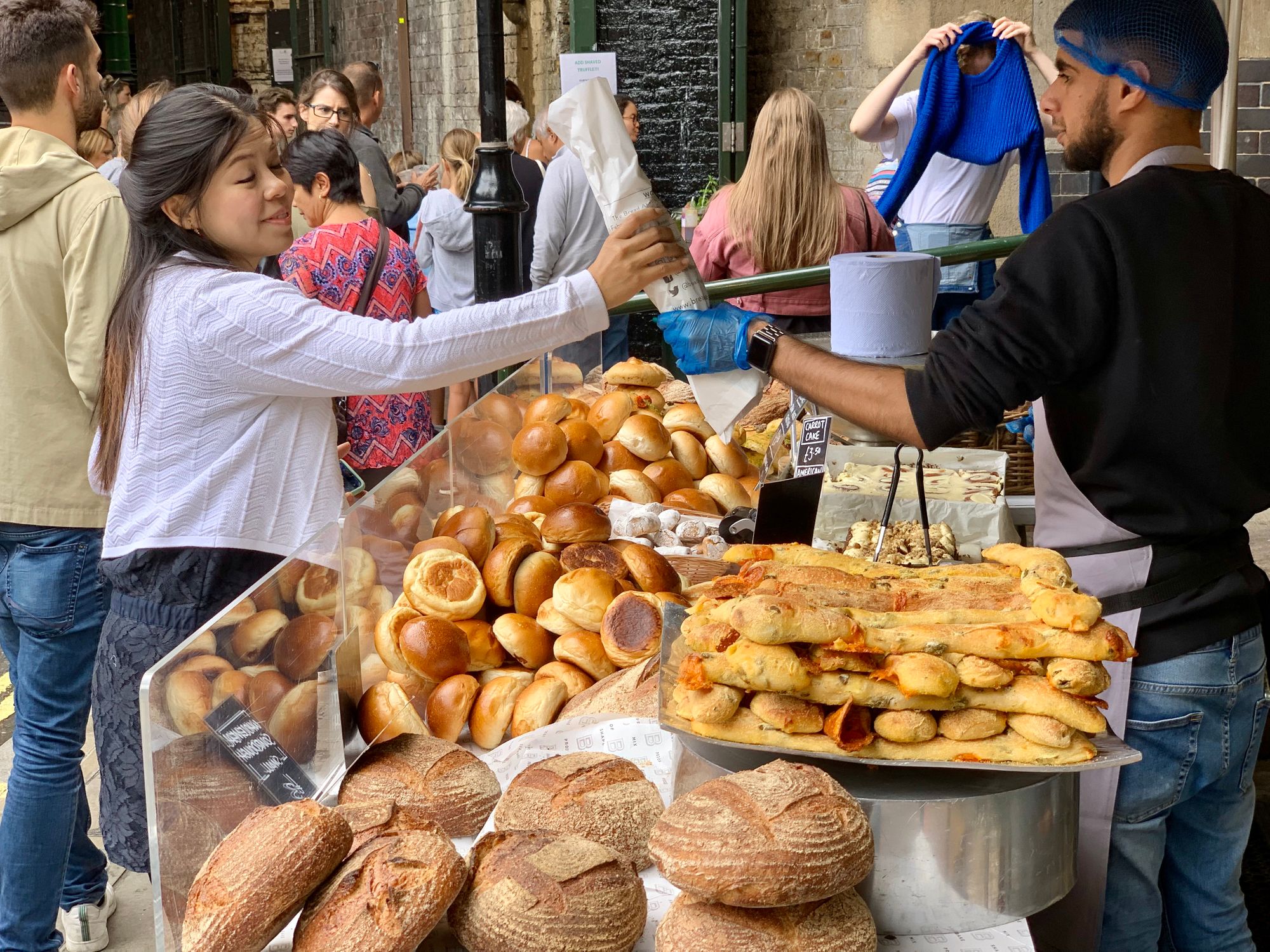
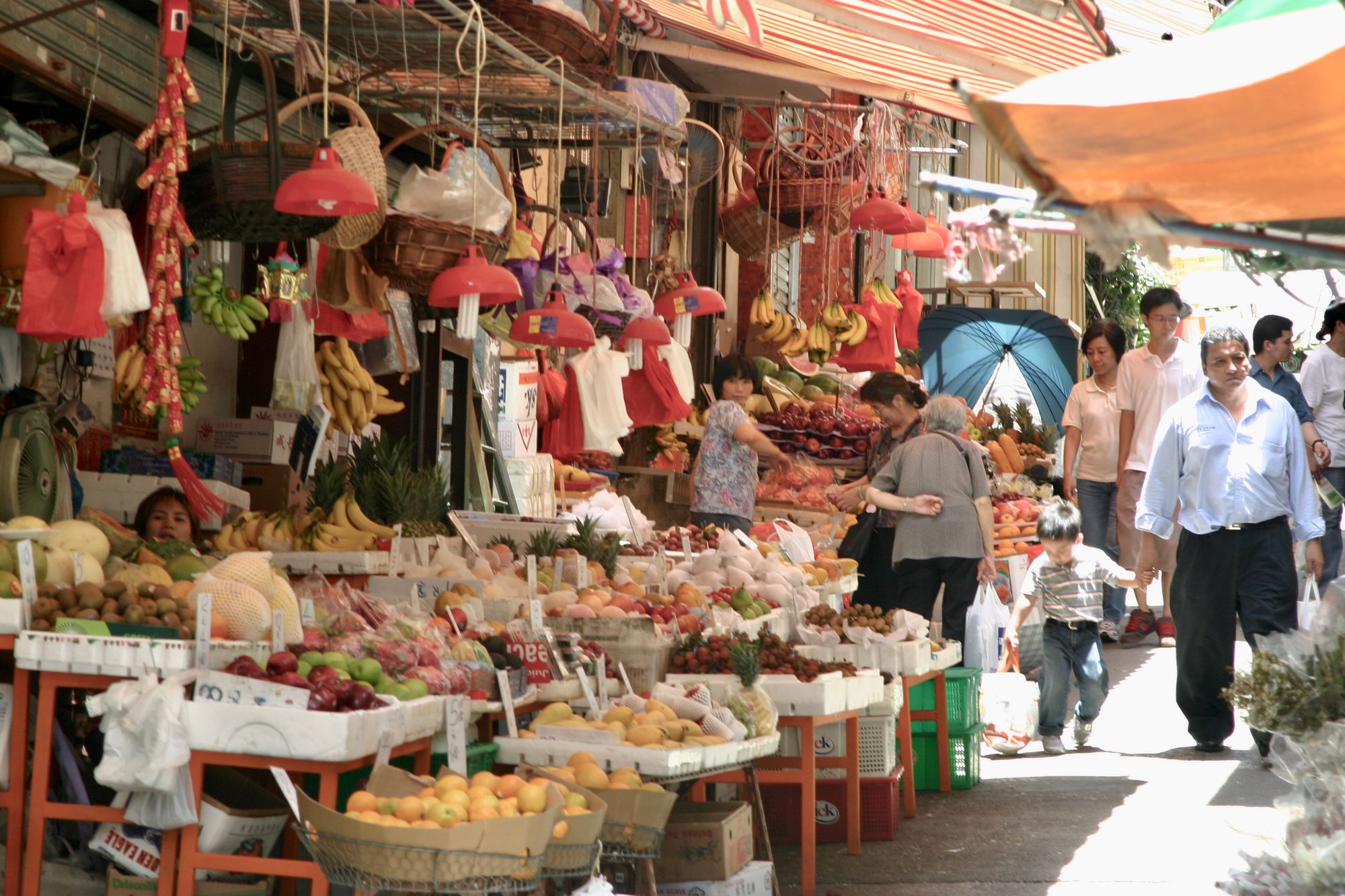
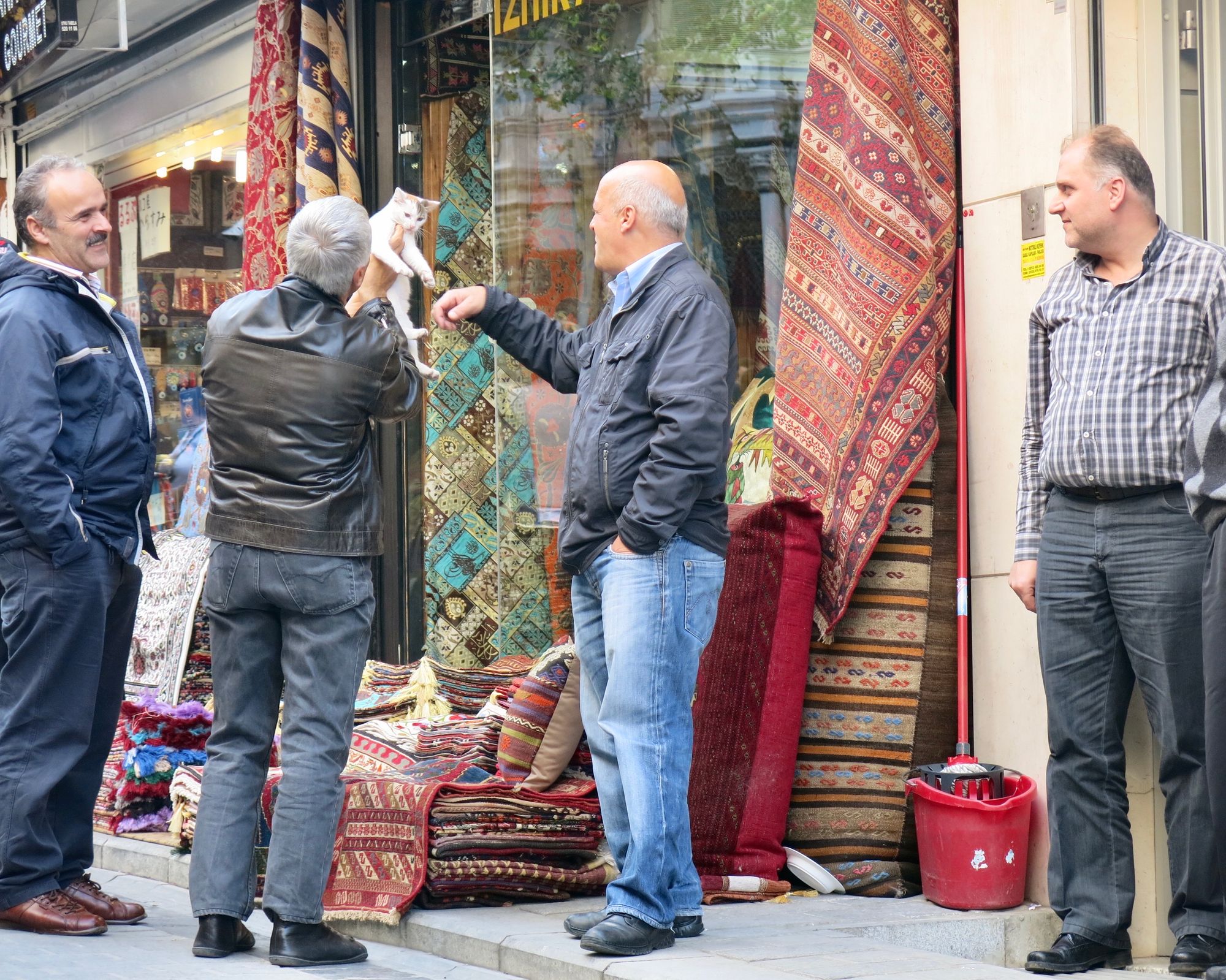
Hong Kong, Buenos Aires, Vienna, and Istanbul, are examples of historic markets that have thrived for more than a century with continuing ongoing great success. The growth of local markets globally is happening quietly around the world
Related Articles:
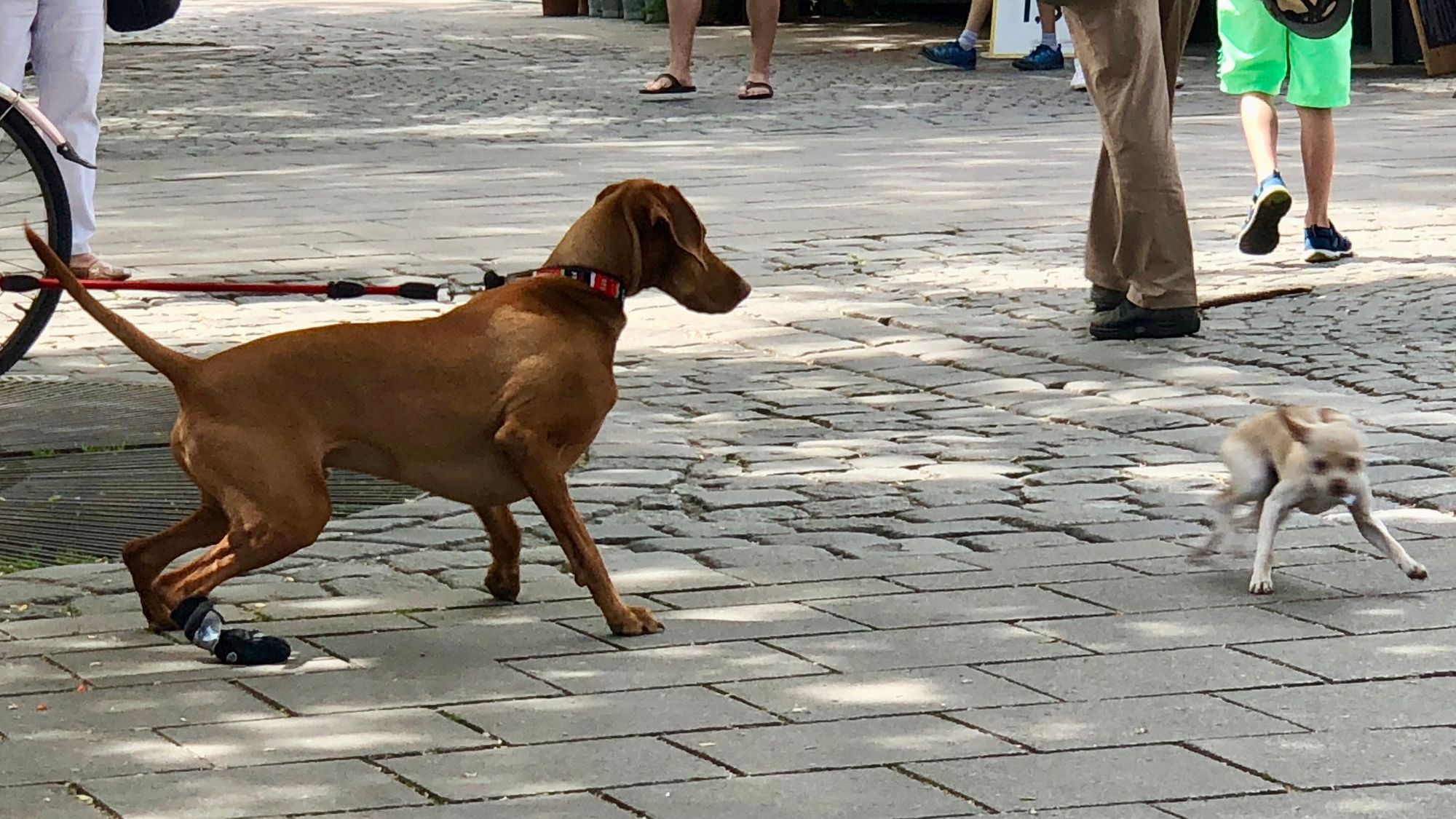
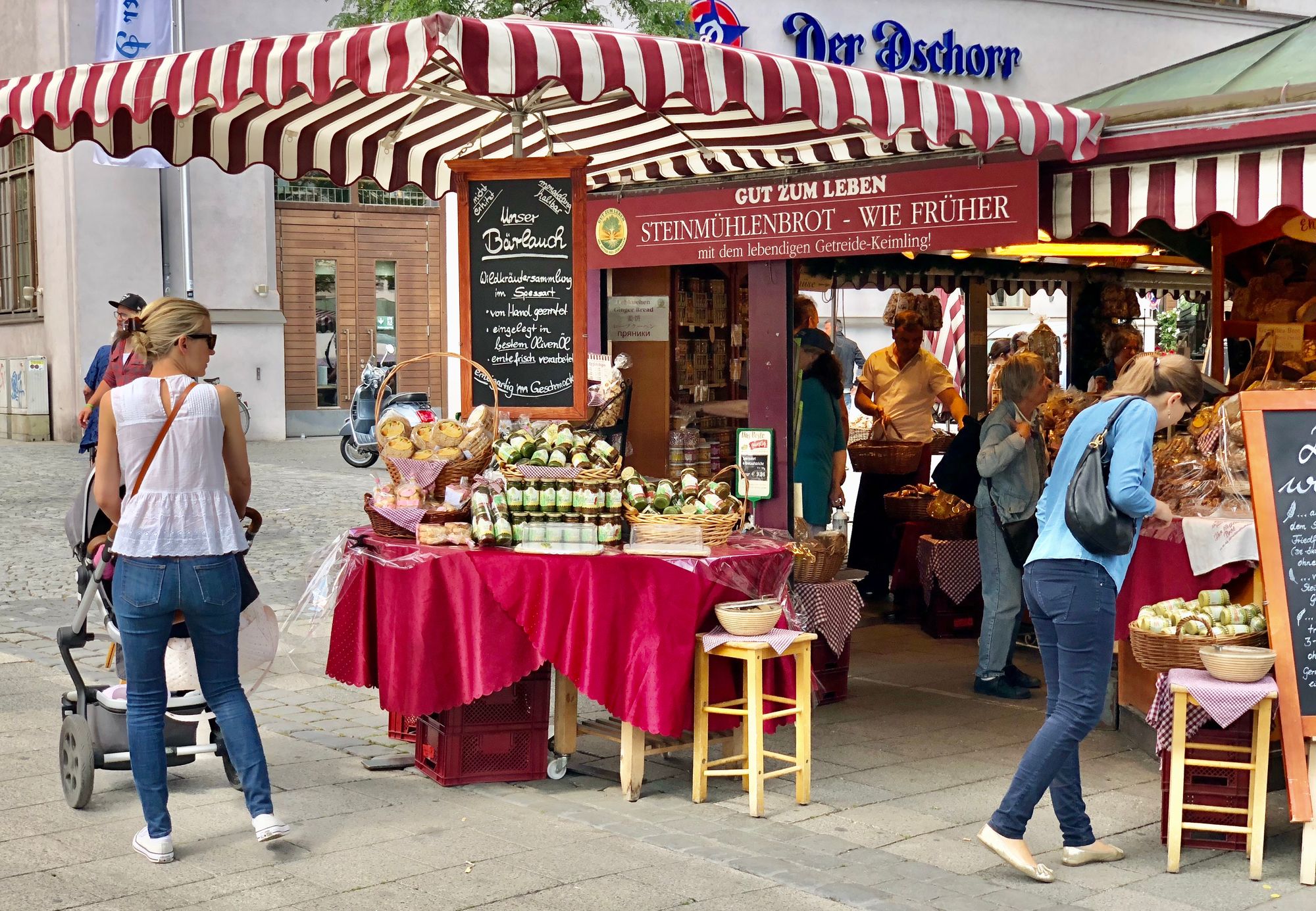
3. Starting with Sidewalks is the Key to Creating the Streets We Want
"If you plan your community around cars and traffic, you will get more cars and traffic...It you plan your communities around people and places, you will get more people and places."
The new emphasis on social life, starting with the sidewalks and streets as lively places that promote connection, commerce, and conviviality, is one of the most impactful actions we can take for greater environmental good. Focusing on sidewalks means flipping the transportation agenda: the result is the realization that every road can be redesigned to create a more safe, socially connected, and sustainable environment. At a global level, the ripple effect of starting with sidewalks and social life is a paradigm shift of epic proportions. Repurposing space for people in intersections, street corners, and entire city blocks brings more social and local economic life to communities, which in turn significantly reduces city-wide emissions and the urban heat island effect, encourages alternate means of transportation including biking, and makes space for outdoor seating, a streetside cafe presence, handicap-accessible intersections, and green space.
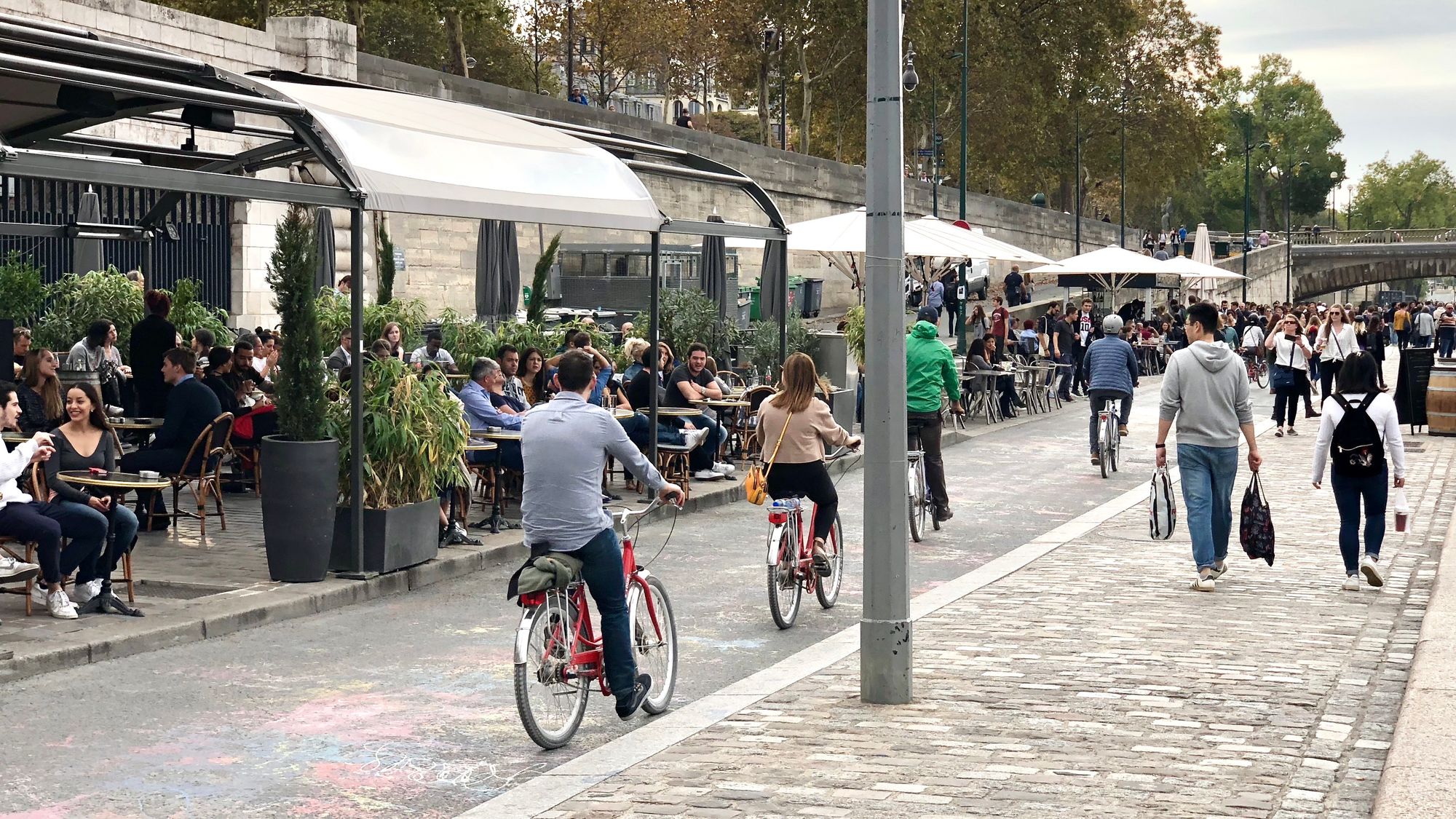
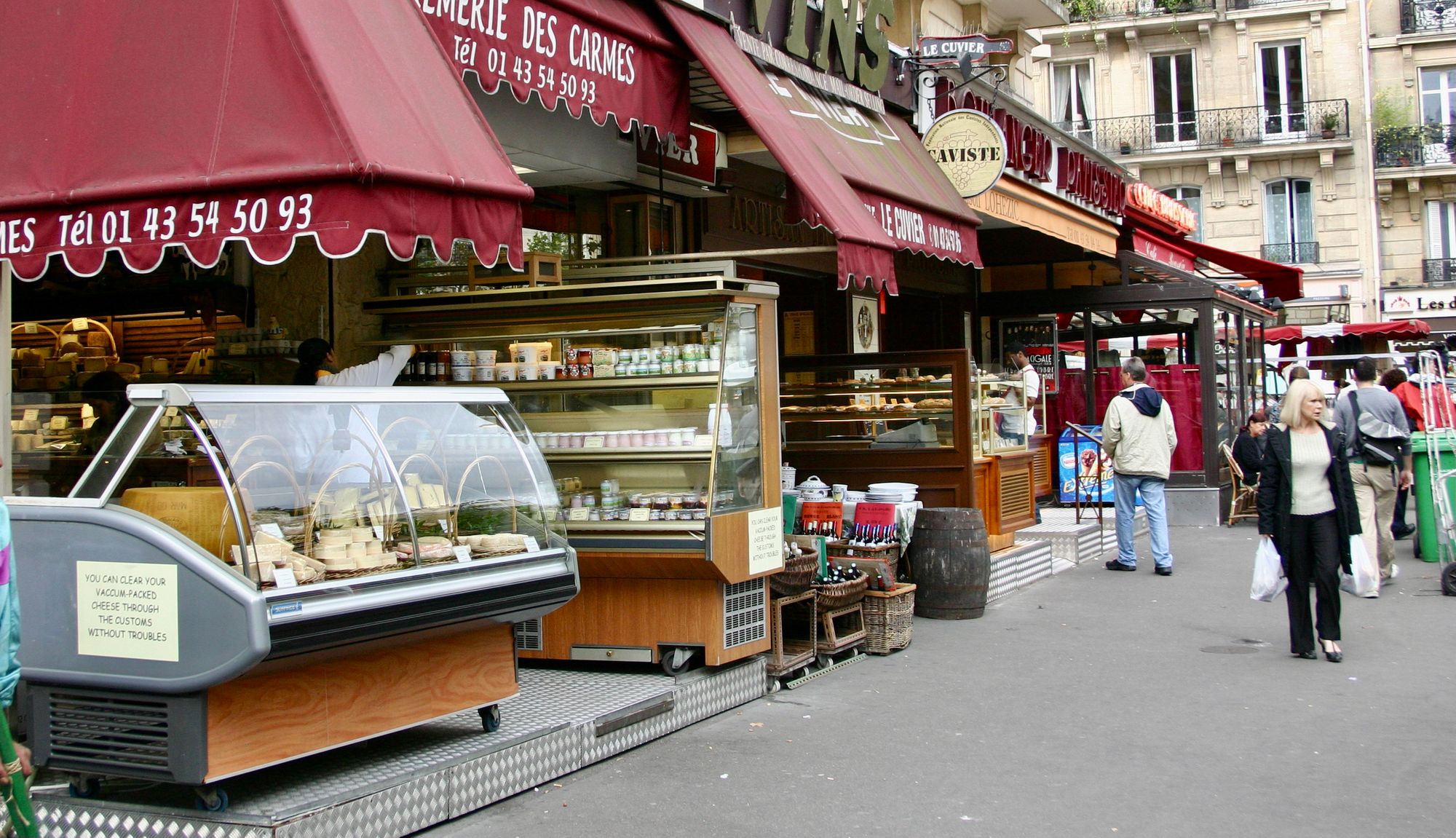
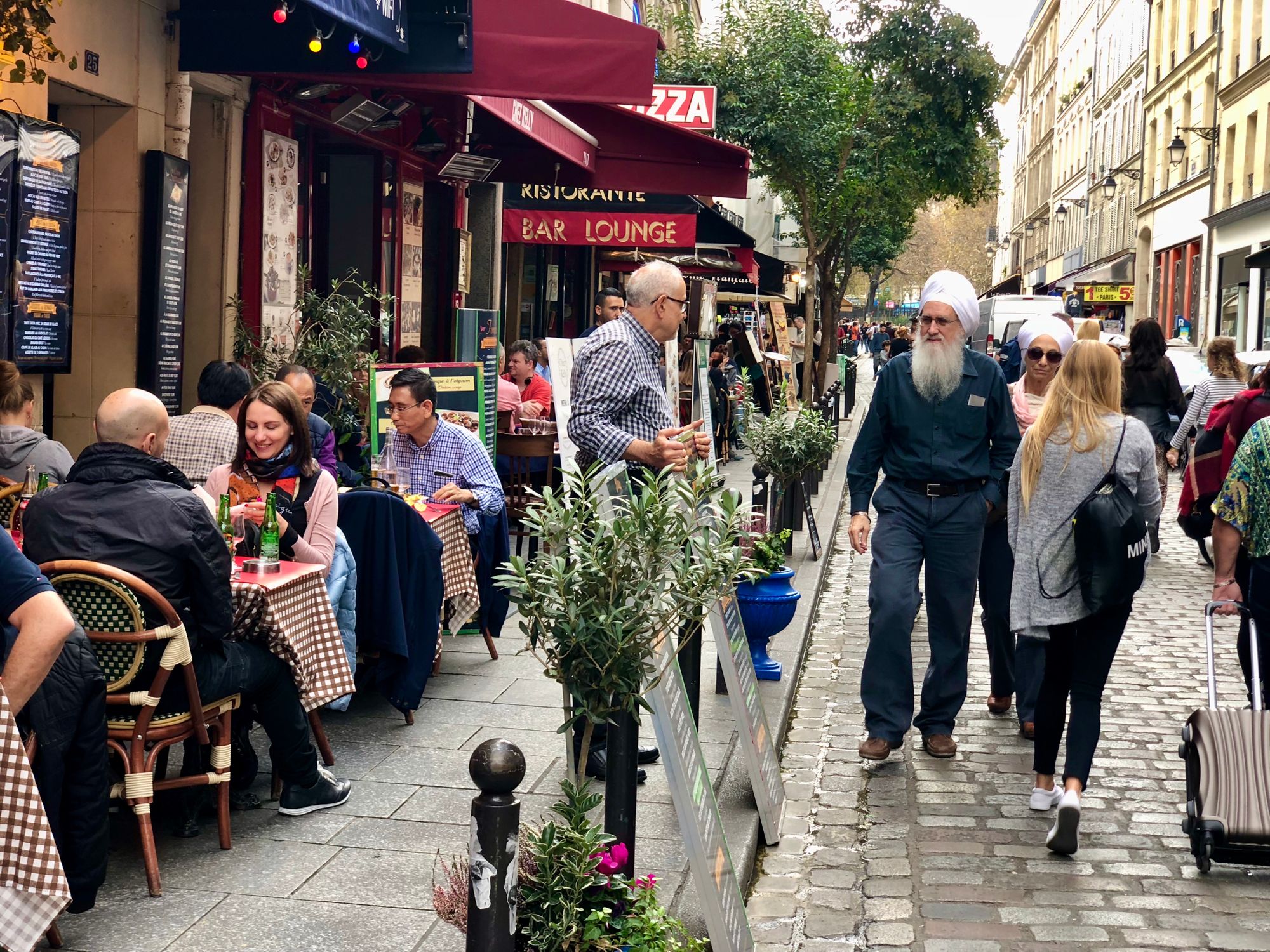
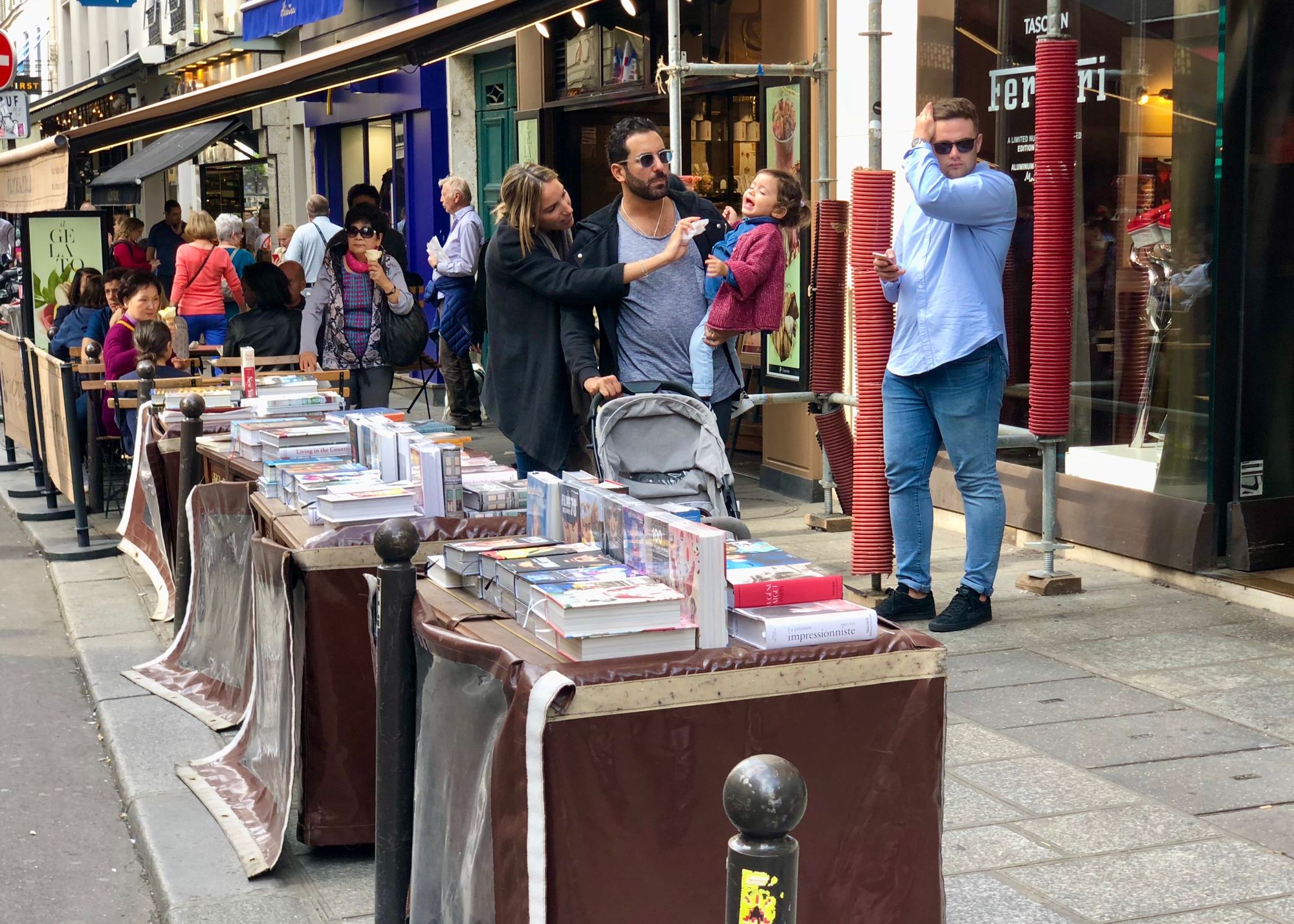
Paris is acity defined by sidewalkswhere all sorts of social activities draw people morning, noon, and night. It's the sidewalks where you shop or sit and observe in a cafe that makes the experience--which offers a superb model for other cities and towns to adopt the same destination-driven approach to streets for people, not for cars.
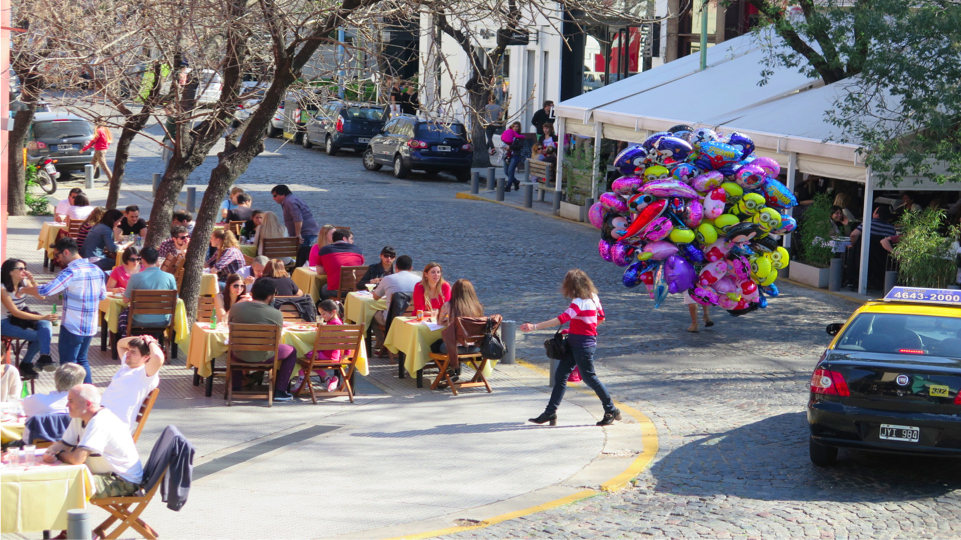
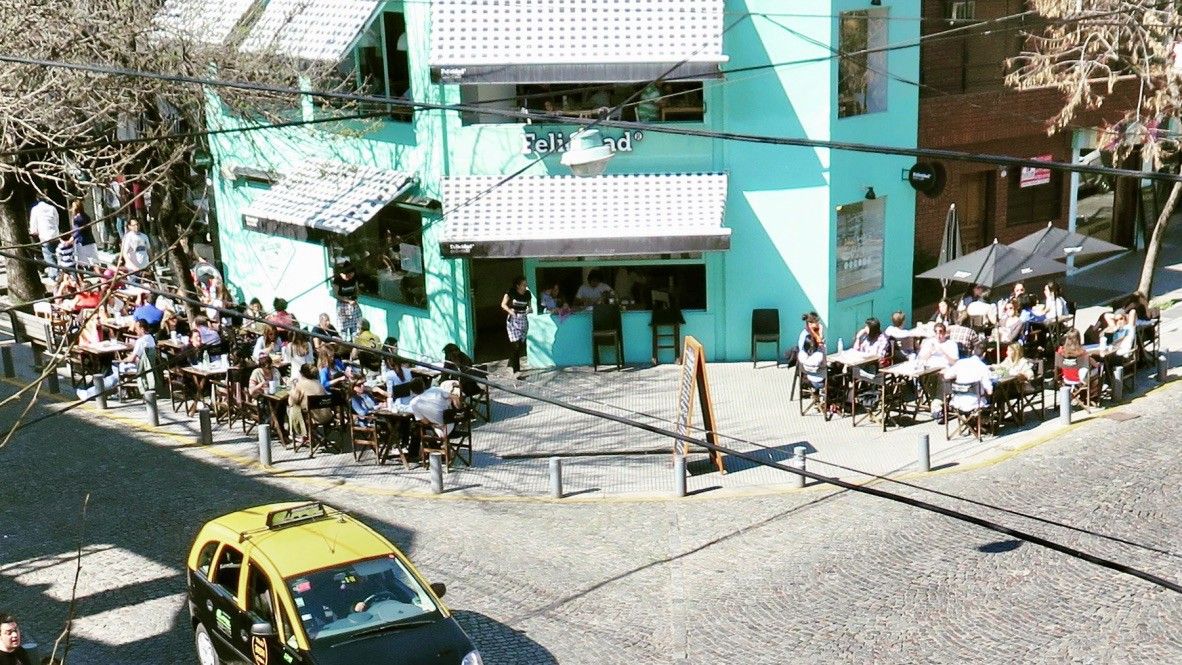
Who owns the intersection? Is it defined by cars and traffic or is it a distinct part of the neighborhood. Buenos Aires show how impactful an intersection defining a community can create a welcome alternative.
Related Articles:
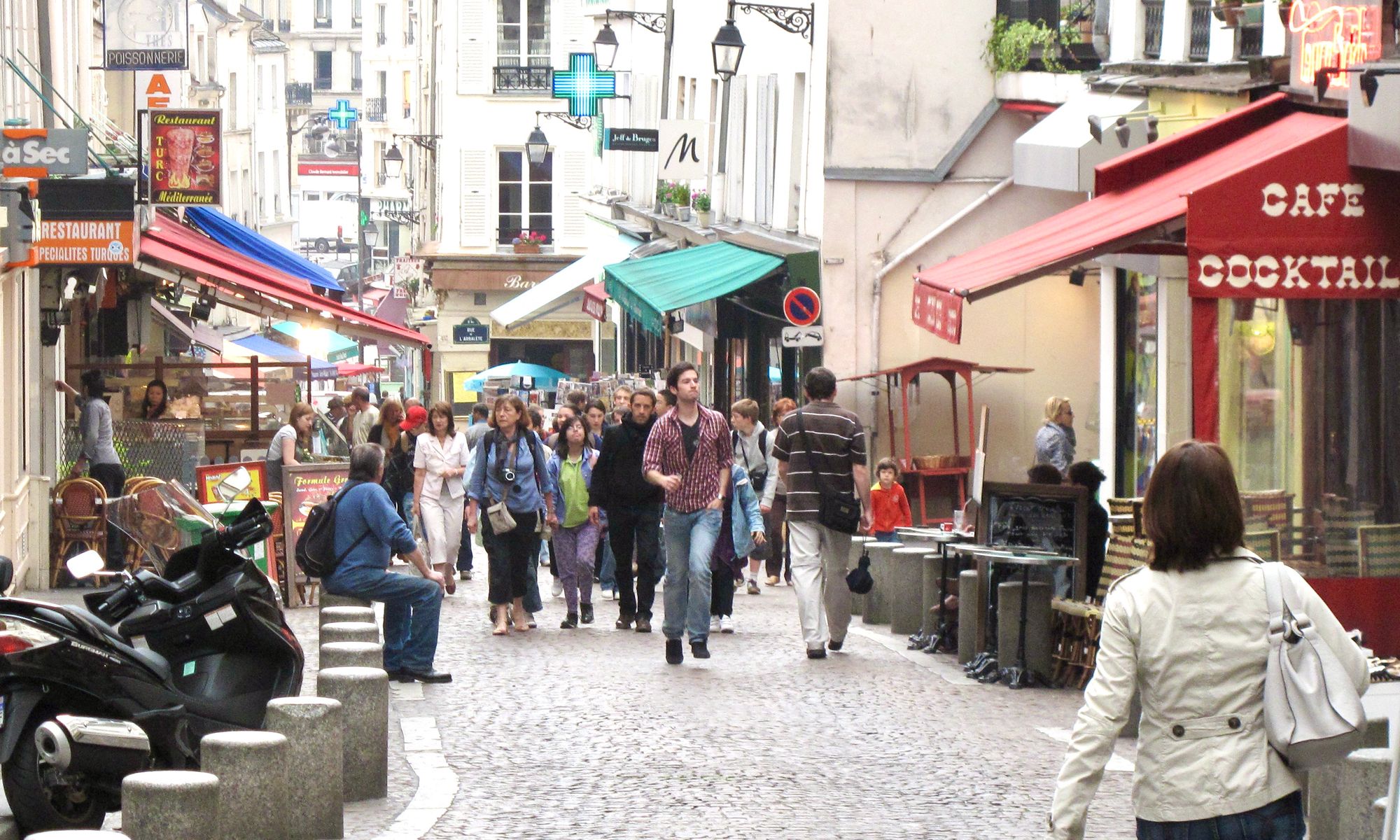
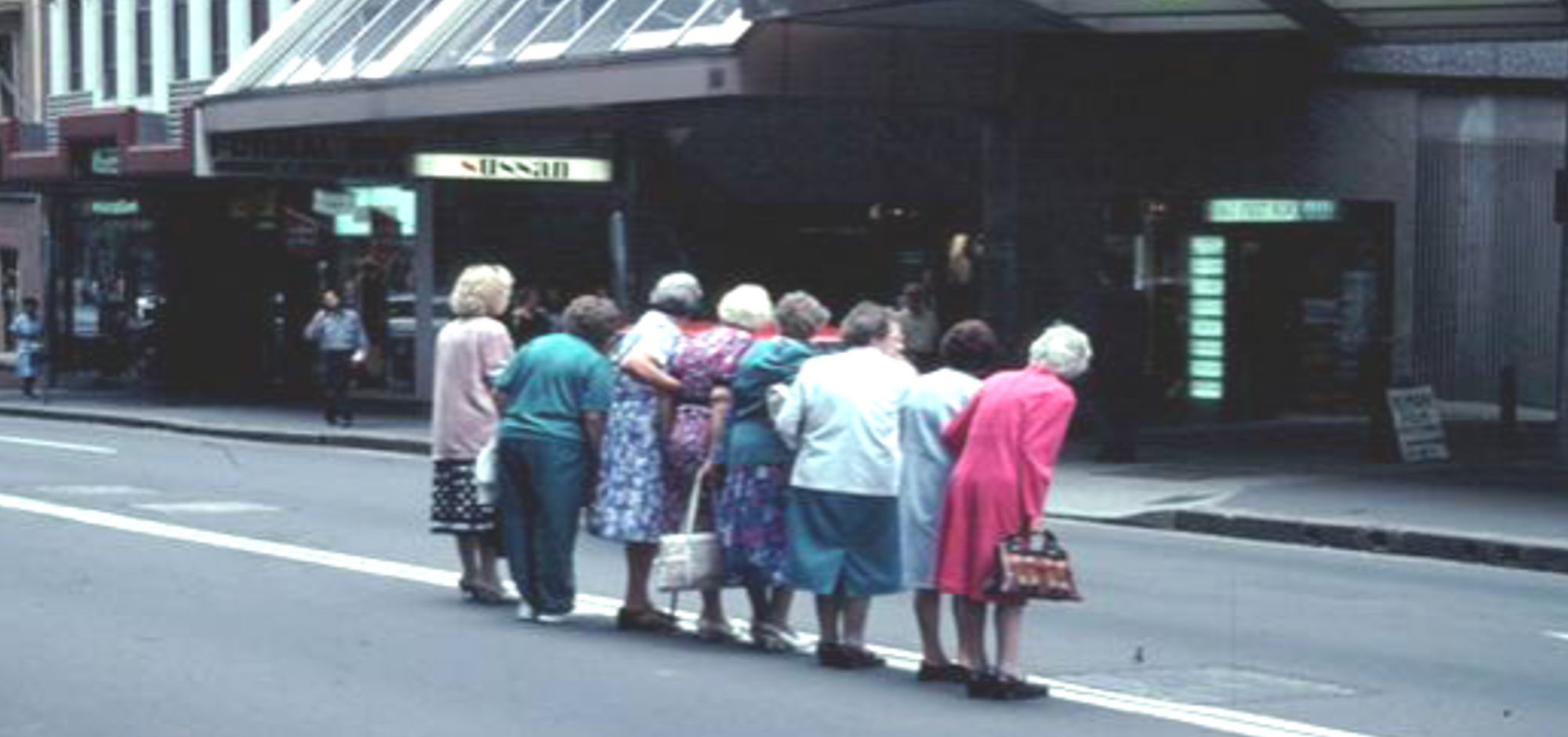
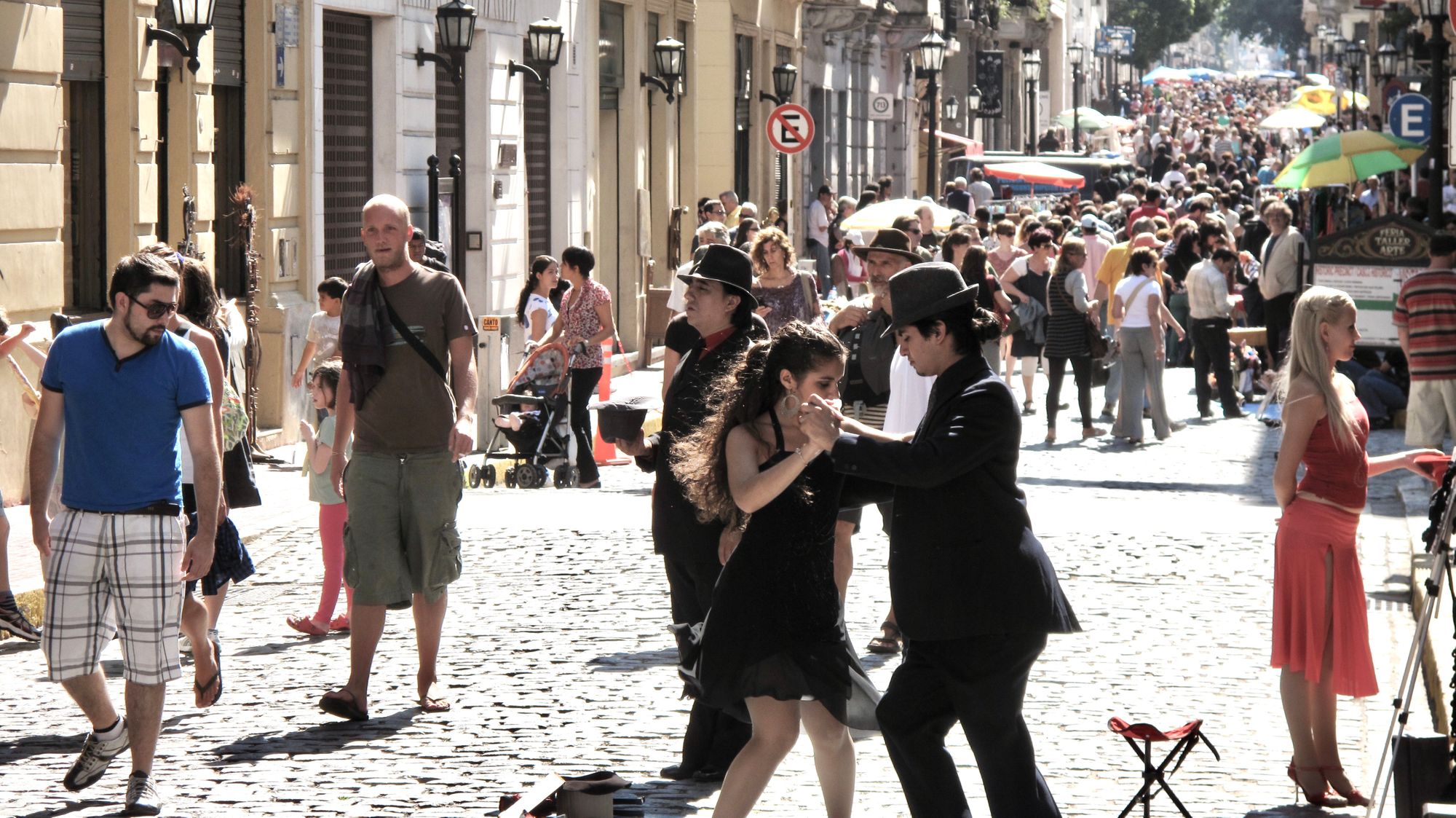
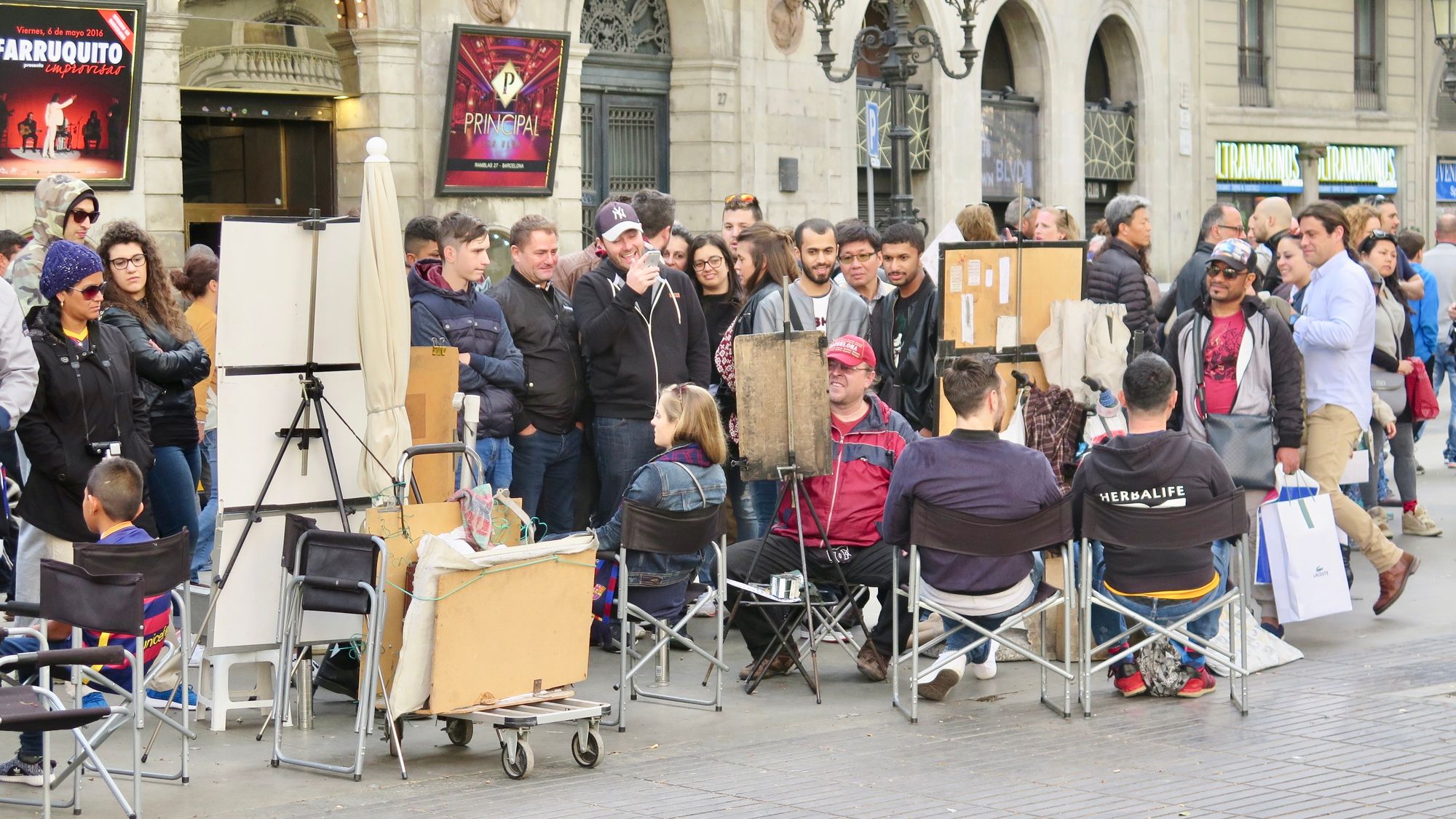
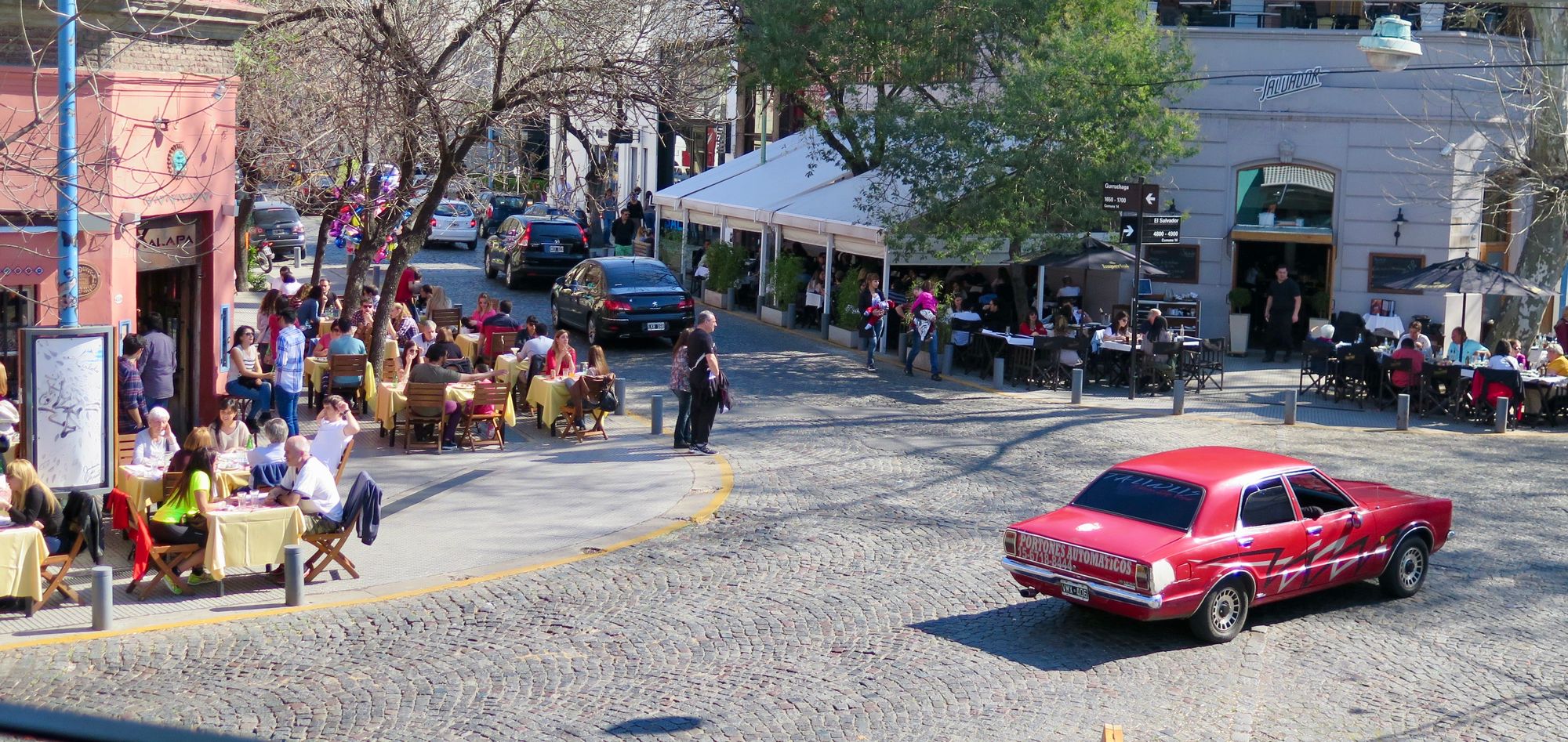
4. Turning Buildings Inside Out: Architecture of Place
Rather than creating settings that look good in a skyline photo but are inhospitable, energy-inefficient, and impractical in real life, the talents of designers can be better used to design places where communities come together to be more inclusive, equitable, healthy, and sustainable. The 15-minute city is a perfect example of how this can be done, fostering a vivid social life in the spaces between and around buildings through placemaking and programming--bonus points if the buildings themselves adhere to green building standards. Coupling climate issues with the post-pandemic era in which we are rethinking work-live-play places, good architecture of place can blur the lines between indoor and outdoor life, encouraging more walkable, beautiful destinations with minimal environmental impact.
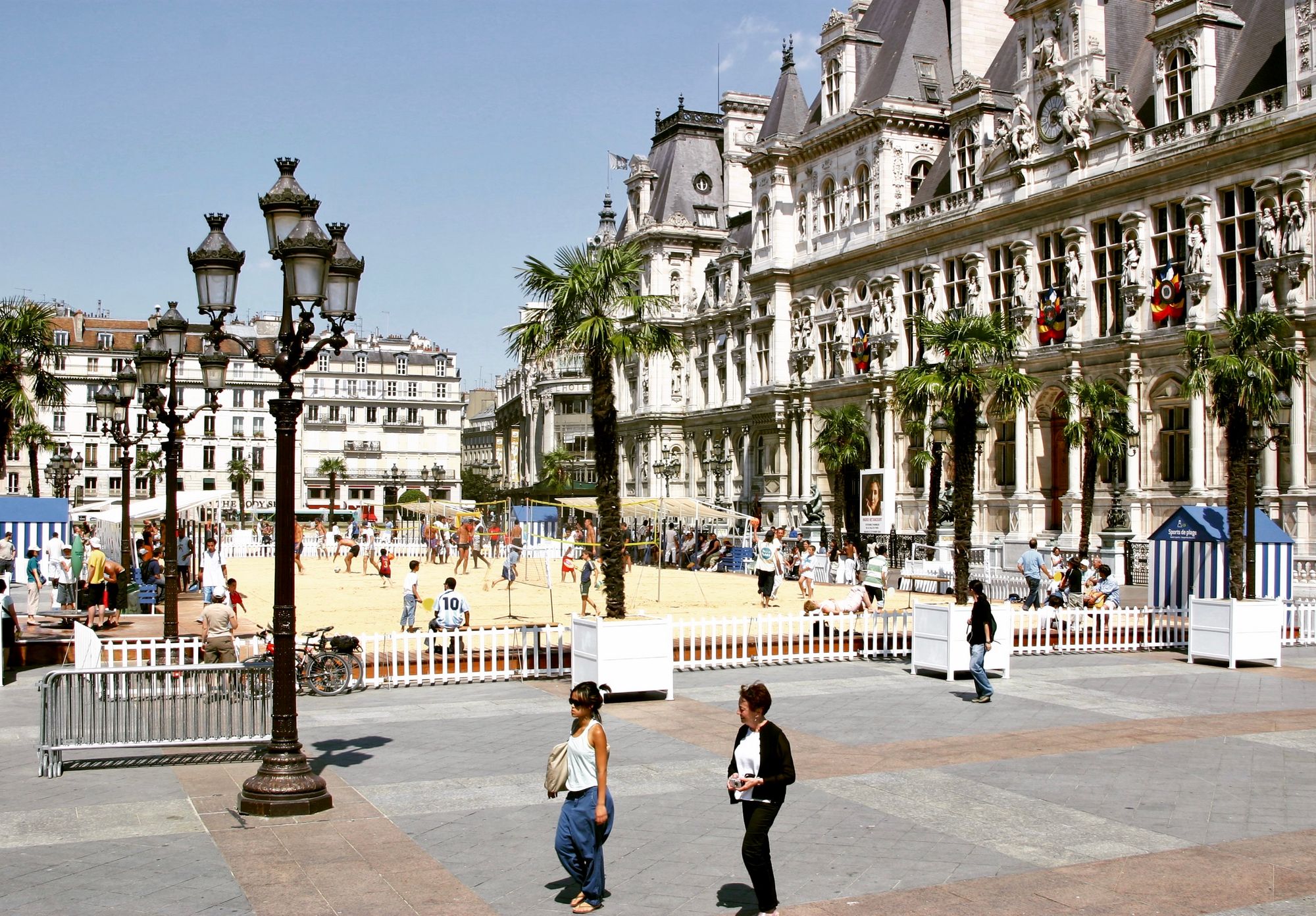
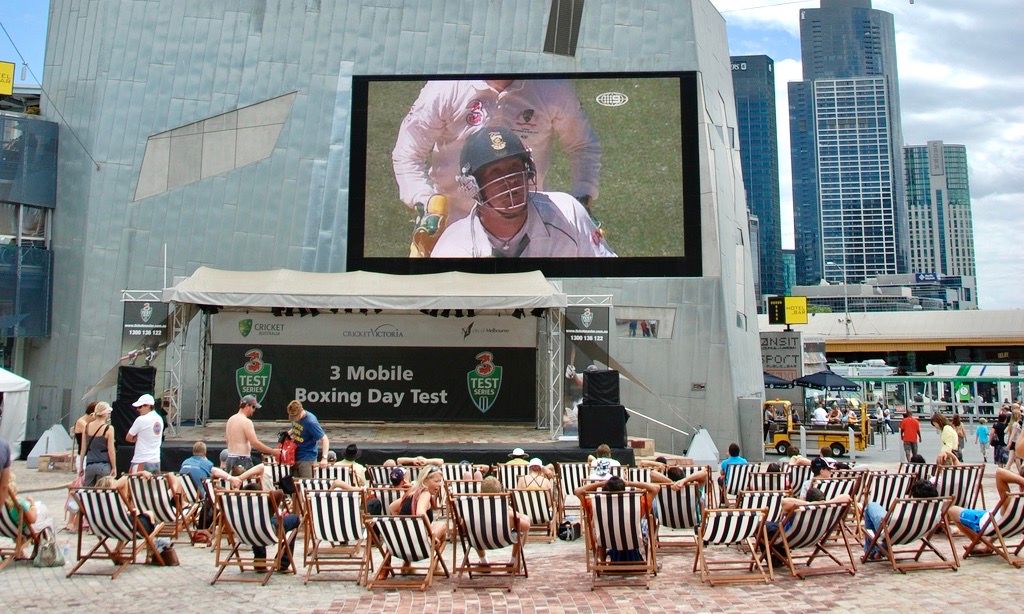
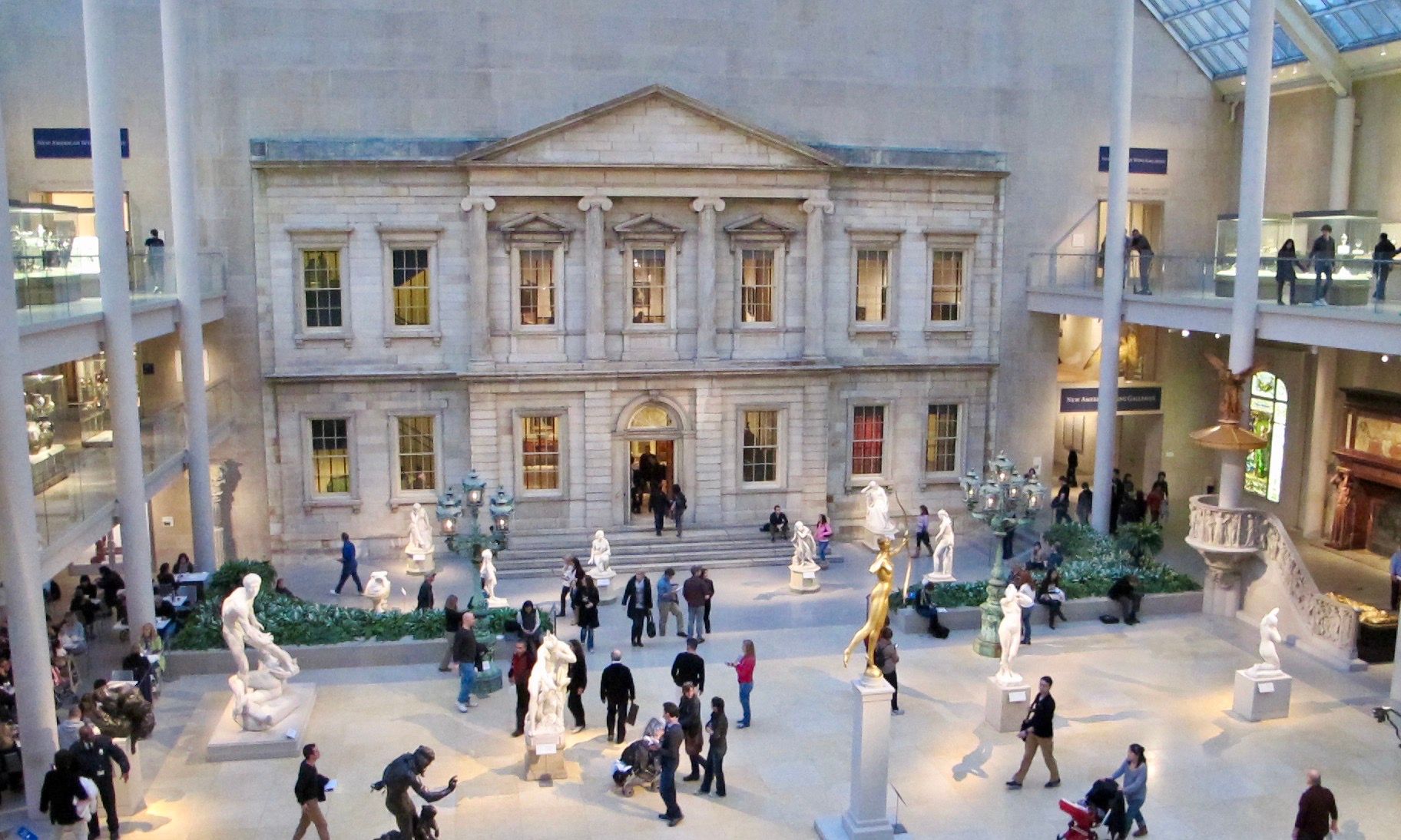
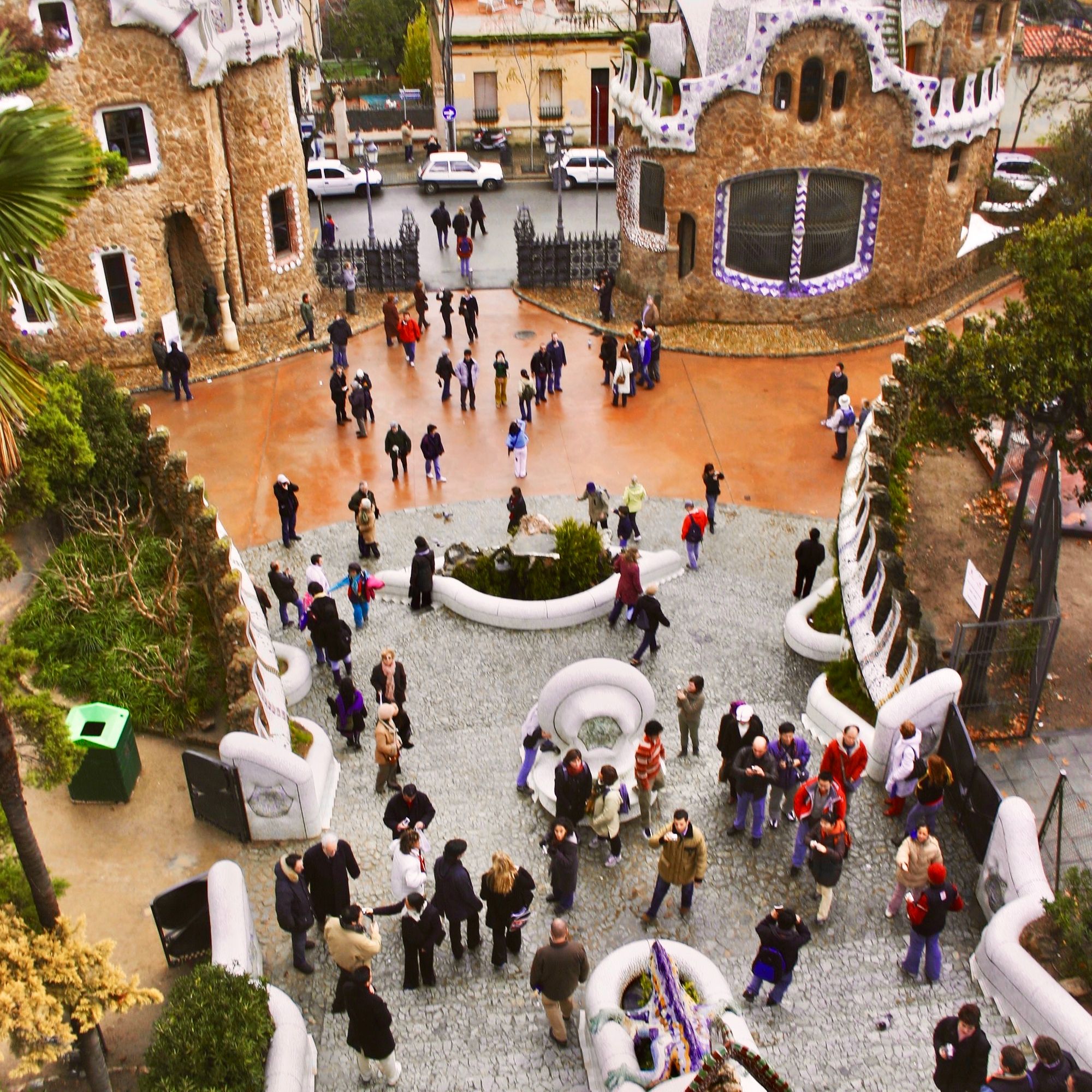
Public Buildings like the Hotel de Ville (City Hall) in Paris (top row, left) use their forecourt as a way of showcasing the special activities that go on throughout the city. Sand was trucked in here to create volley ball courts, publicizing the city's annual summer pop-up beach "Paris Plage" on the riverfront. Melbourne's Federation Square (top row, right) is the epicenter of public events and sport tournaments. In Barcelona, the entrance piazza to Gaudi's Parc Guell (lower right) is the gateway to one of the great park experiences in the world. In a twist, the "porch" at New York's Metropolitan Museum actually brings the "outside in" with an indoor space used for special events and socializing.
Inside Out: Sidewalk Uses Bring the Streets Alive
Throughout the world, outdoor cafes and displays draw more people walking, watching, socializing, supporting local community life, and adding to the financial well-being of local businesses, all of which place power back in the hands of local residents. Retail, restaurants and cafes are migrating outside, creating an architecture of "outdoor rooms" to engage passerby to stop and stay awhile. Note how in the examples below these streets exclusively accommodate pedestrians, which as we’ve described is the number one way to connect placemaking to positive climate action.
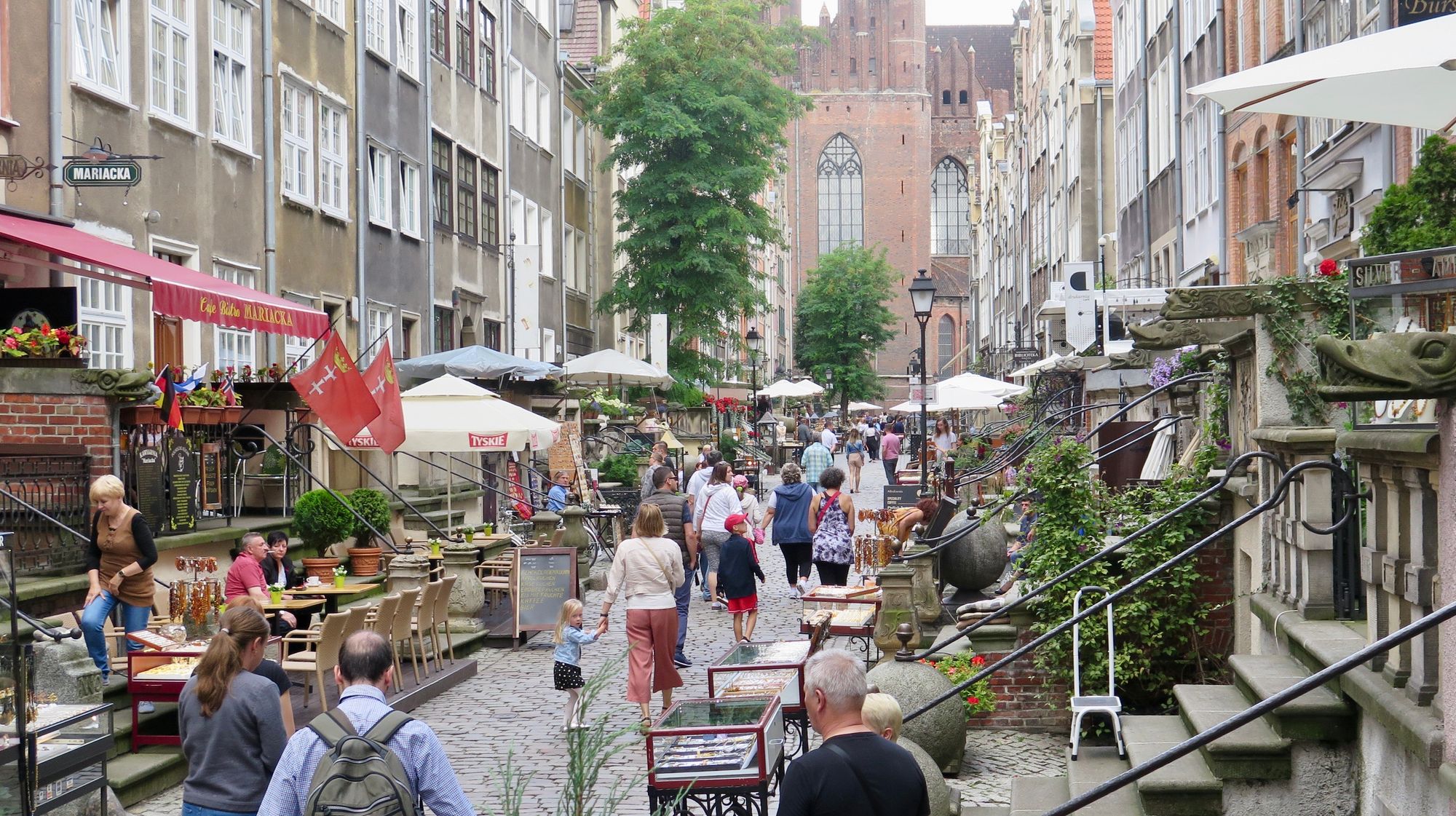
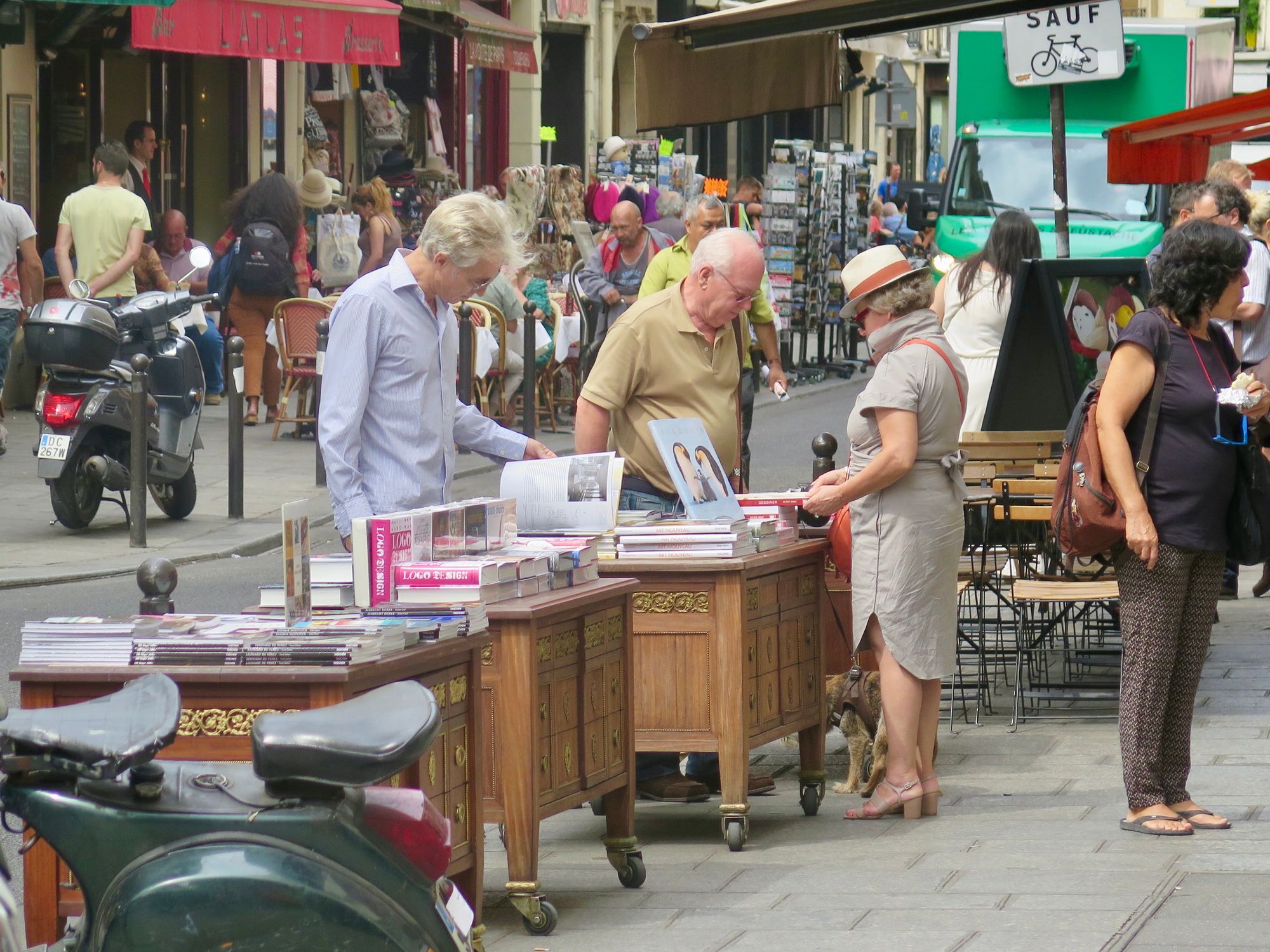
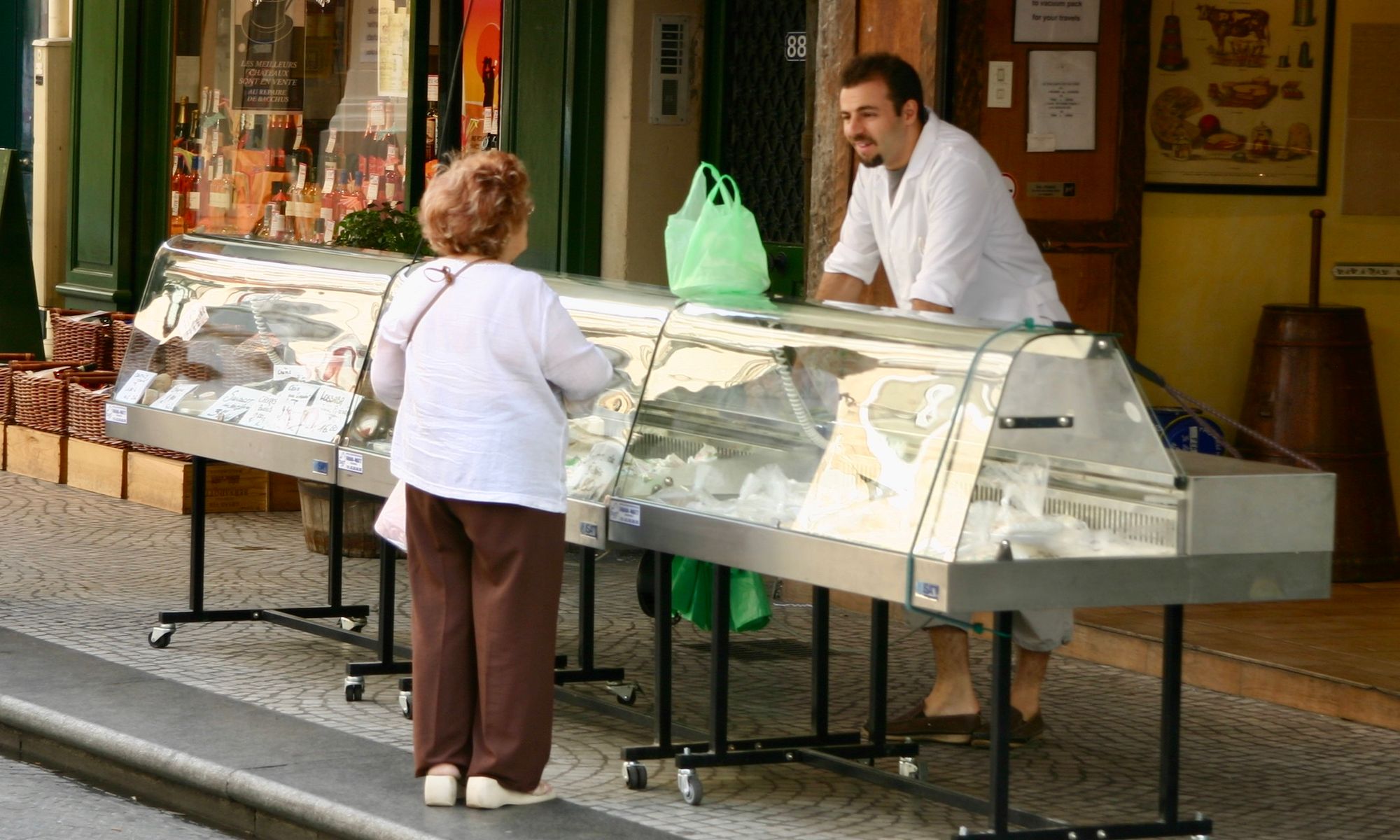
Related Article:
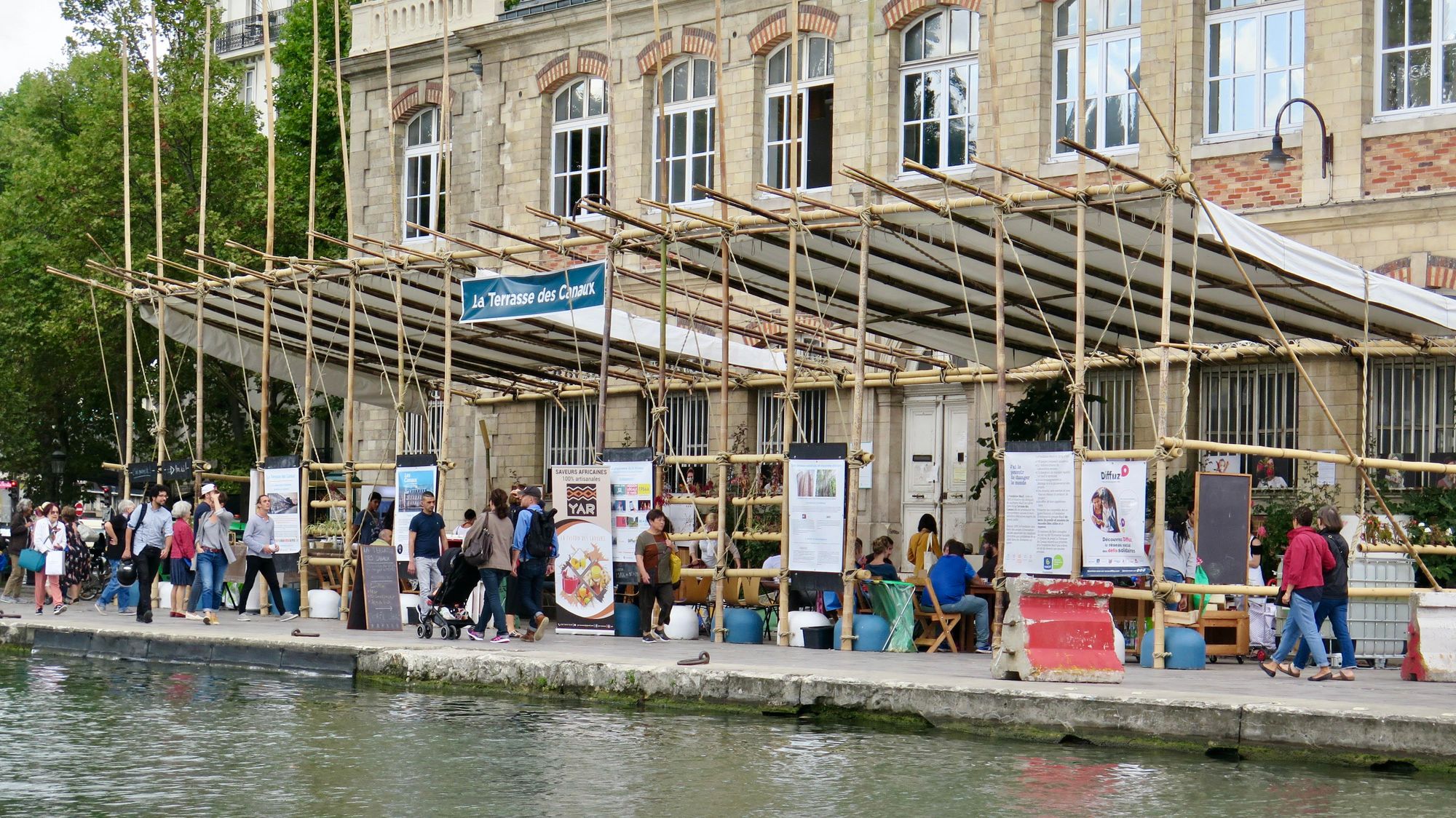
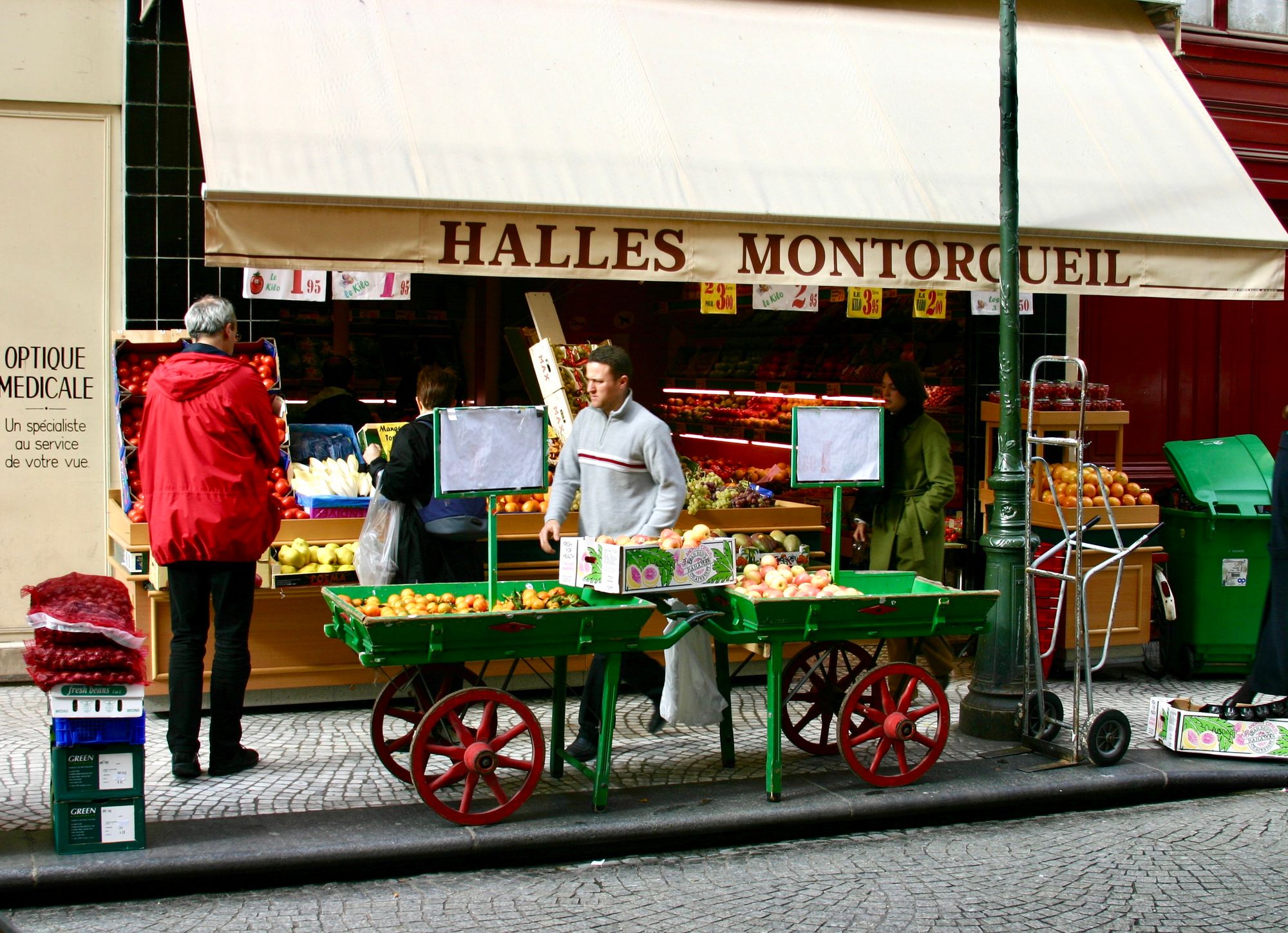
5. The Resurgence of Urban Districts
Placemaking has always promoted the Power of 10, the idea that places thrive when users have a range of reasons (10+) to be there. Urban districts and community hubs are emblematic of just how powerful the Power of 10 can be, both for reinvigorated social life and for environmental benefits. Multimodal hubs exemplify a walkable concentration of destinations brought to life with thoughtful, community-driven placemaking that is attractive and fun for people. We propose that the community that best mitigates climate change is a community of hubs: college campuses, entertainment zones, hospital complexes, neighborhood commercial centers and large-scale developments such as innovation districts that complement rather than compete with traditional city centers by providing an alternative to auto-centric, impersonal downtowns.
Granville Island: An example of an Urban Hub focusing on social life. It is a global benchmark
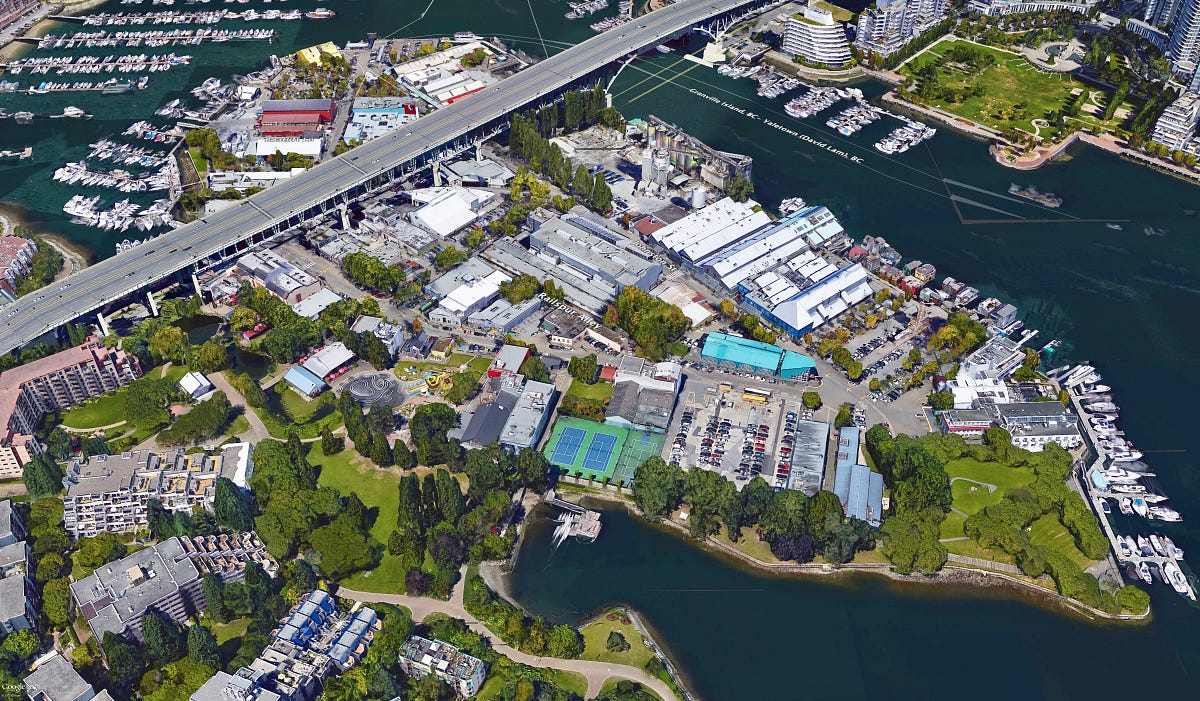
Granville Island offers one of the best destinations in the world. A city needs multiple destinations to support and draw visitors both local and beyond. Instead of Power of 10, one could say that Granville Island has the Power of 50. Crucially, it's all walkable and human-scaled. There is something to do for everyone, showing how this scale of development can be desirable and fun for all, while minimizing environmental impact at the same time.
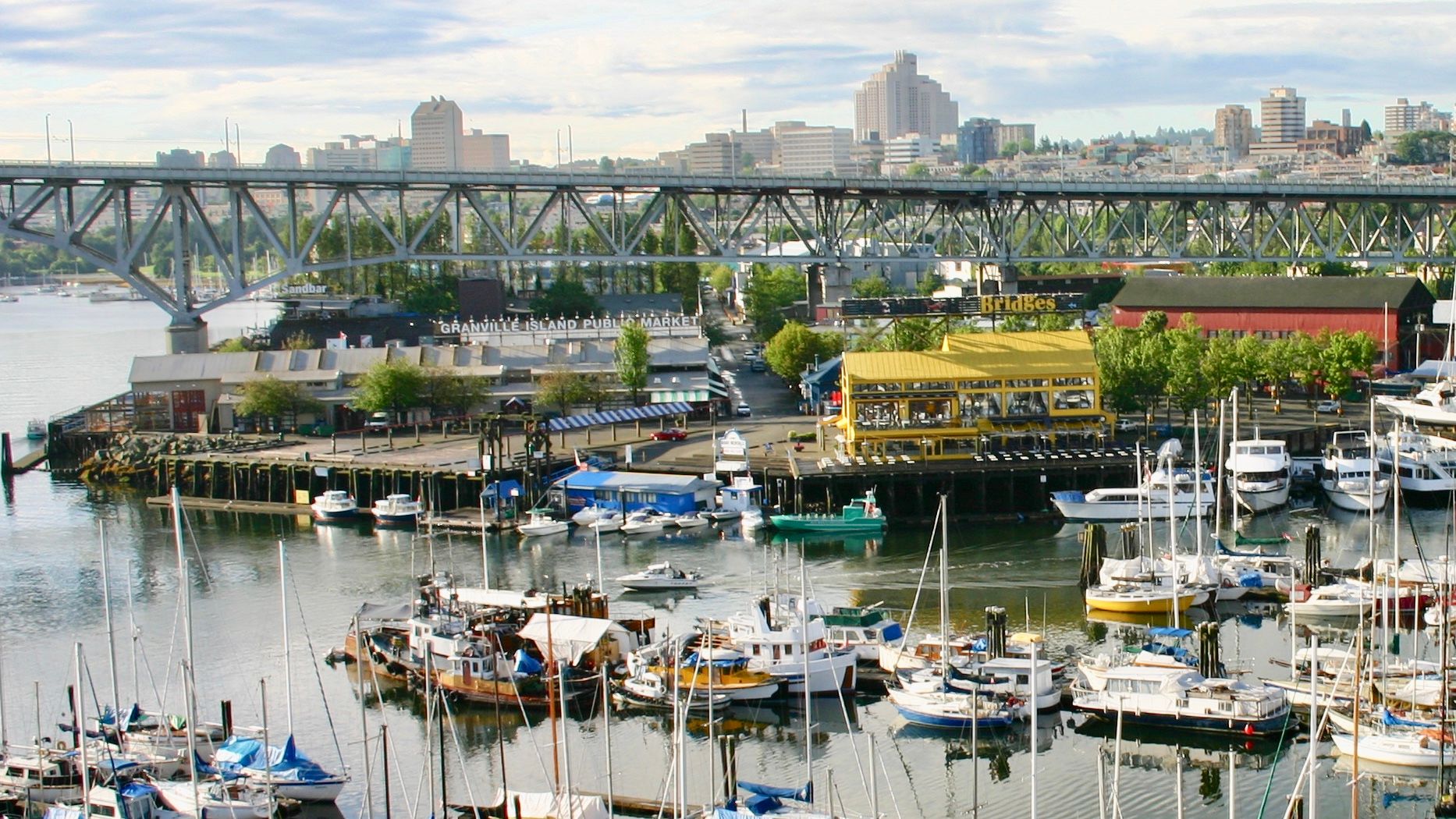
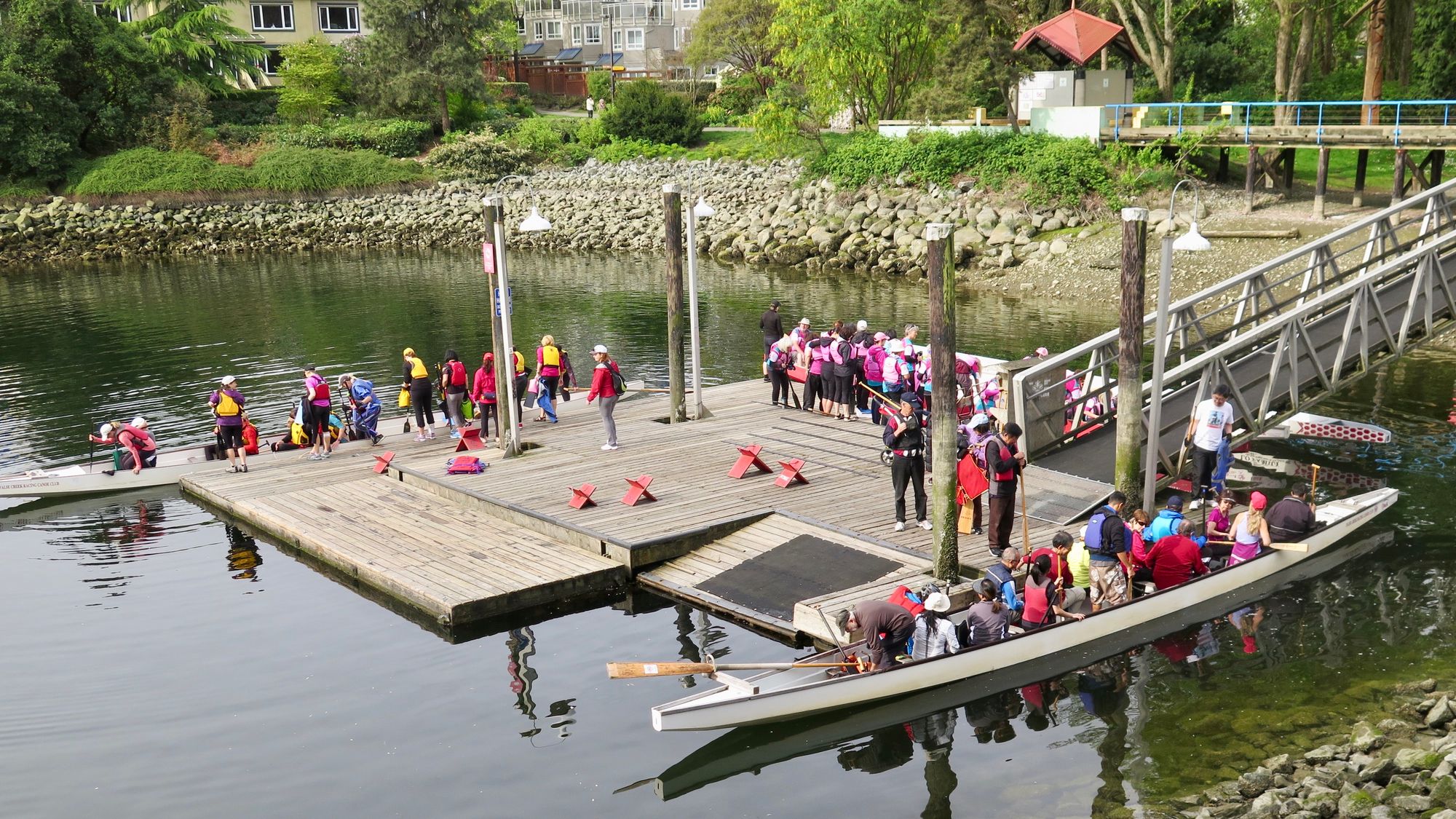
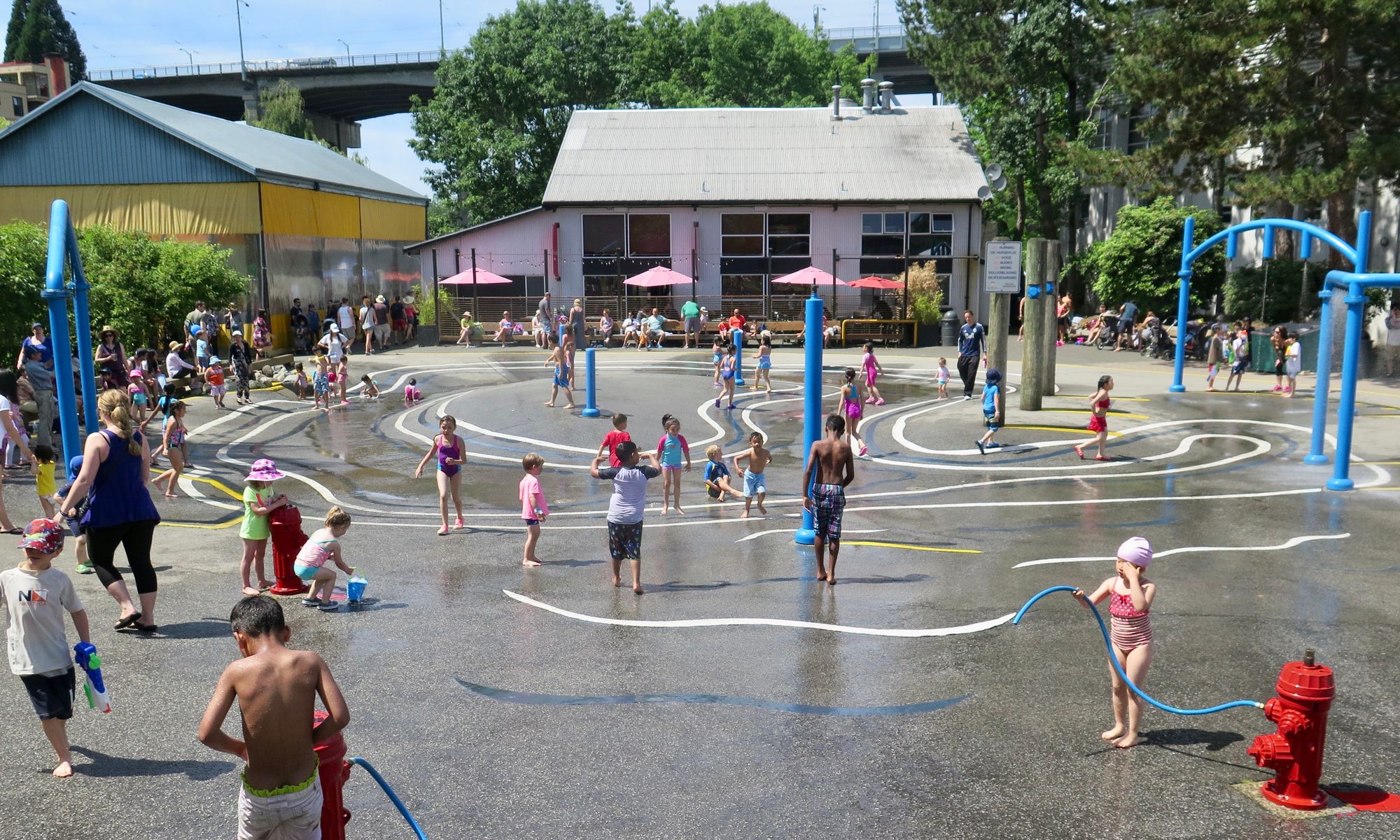
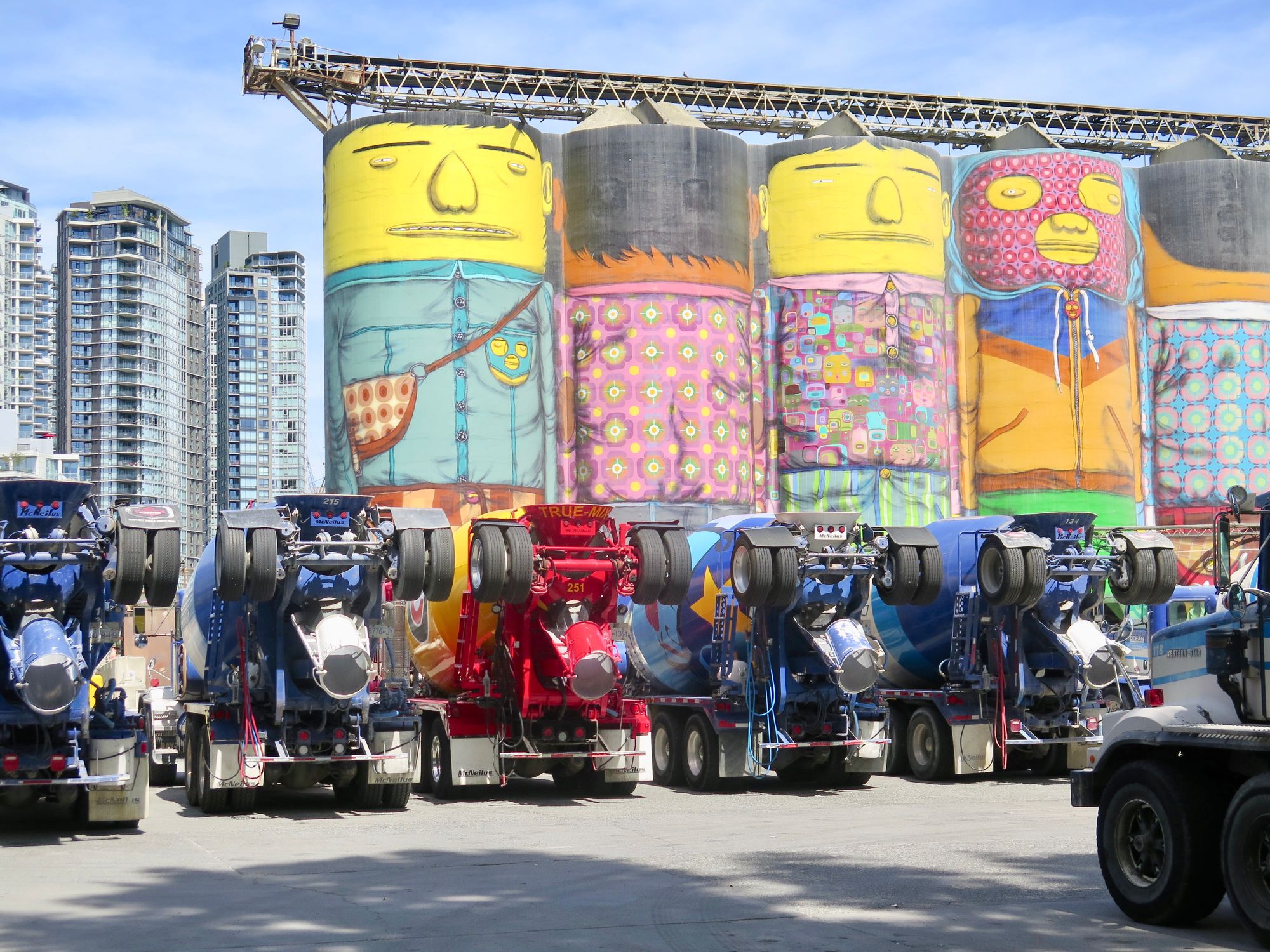
Other Global Hubs
Pike Place market in Seattle, Balboa Park in San Diego, Tivoli Gardens in Copenhagen are other world class multi-use destinations.
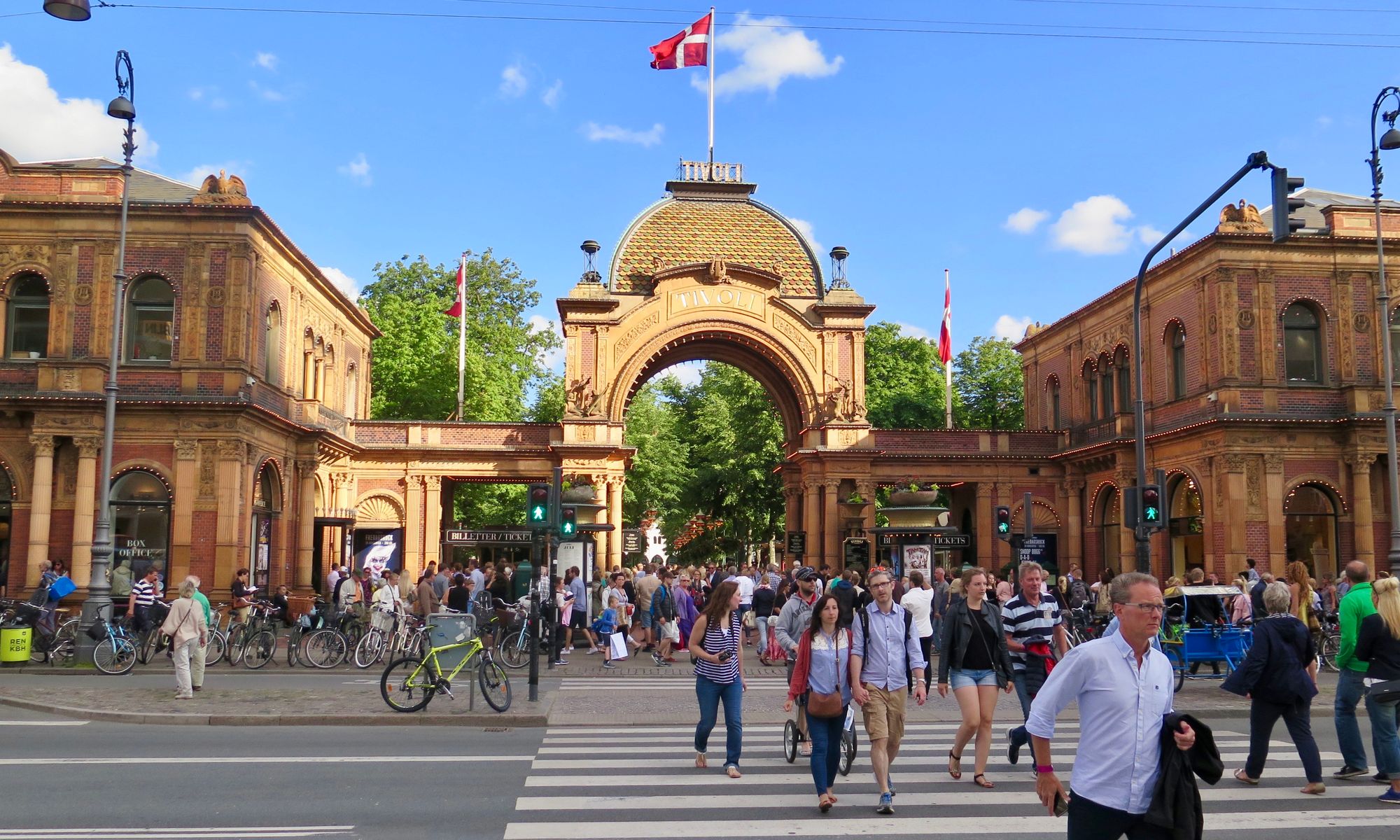
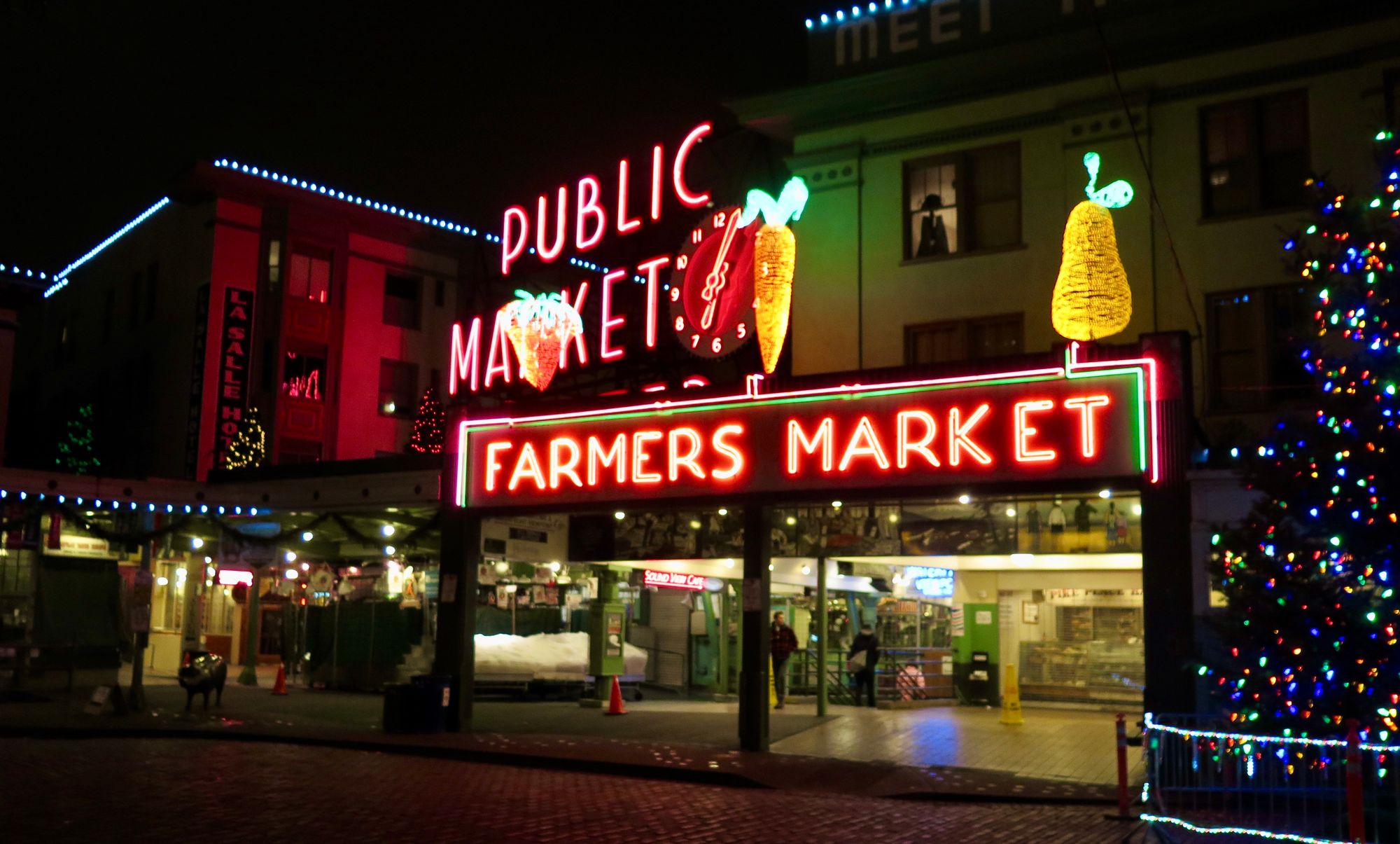
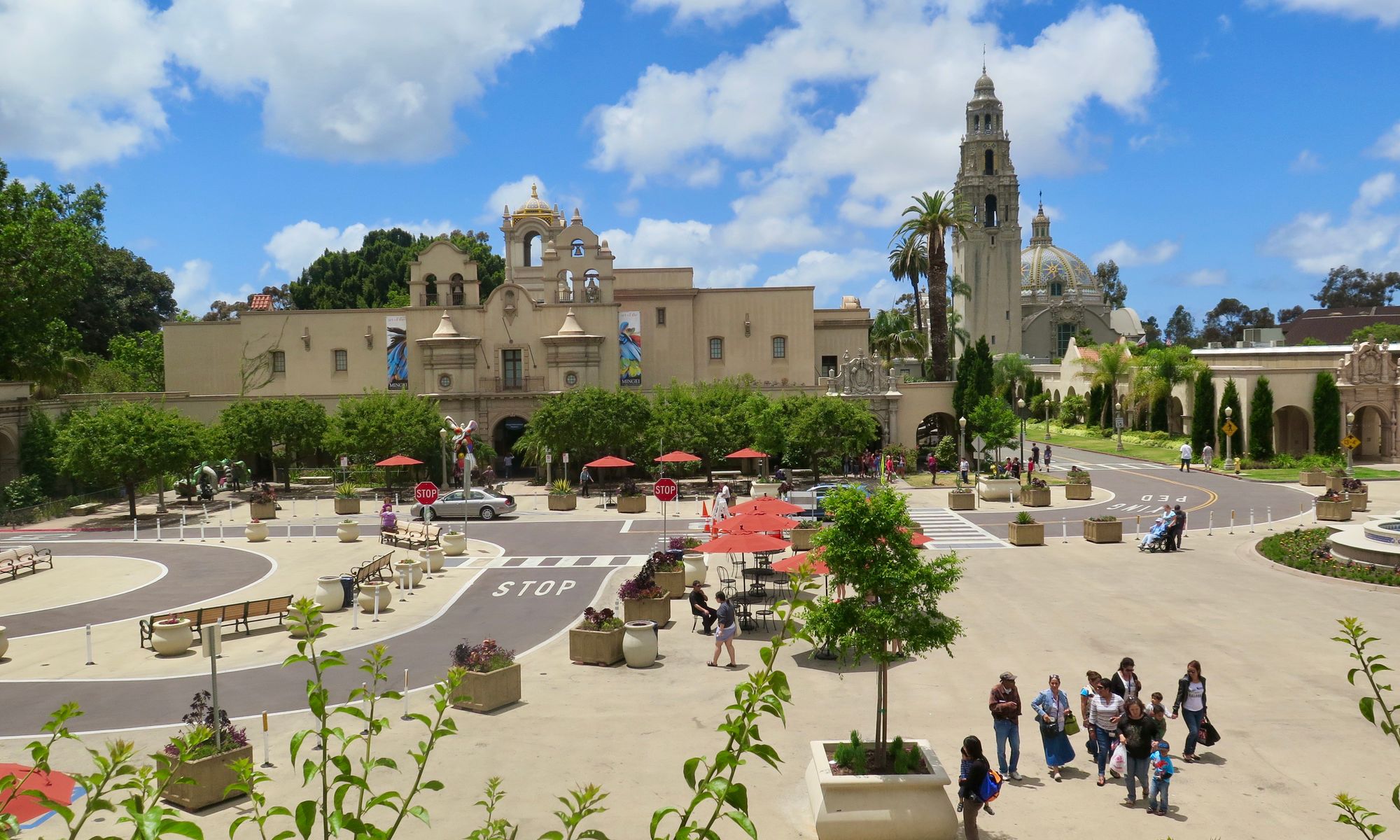
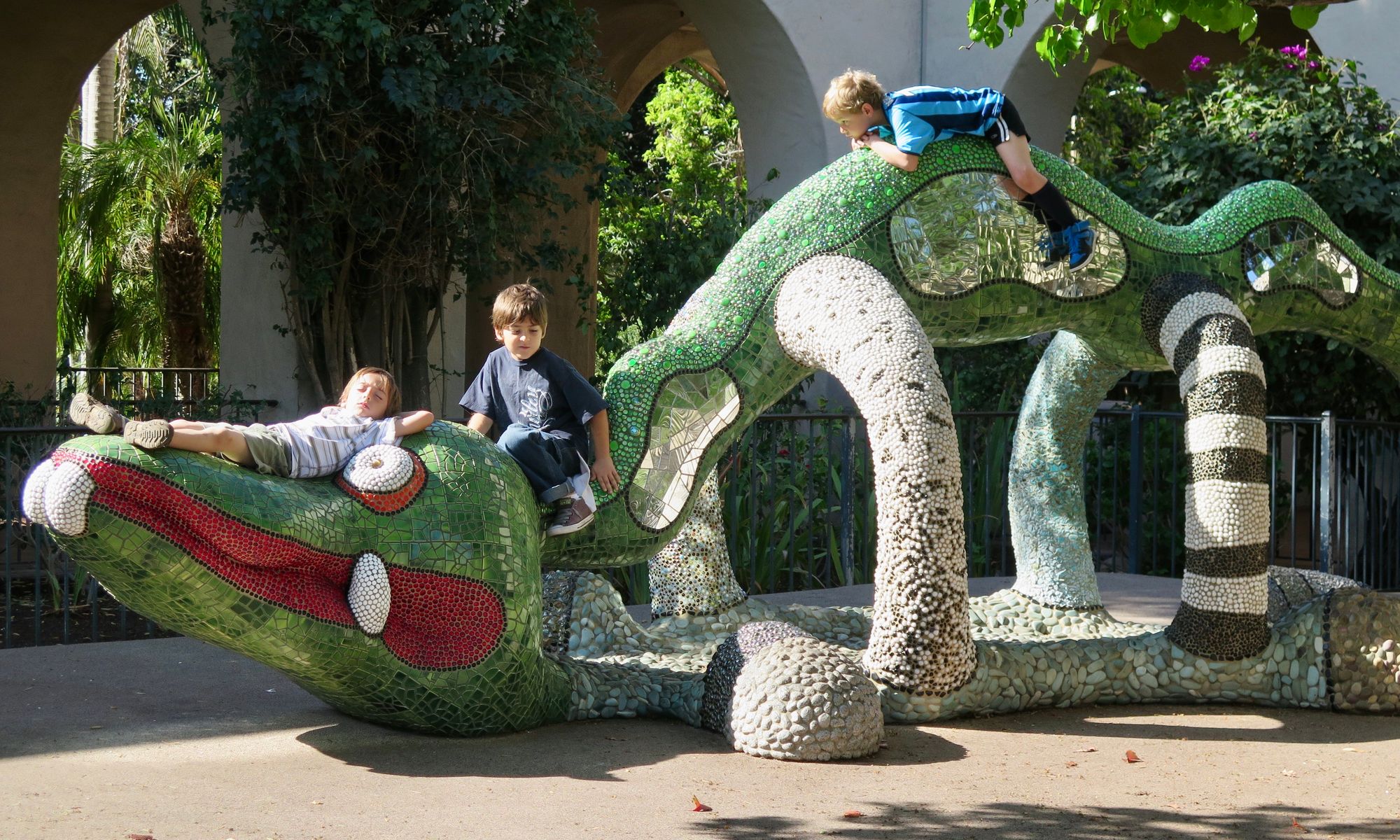
Tivoli Gardens in Copenhagen, Pike Place Market in Seattle, Balboa Park in San Diego
6. Capitalizing on the Appeal of Waterfronts
Waterfronts have huge potential to support strong social life and sound connection to the environment as well. By instilling a sense of place and pride in the treasure that is a thriving waterfront, communities can unite around the central cause of protecting and programming these spaces while opening up opportunities to support active uses and environmental education. Highlighting the social and cultural life of waterfronts creates a natural connection between people, place, and environment; understanding and celebrating the ecological value of waterfronts then becomes a natural byproduct of placemaking.
Paris's New Waterfront Transformations:
Paris is a perfect example for how to begin the needed transition toward a future all waterfronts can consider:
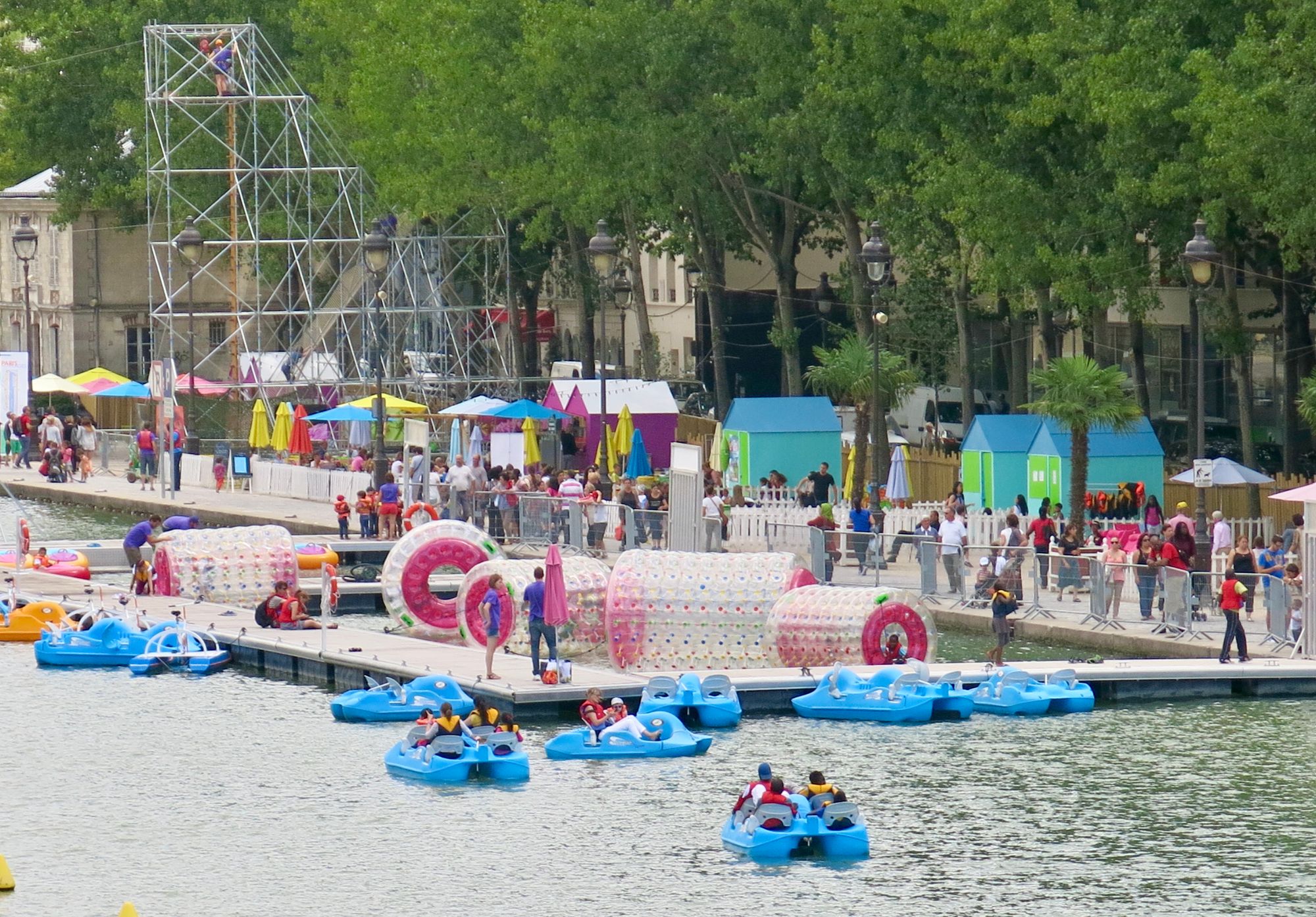
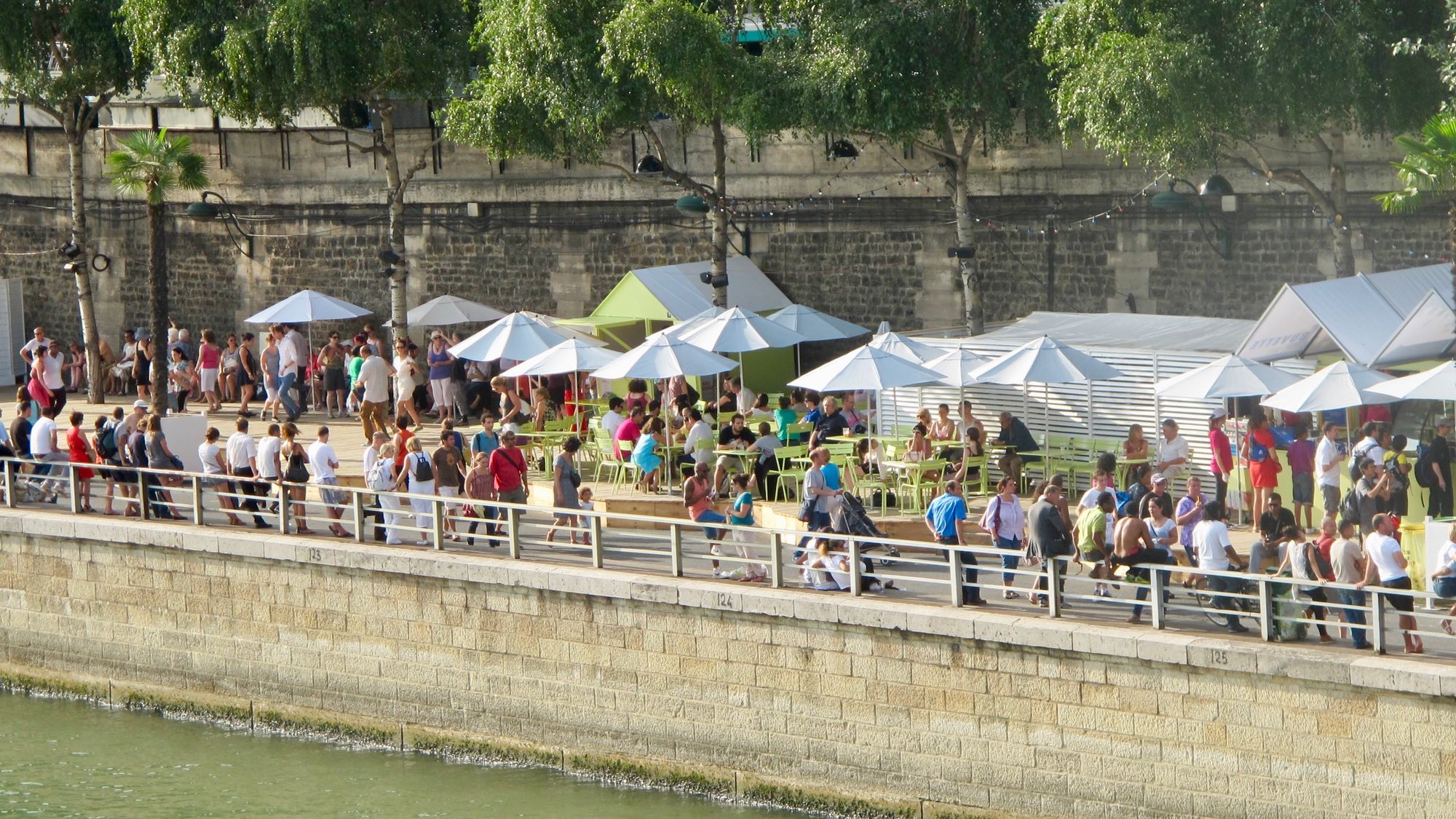
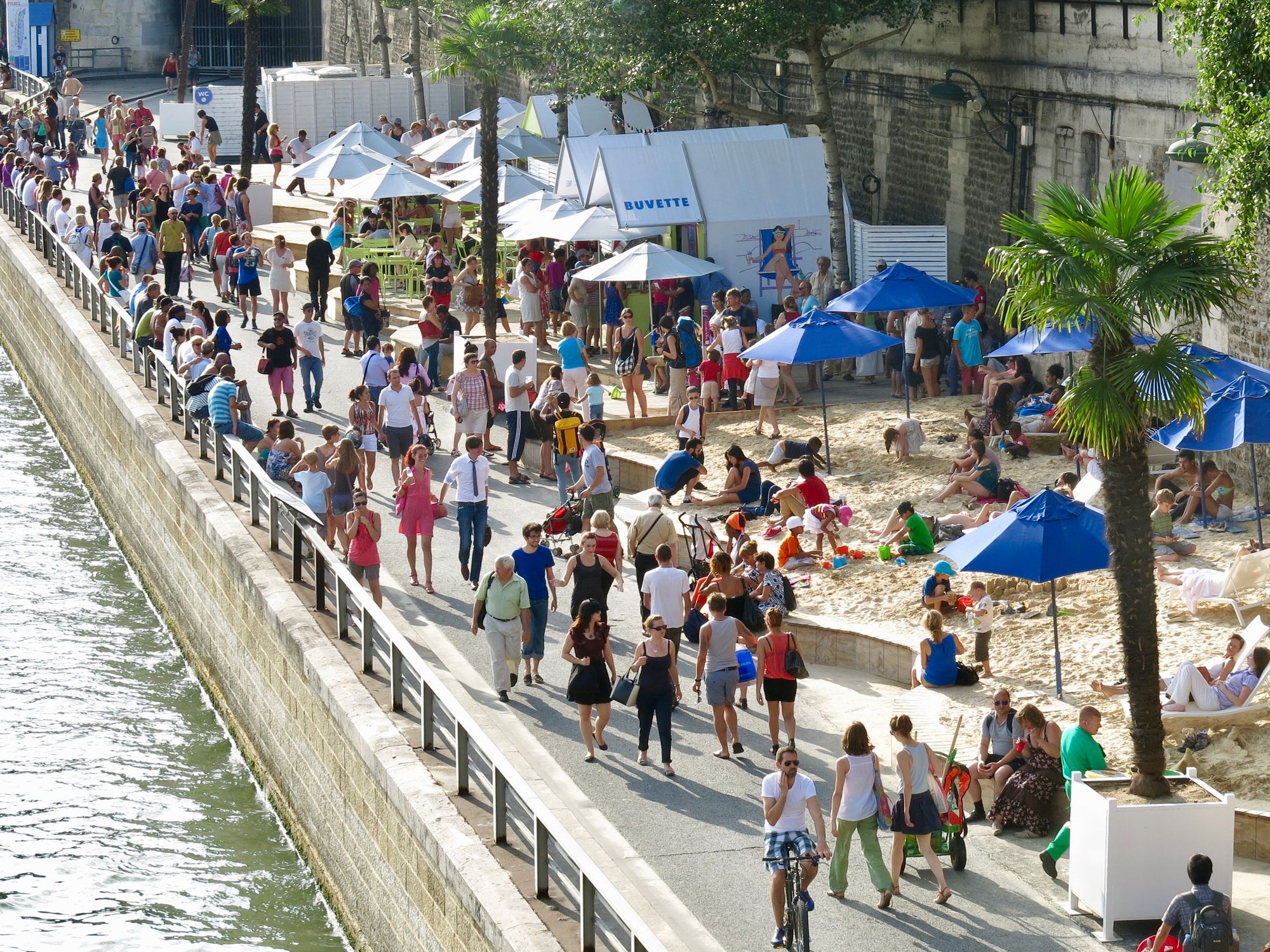
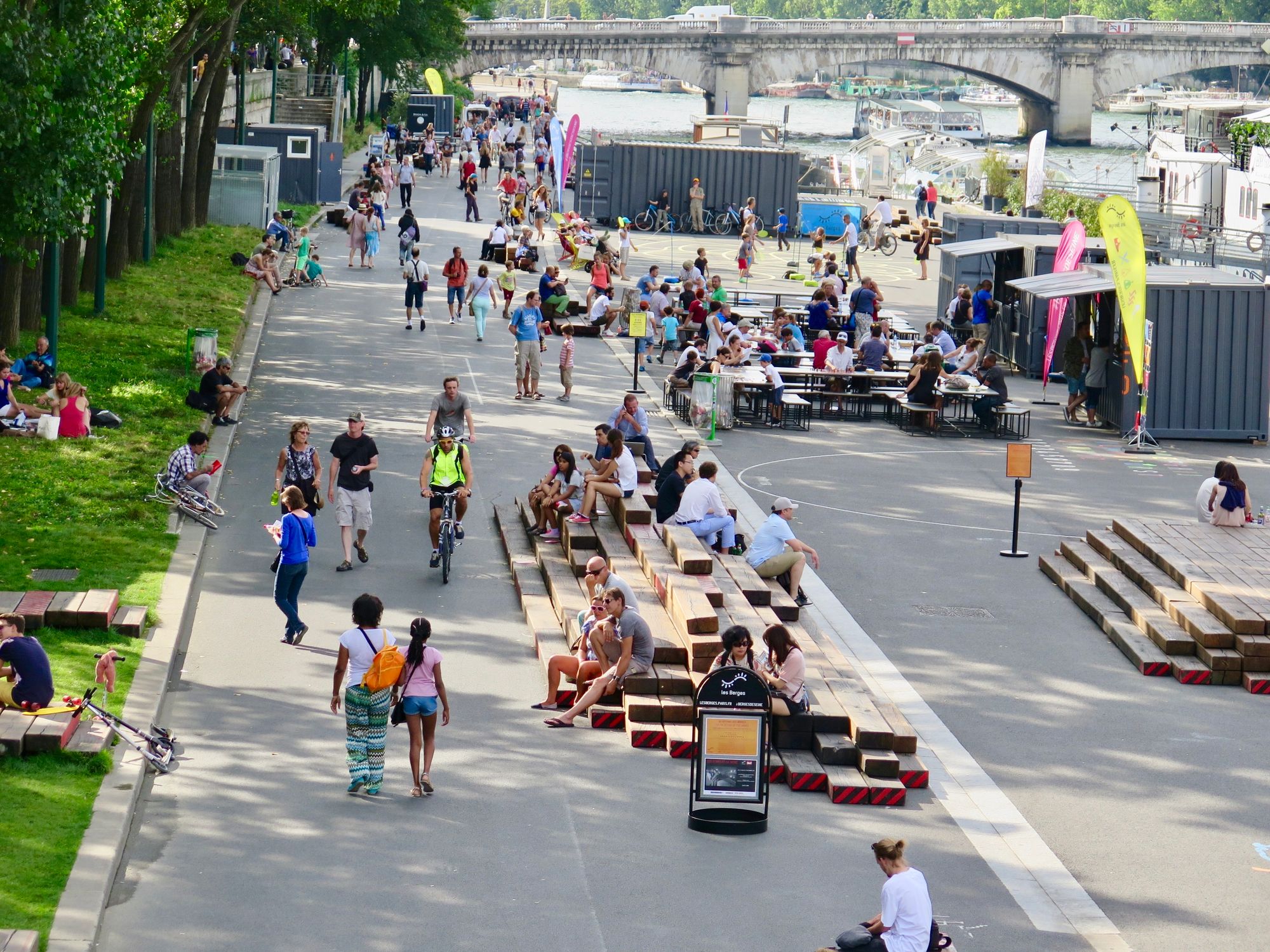
Pop-Up Waterside Restaurants
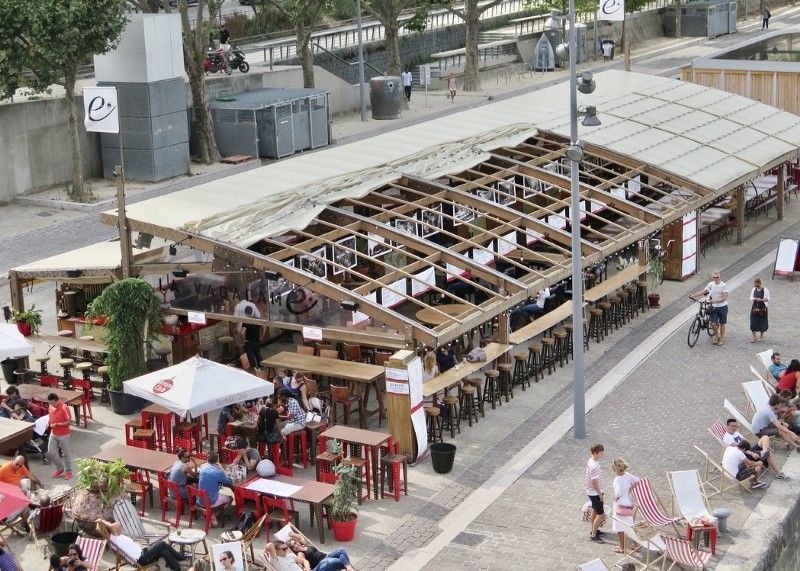
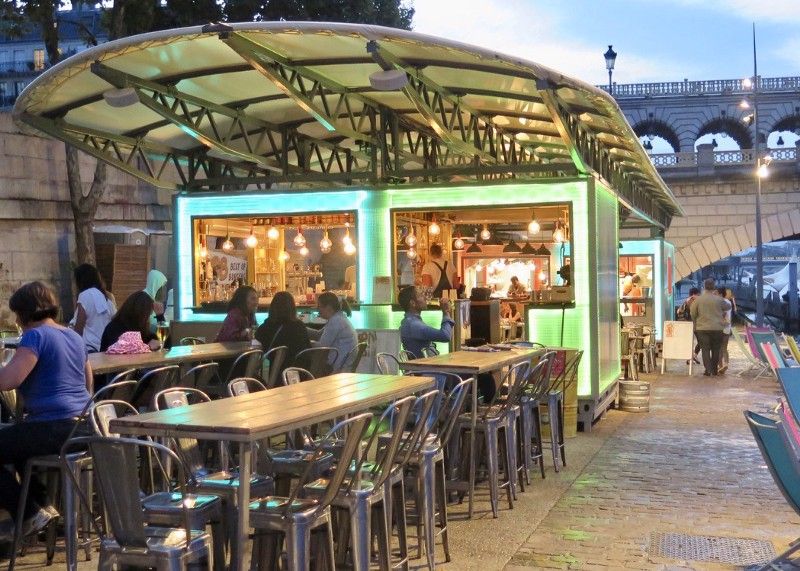
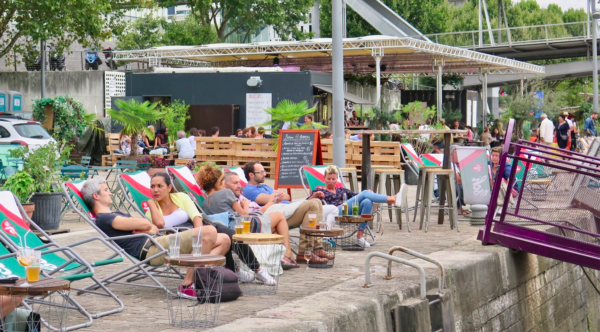
A diverse selection of dining spots attract crowds eager to sample the creativity of Paris's chefs.
Takeaway: Seating for People
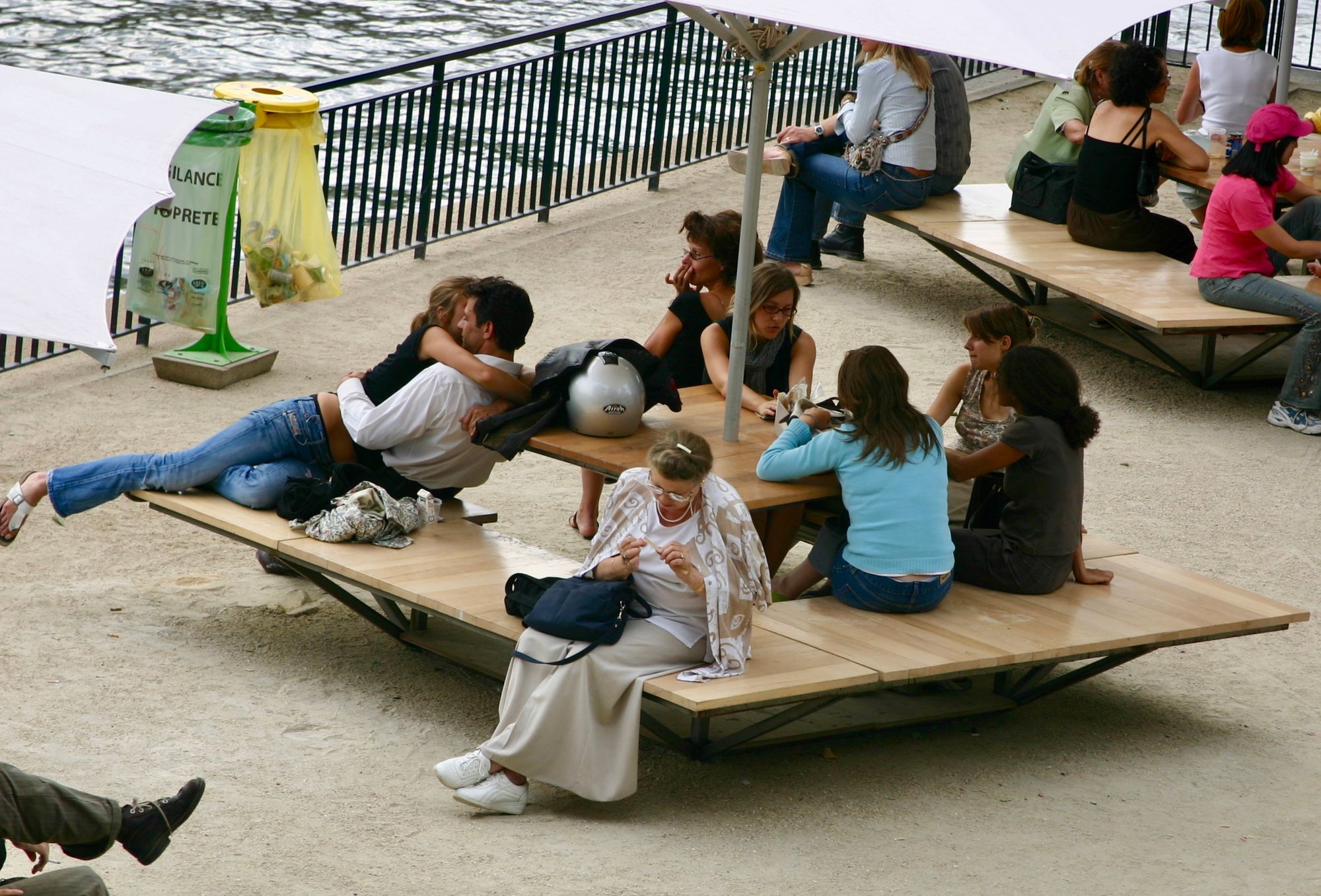
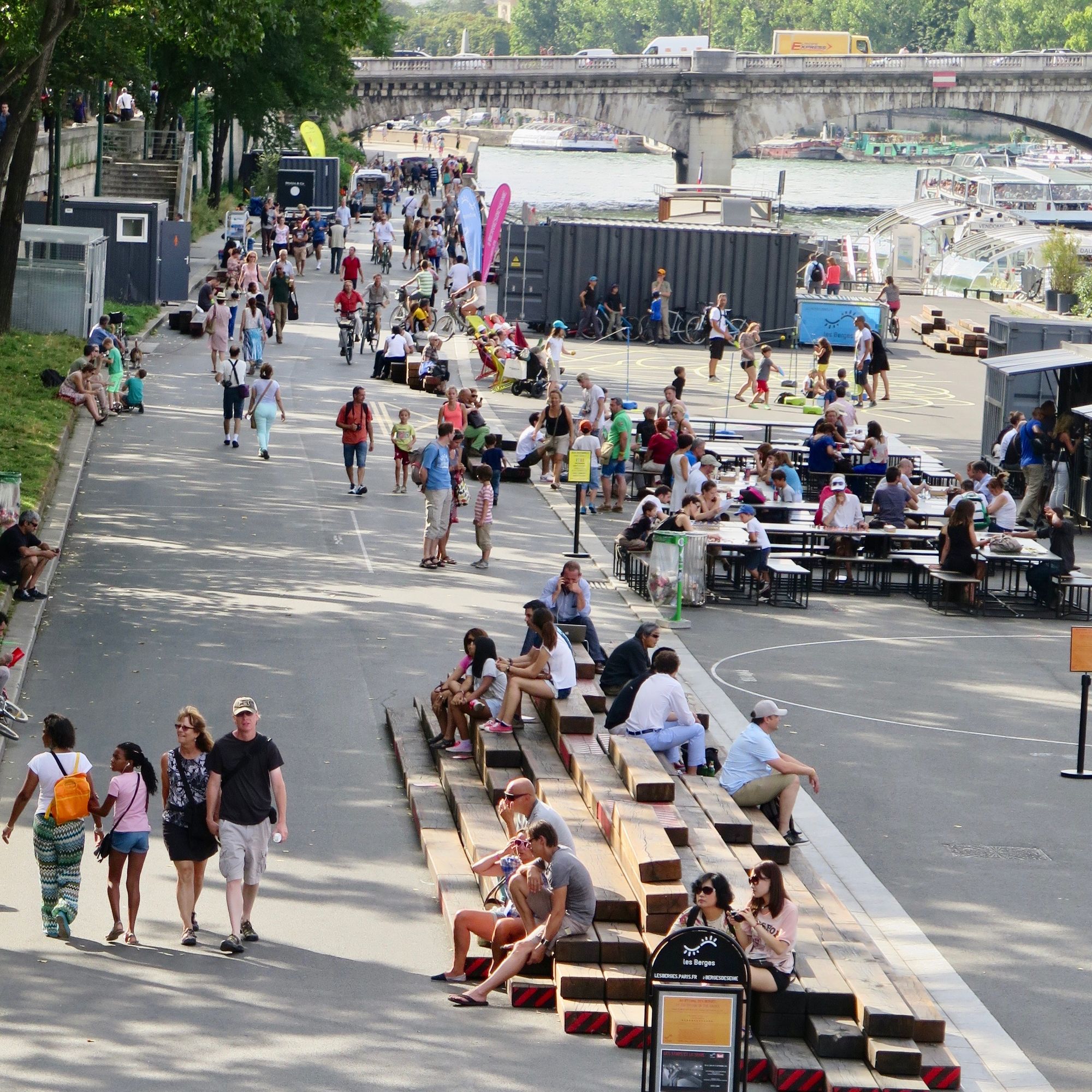
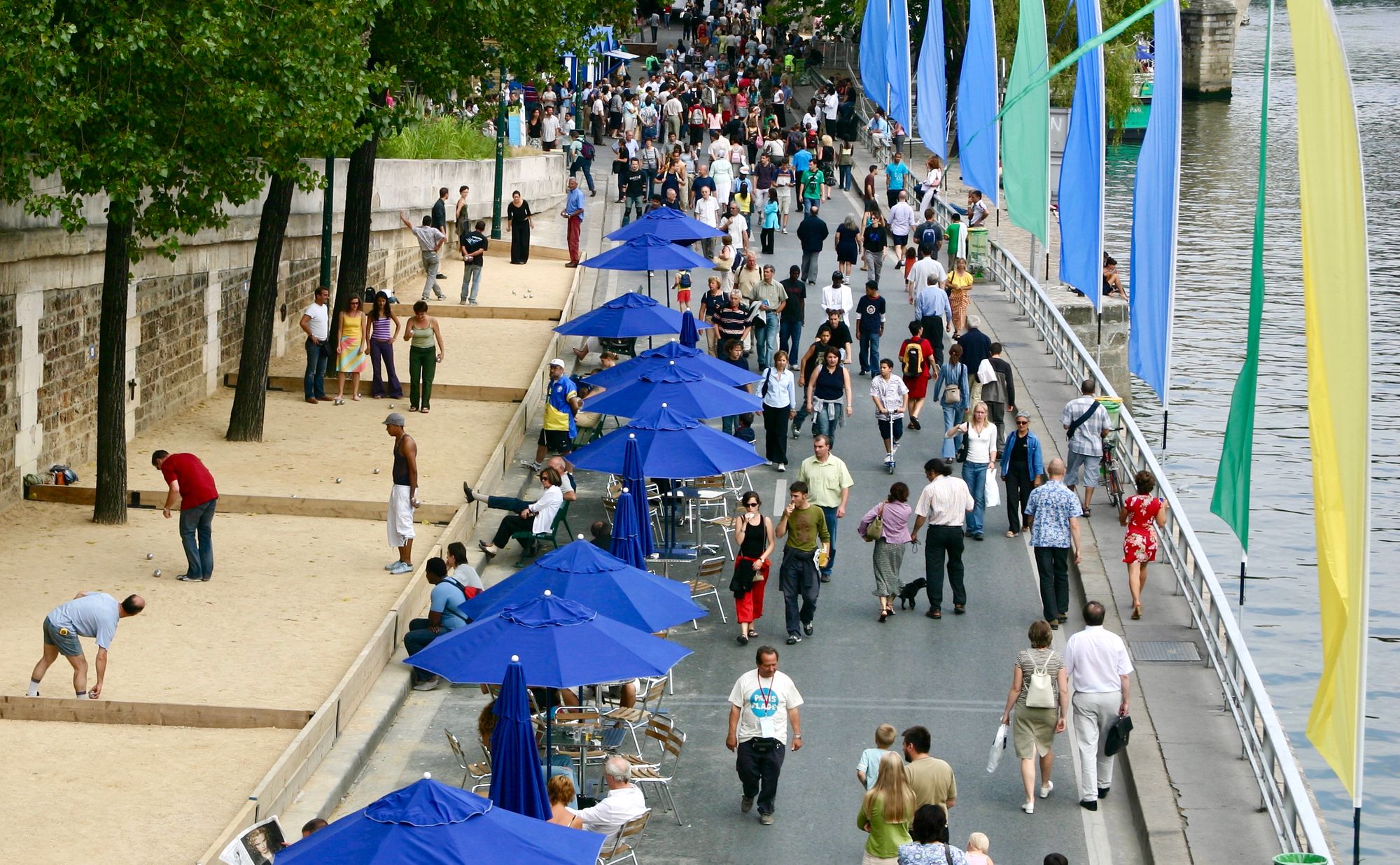
Other Waterfront Cities
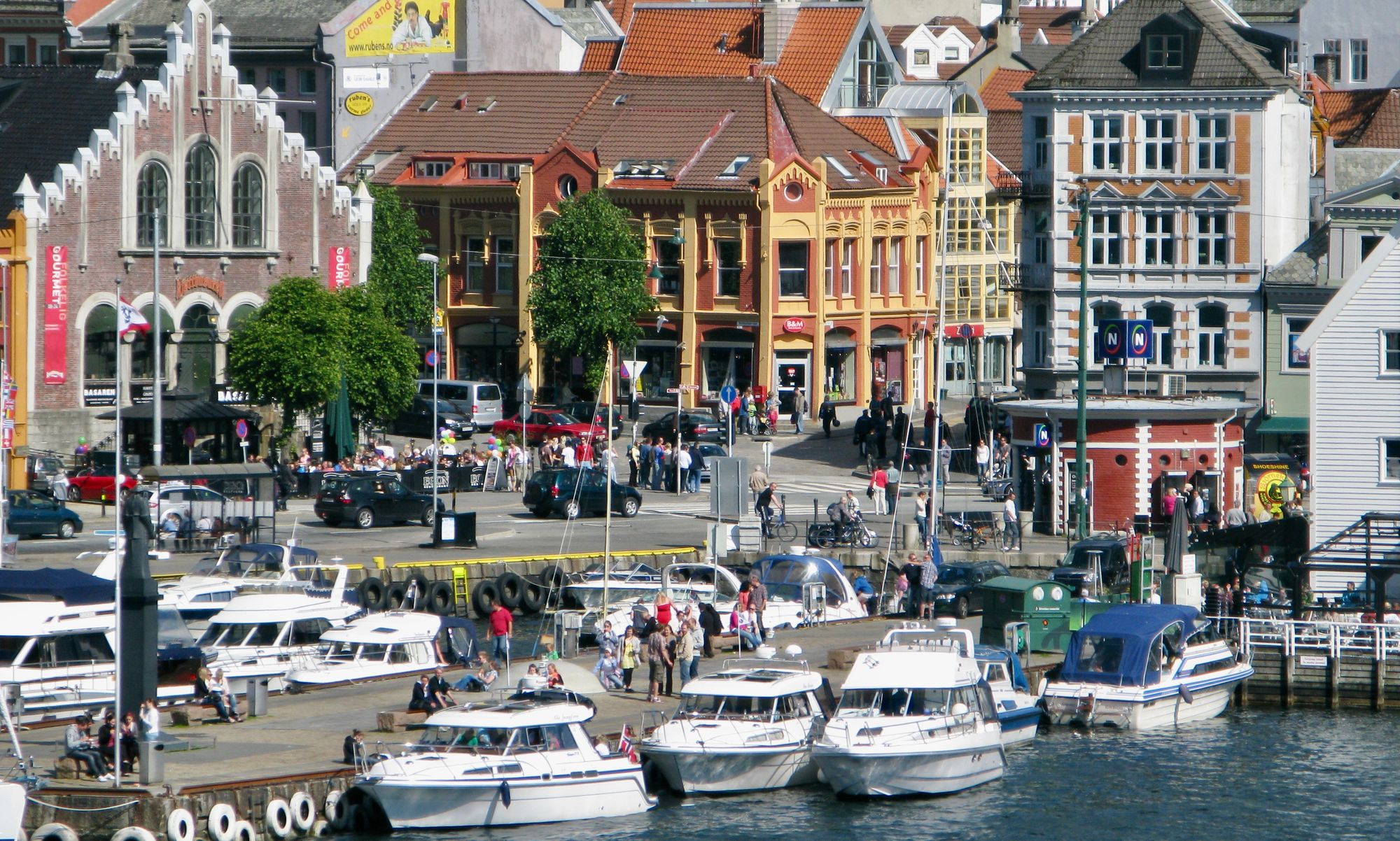
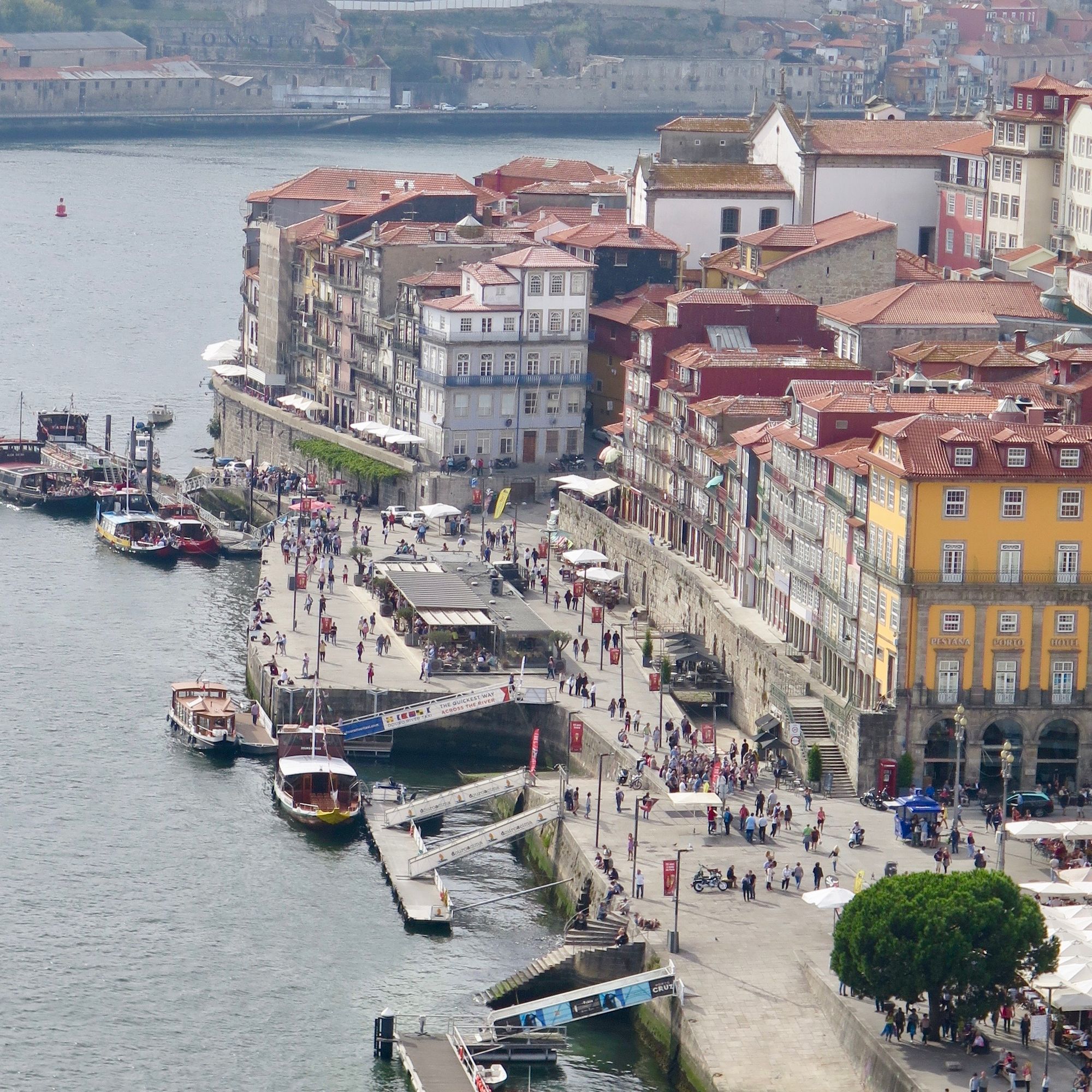
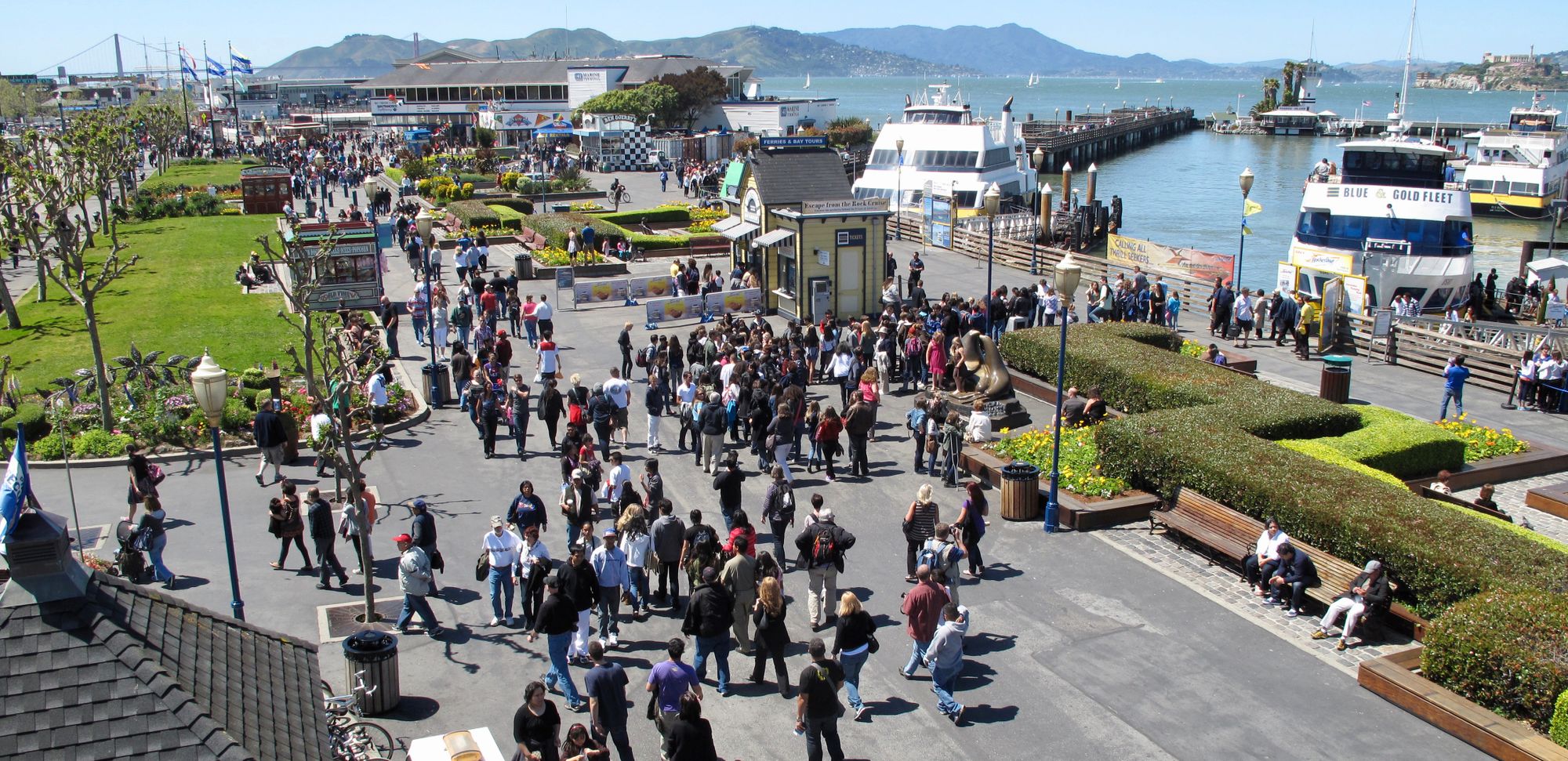
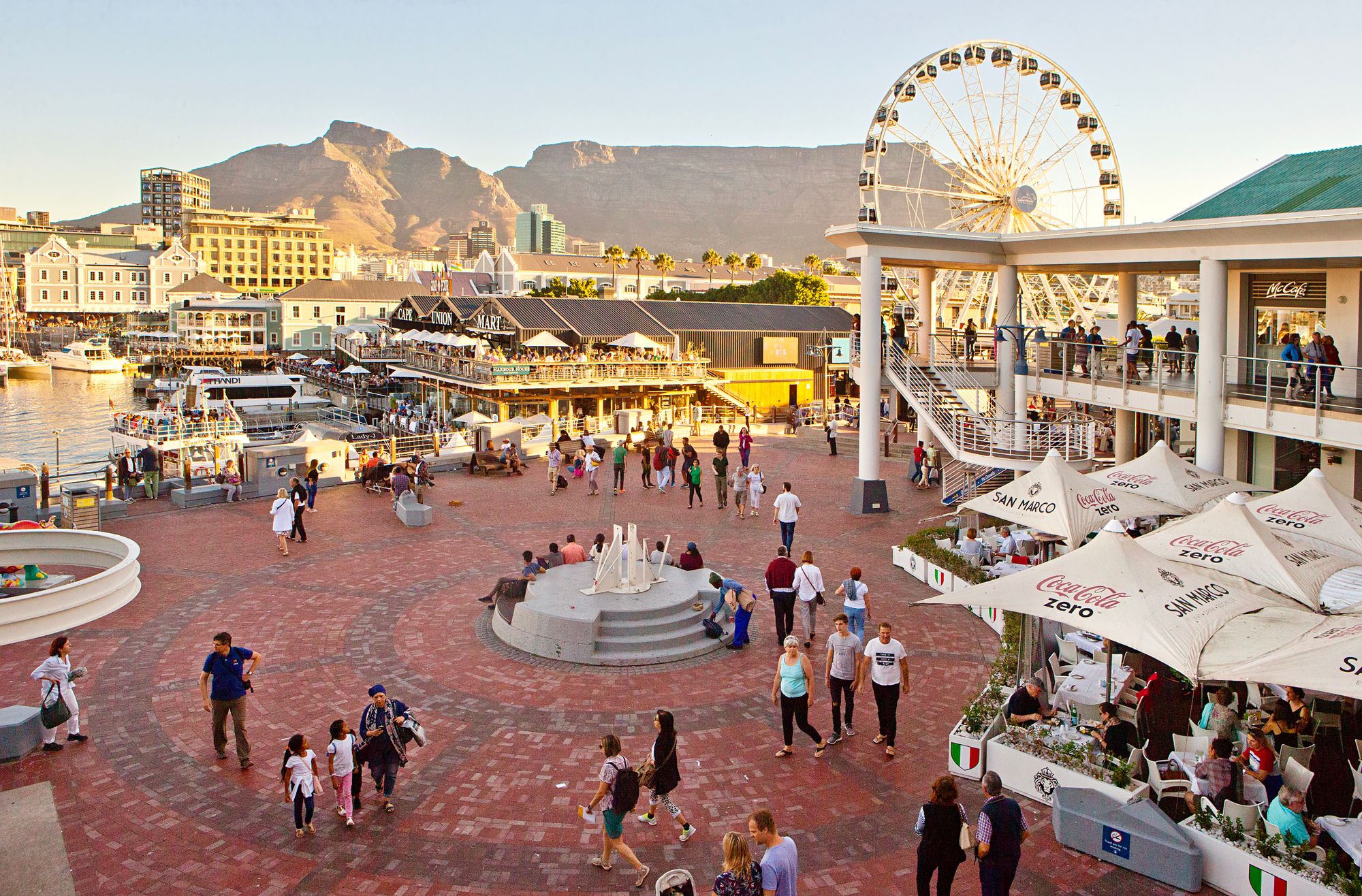
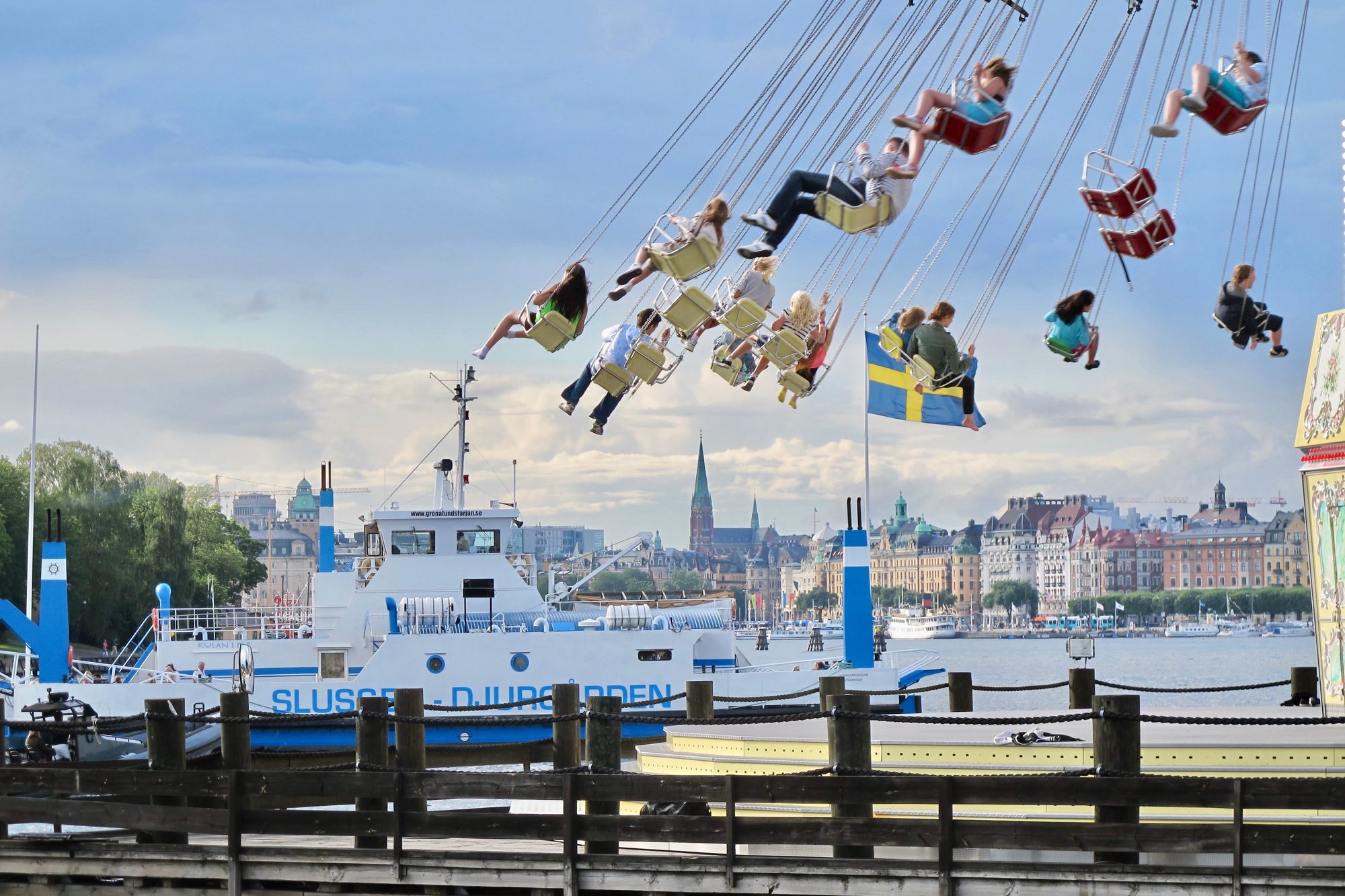
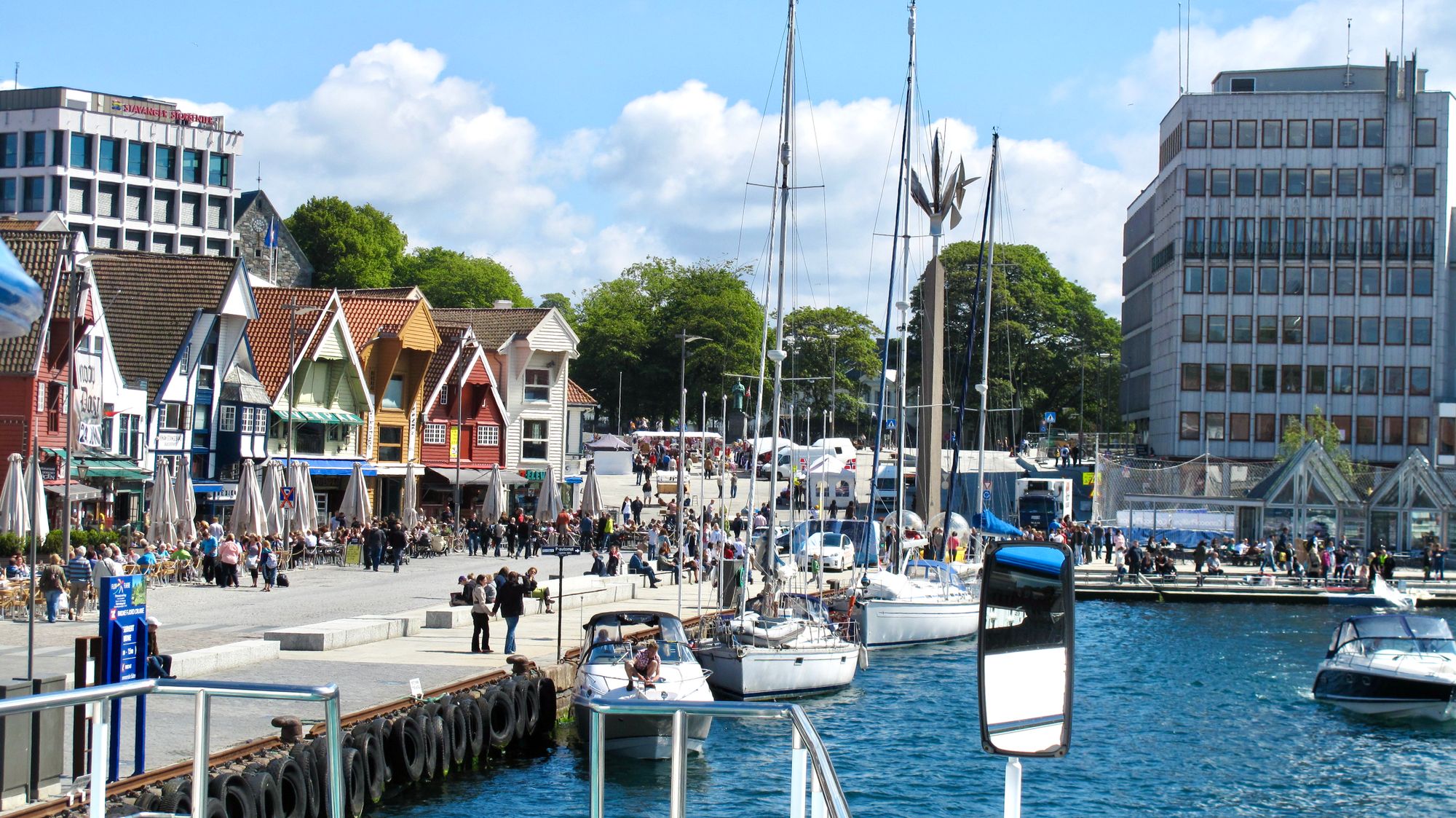
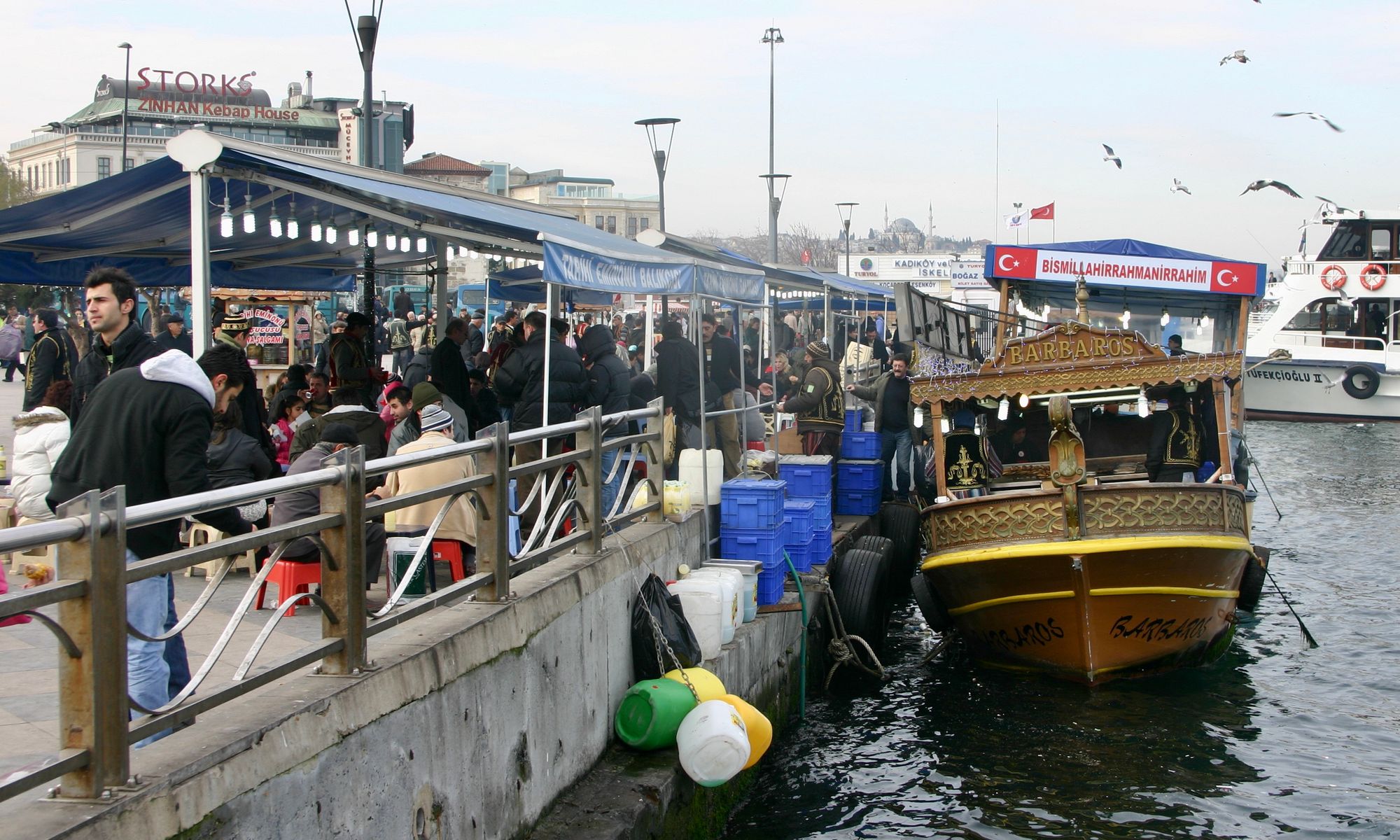
From top left: Bergen, Norway, Porto, Portugal, San Francisco, Cape Town, Vancouver, Stockholm, Stavanger, and Istanbul
Related Articles:
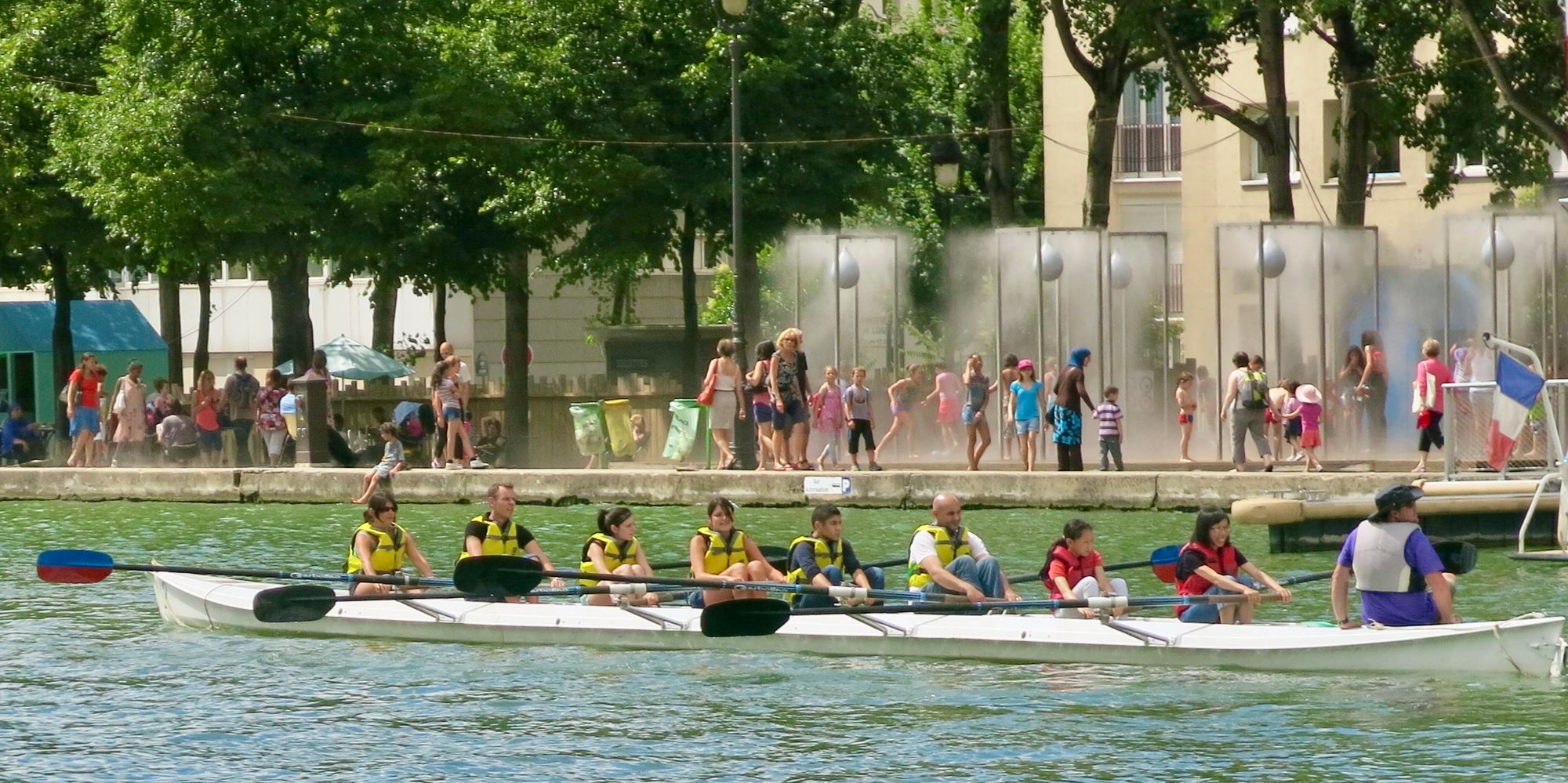

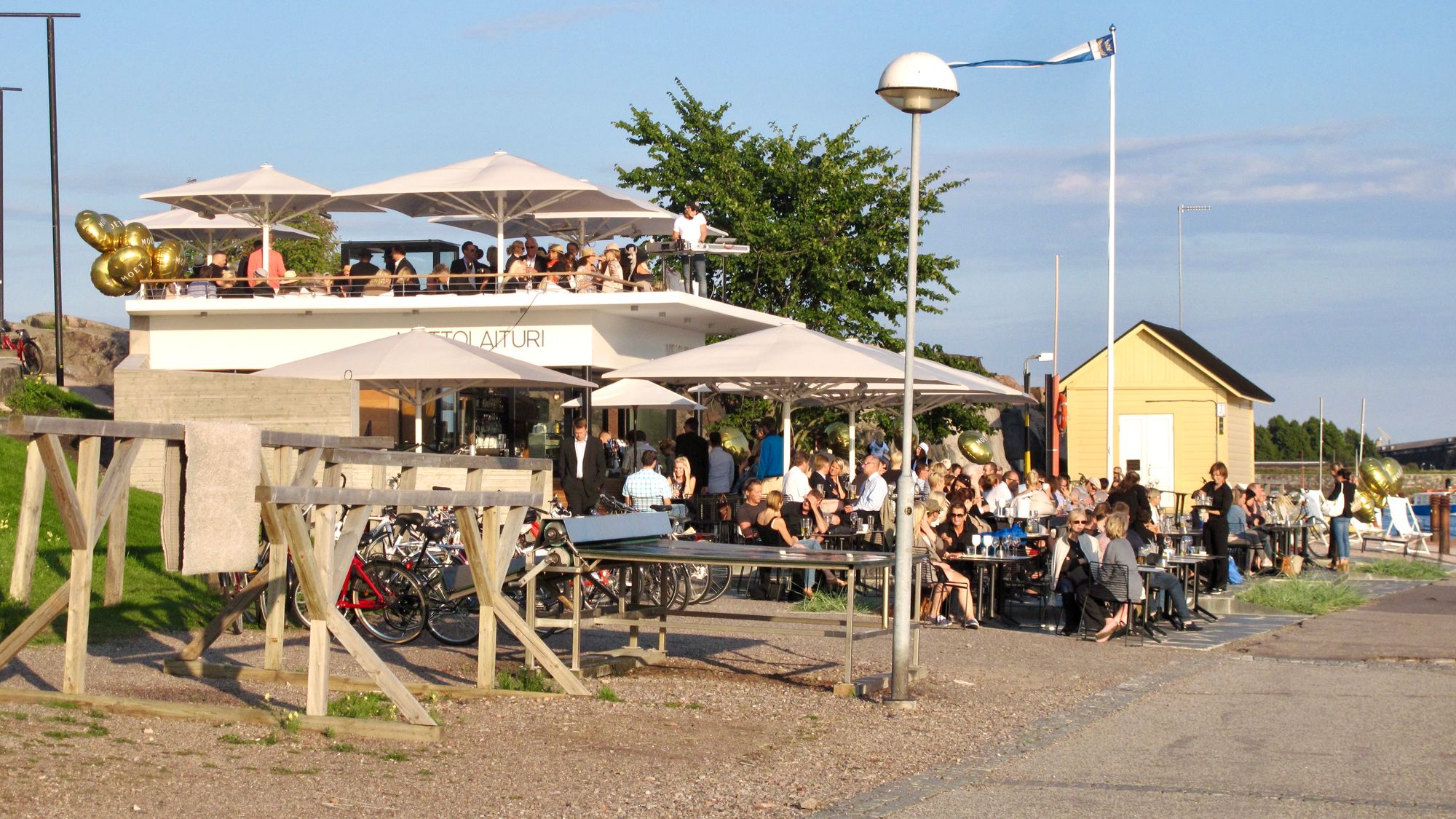
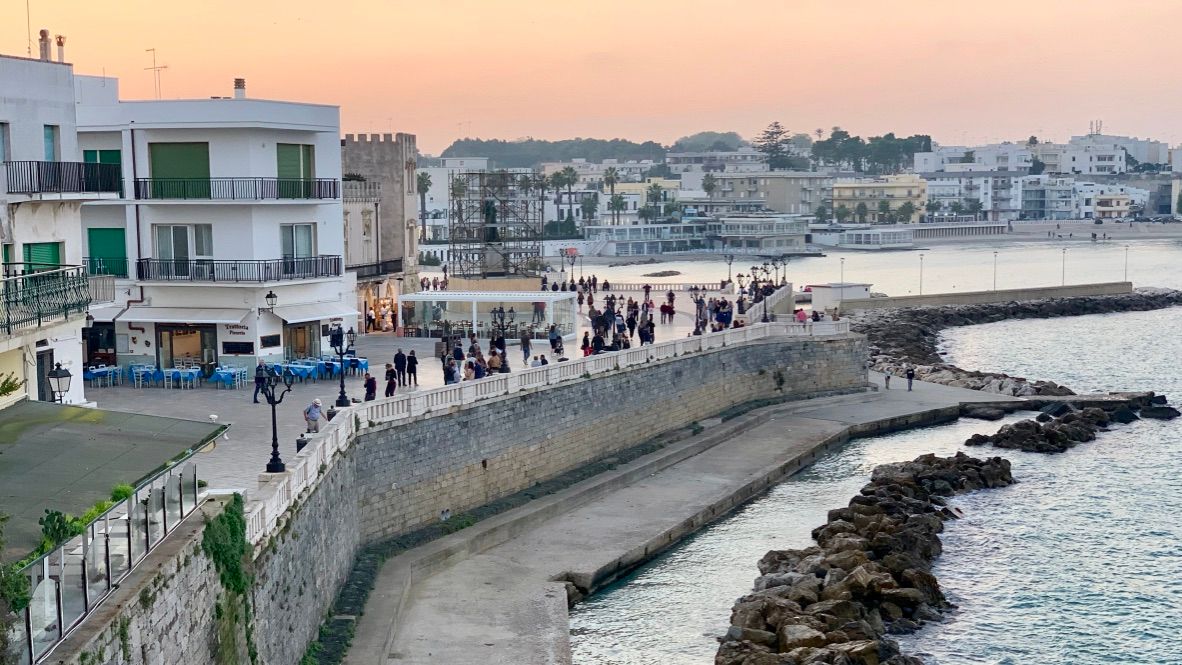
7. Strengthening Assets that Express a City’s Character
While reducing driving and emissions through shared streets is the most obvious placemaking climate mitigation strategy, we can also look to small but essential community elements for a positive environmental impact. Features like murals, water fountains, sculptures, play structures, games, kiosks, community-organized parklets, bike shares, gardens, and bus stops may seem like "nice-to-haves," but together they add up to give a place a real and vital sense of character and comfort, and can speak to a broader message about a community's values around environmental awareness. Not only that, but they are inherently Lighter, Quicker, Cheaper, and naturally integrate participatory planning and activation. These assets can be a dynamic part of mitigating climate change and protecting the environment at the place-based level.
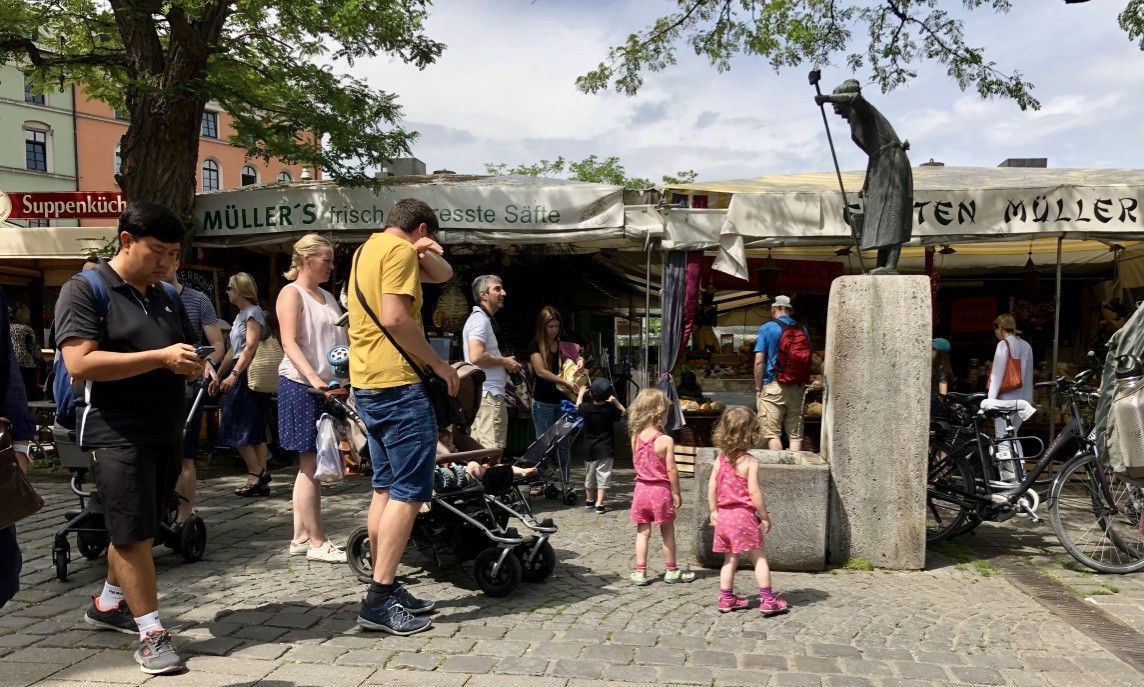
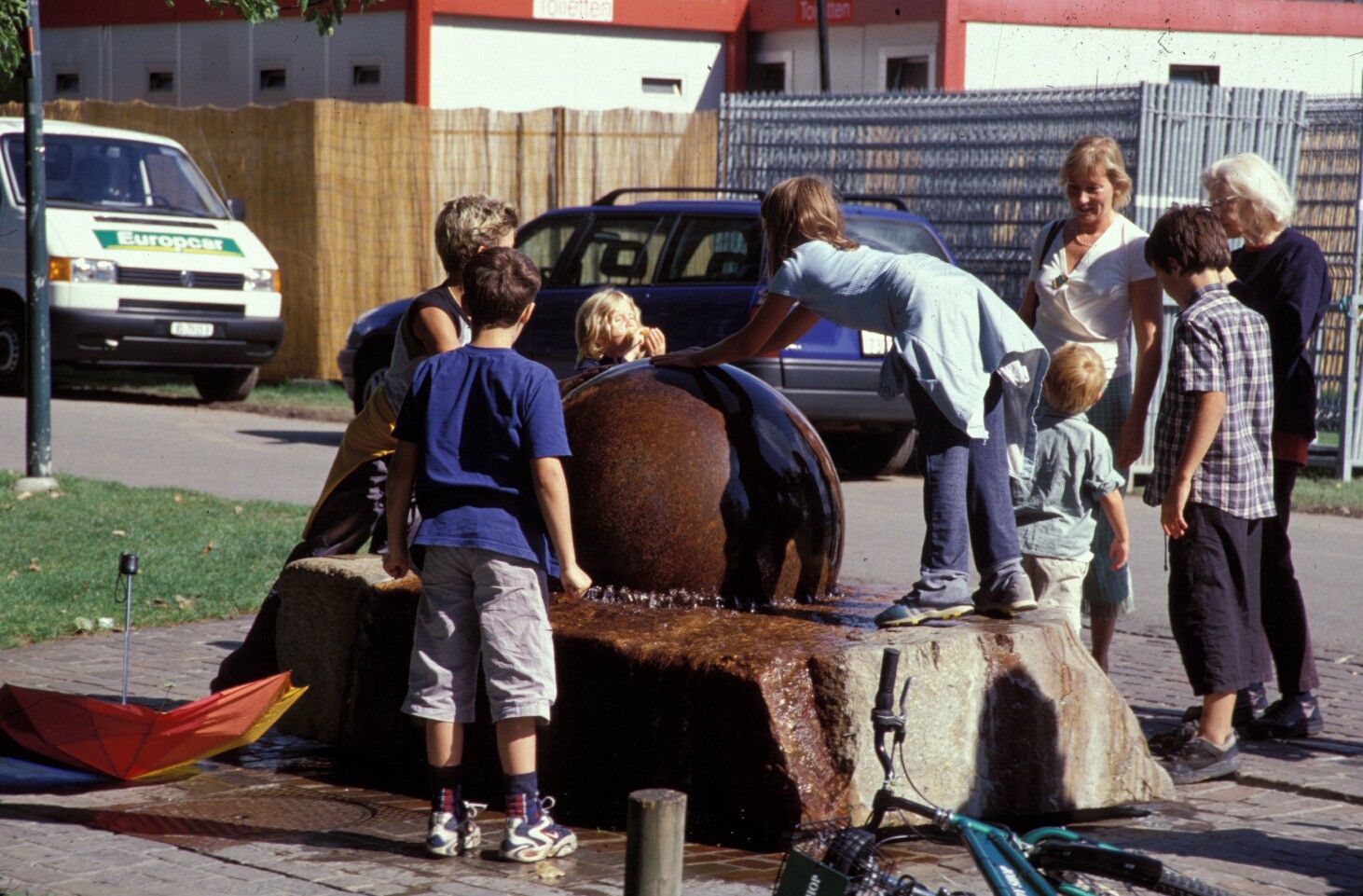
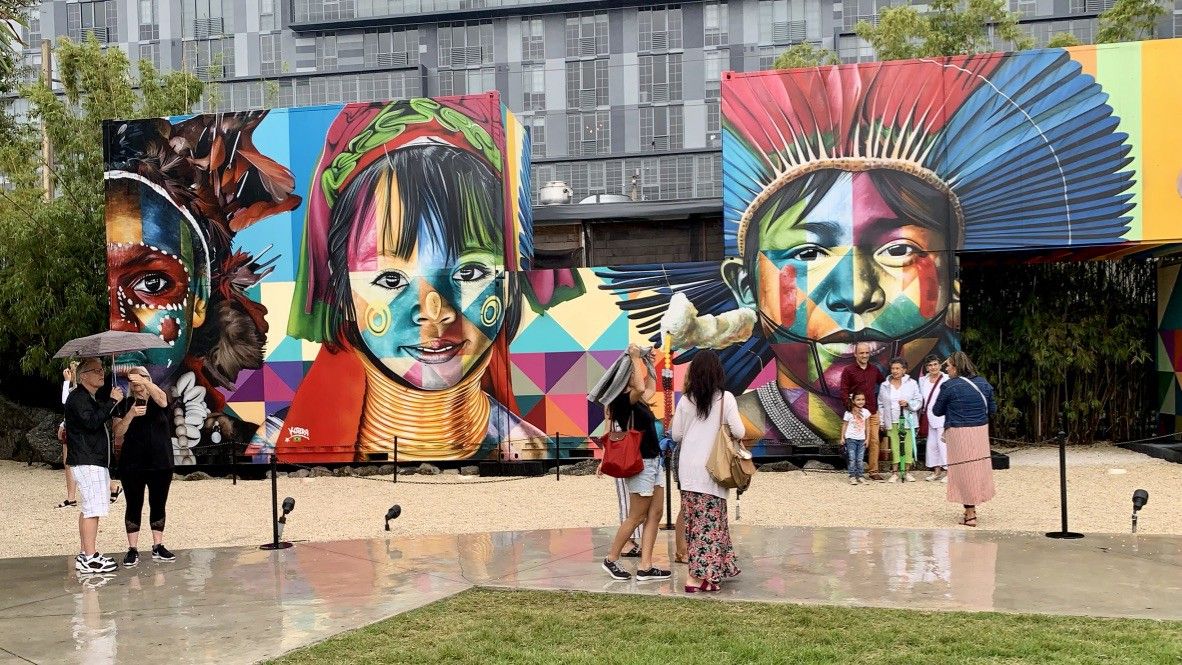
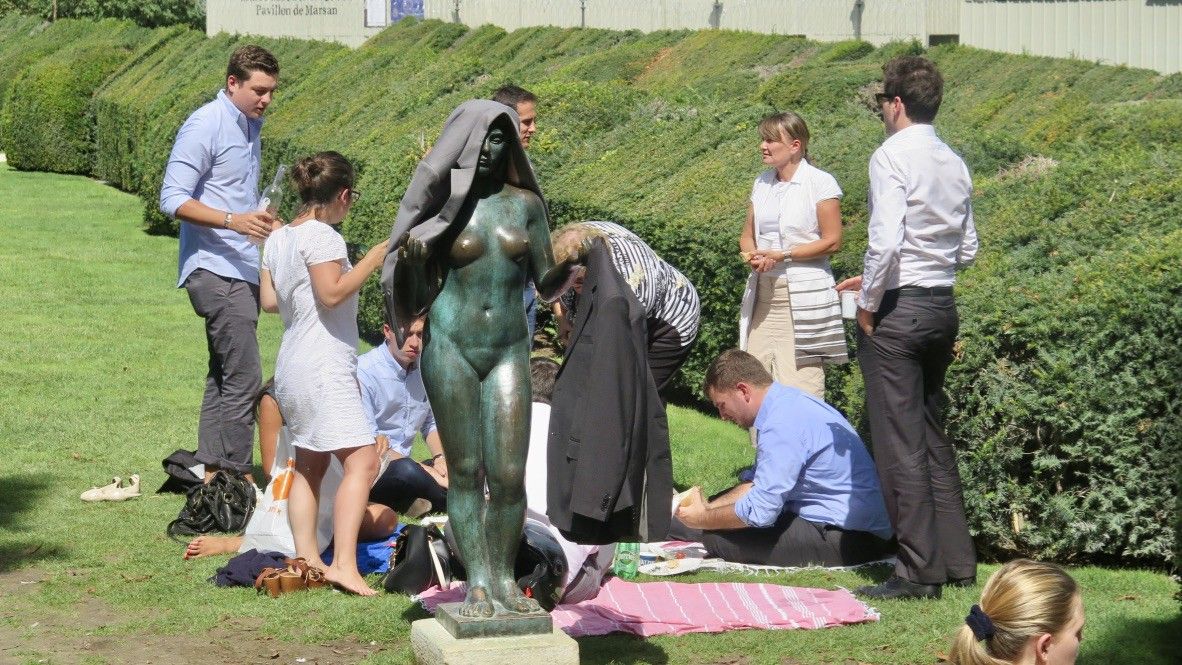
(Clockwise from upper left) a fountain in the Victual Market of Munich; an intriguing sculpture in Venice; a hands-on water feature in Vienna; a new mural at the Wynwood Walls in Miami; and a favorite picnic spot in Paris’s Tuileries Garden.
Tivoli Gardens, Copenhagen

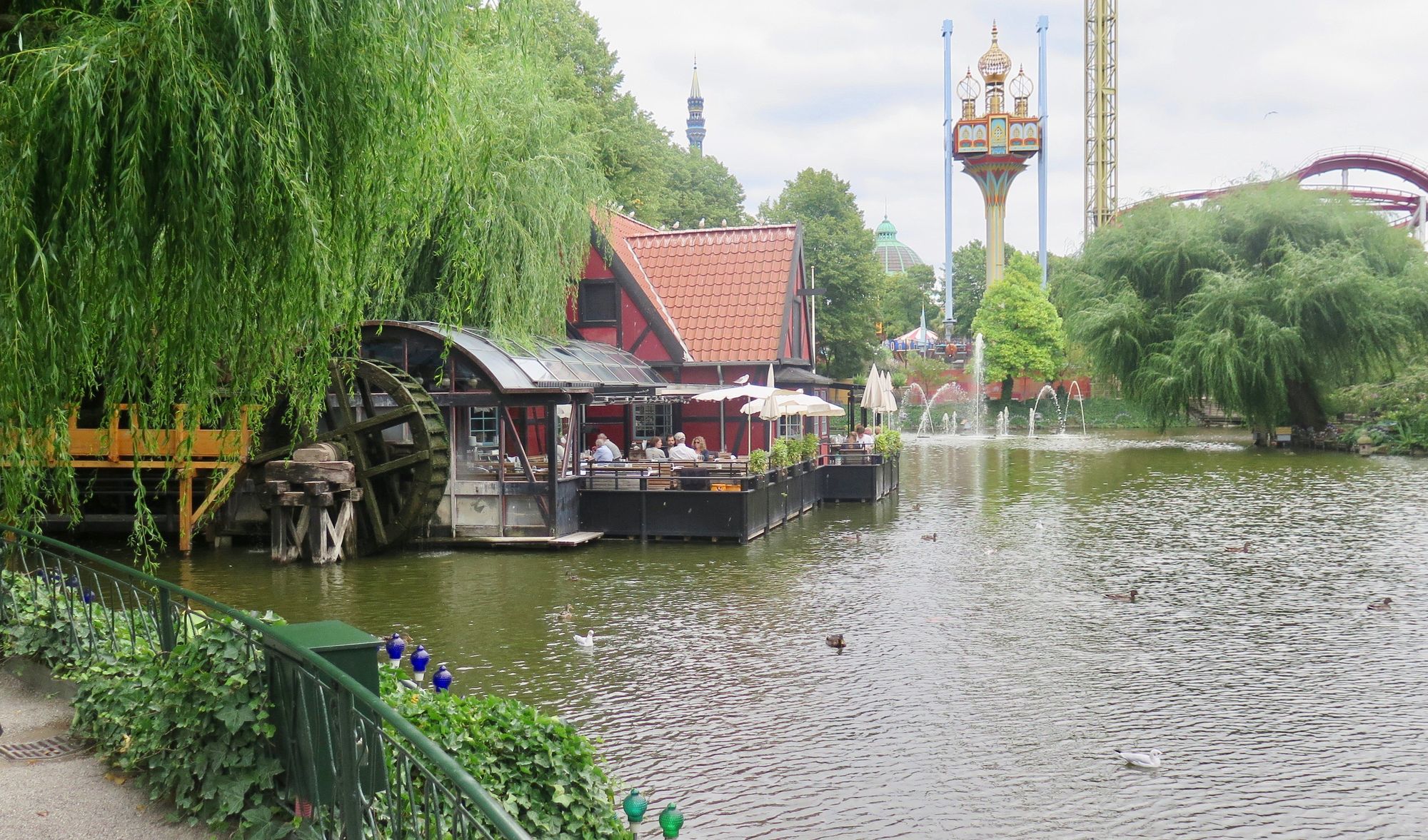
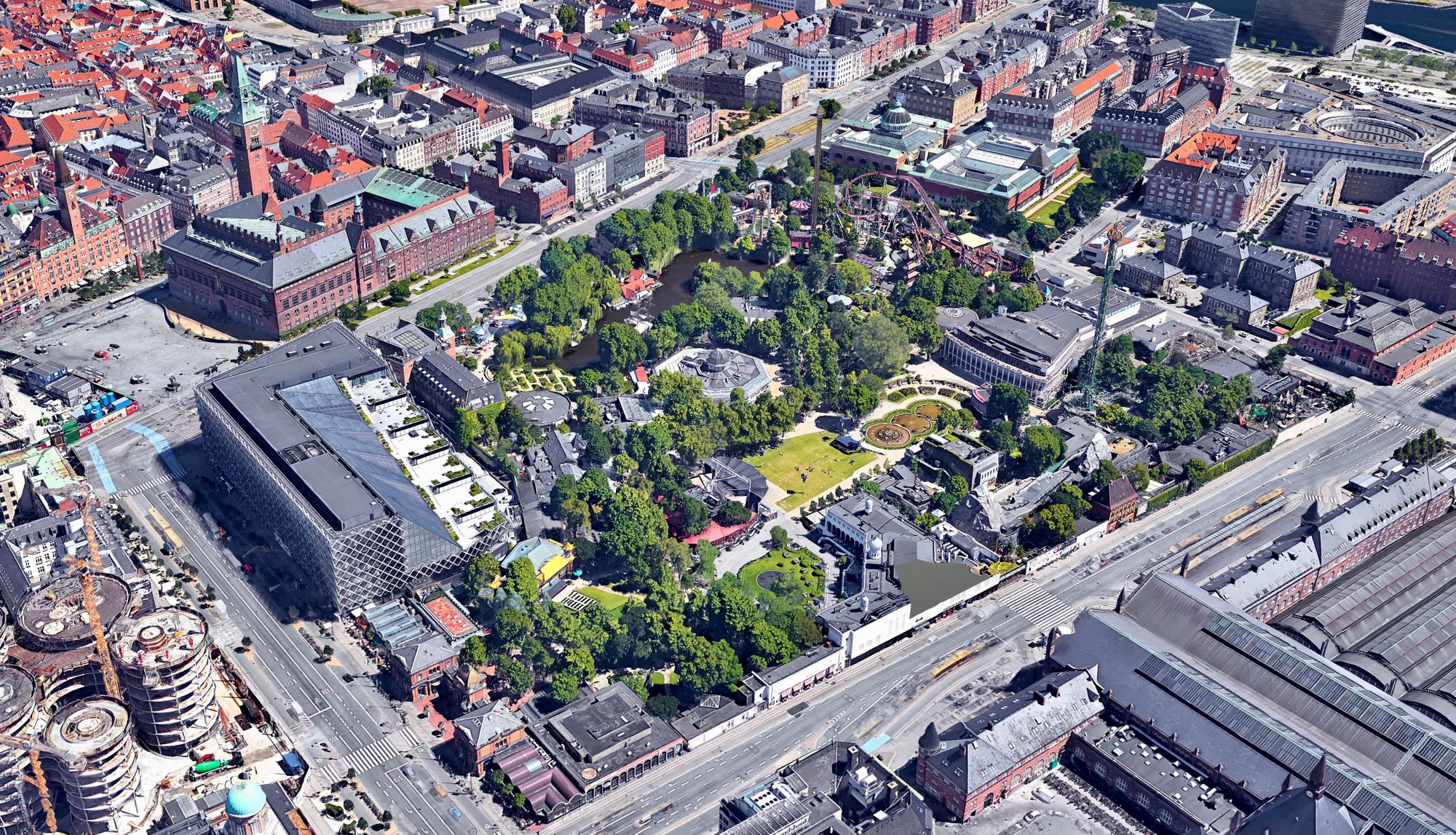
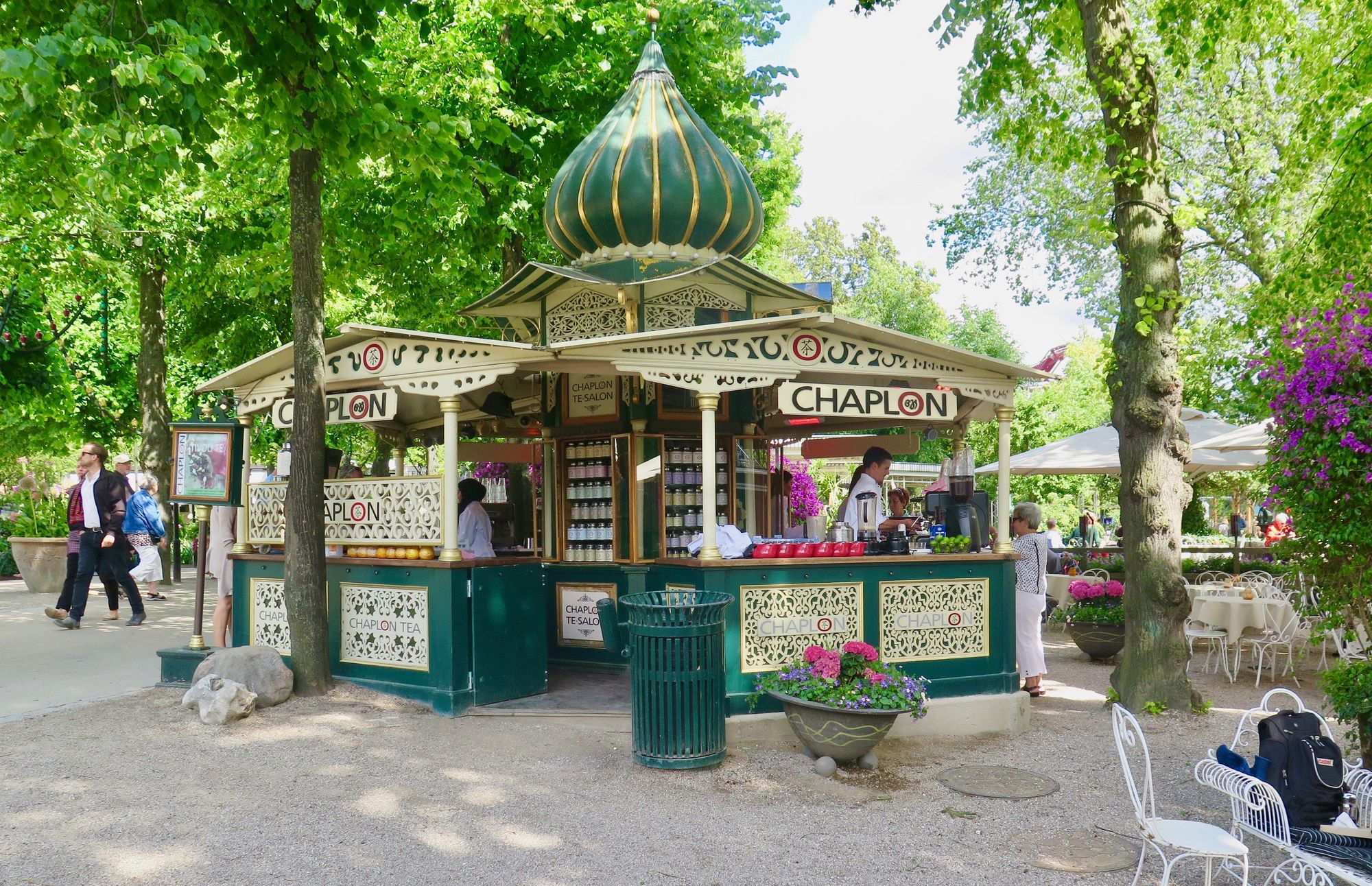
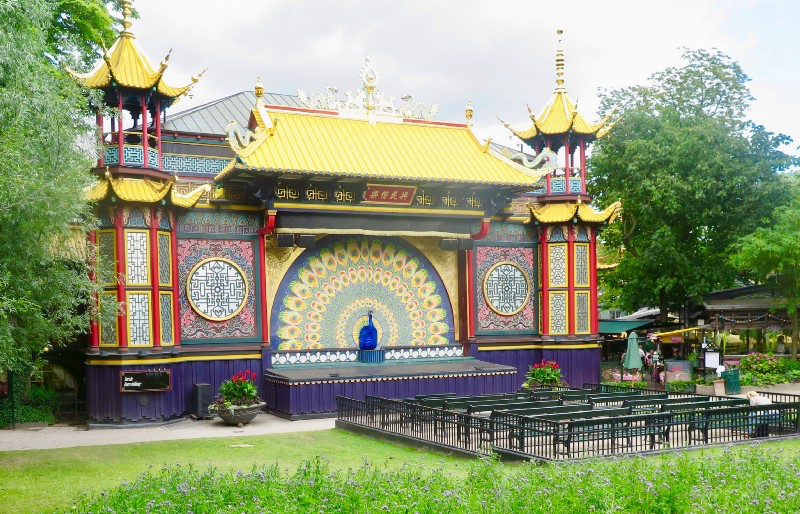
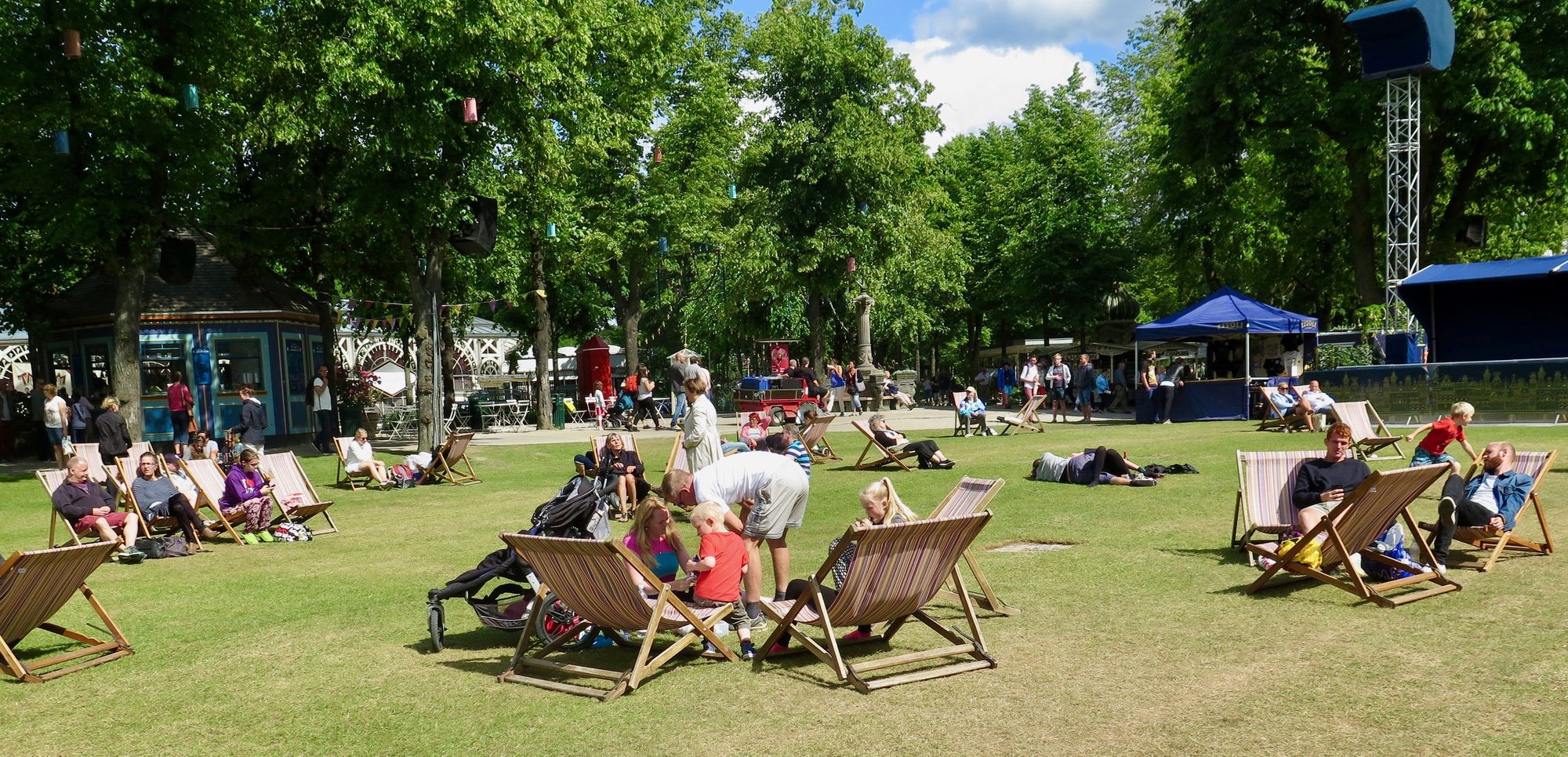
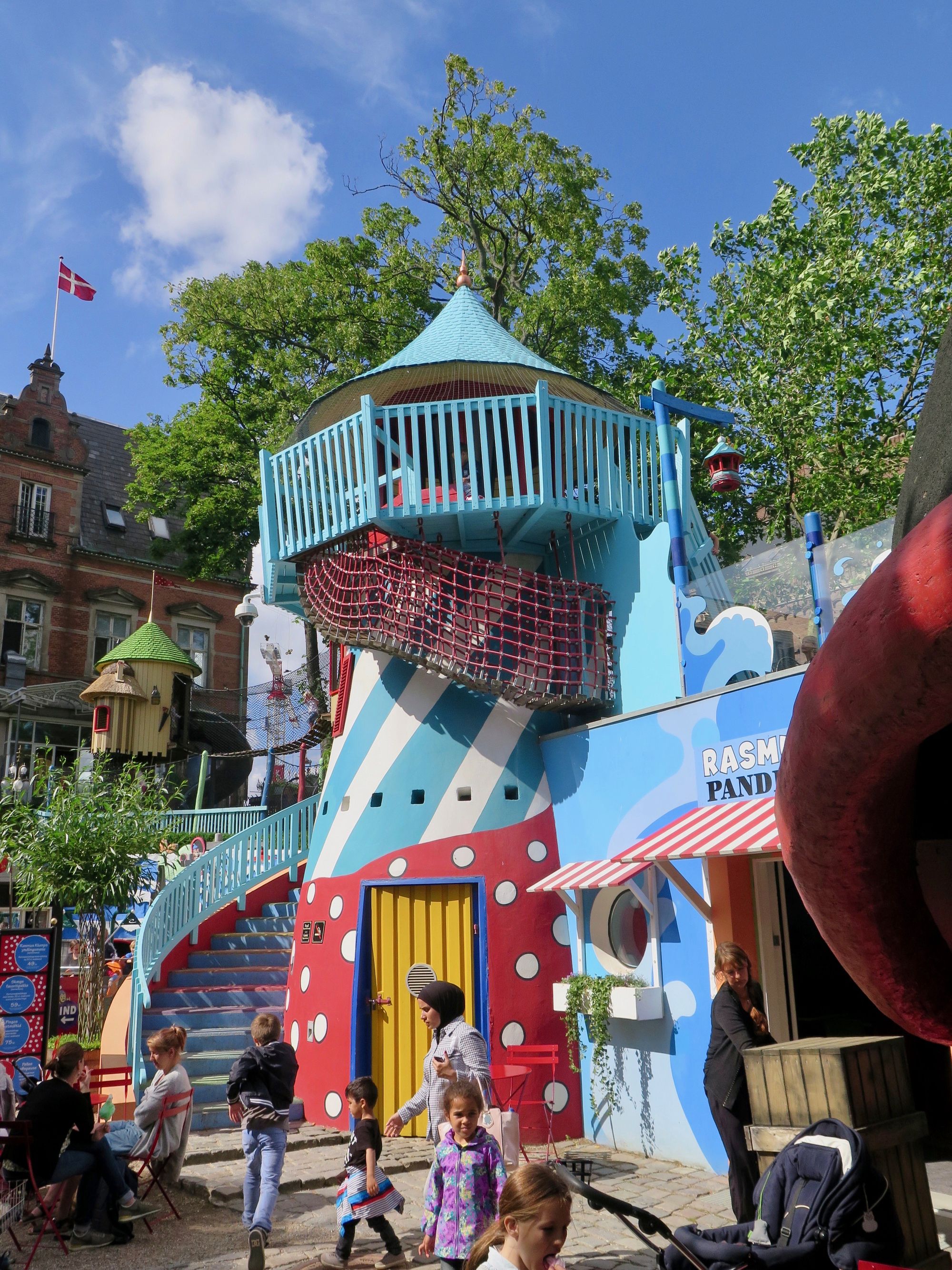
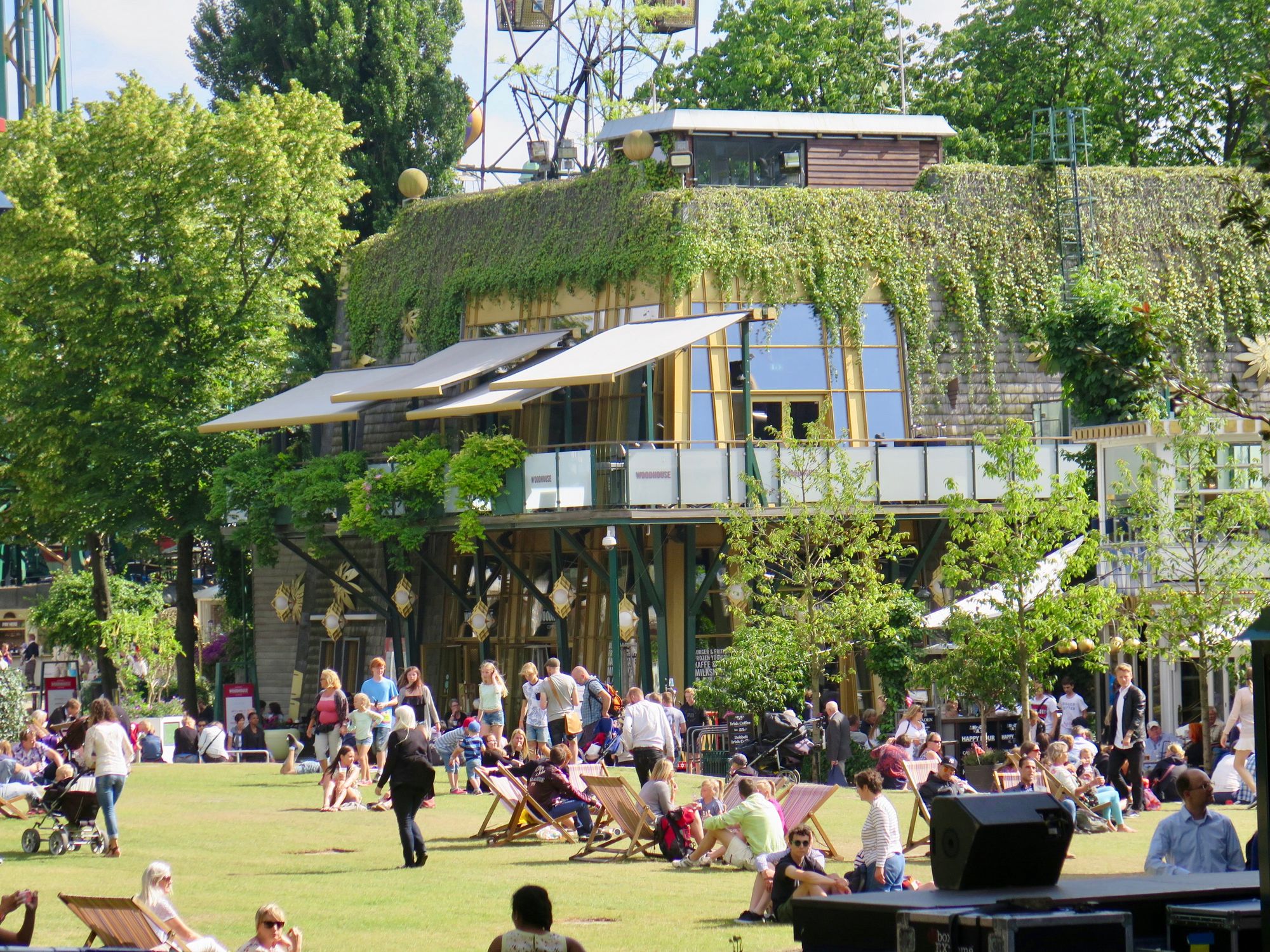
Fun times at Tivoli Gardens, Copenhagen
Related Articles:
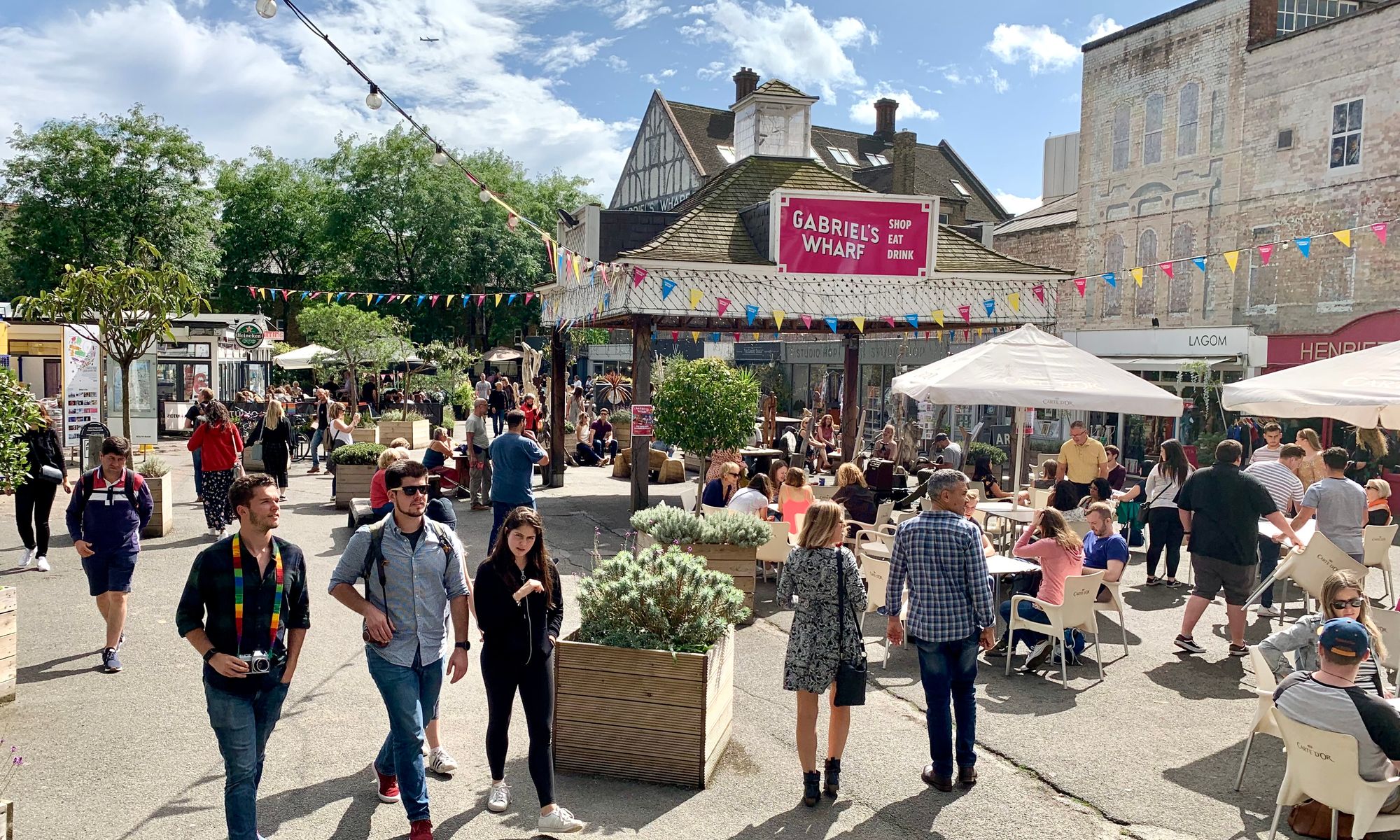
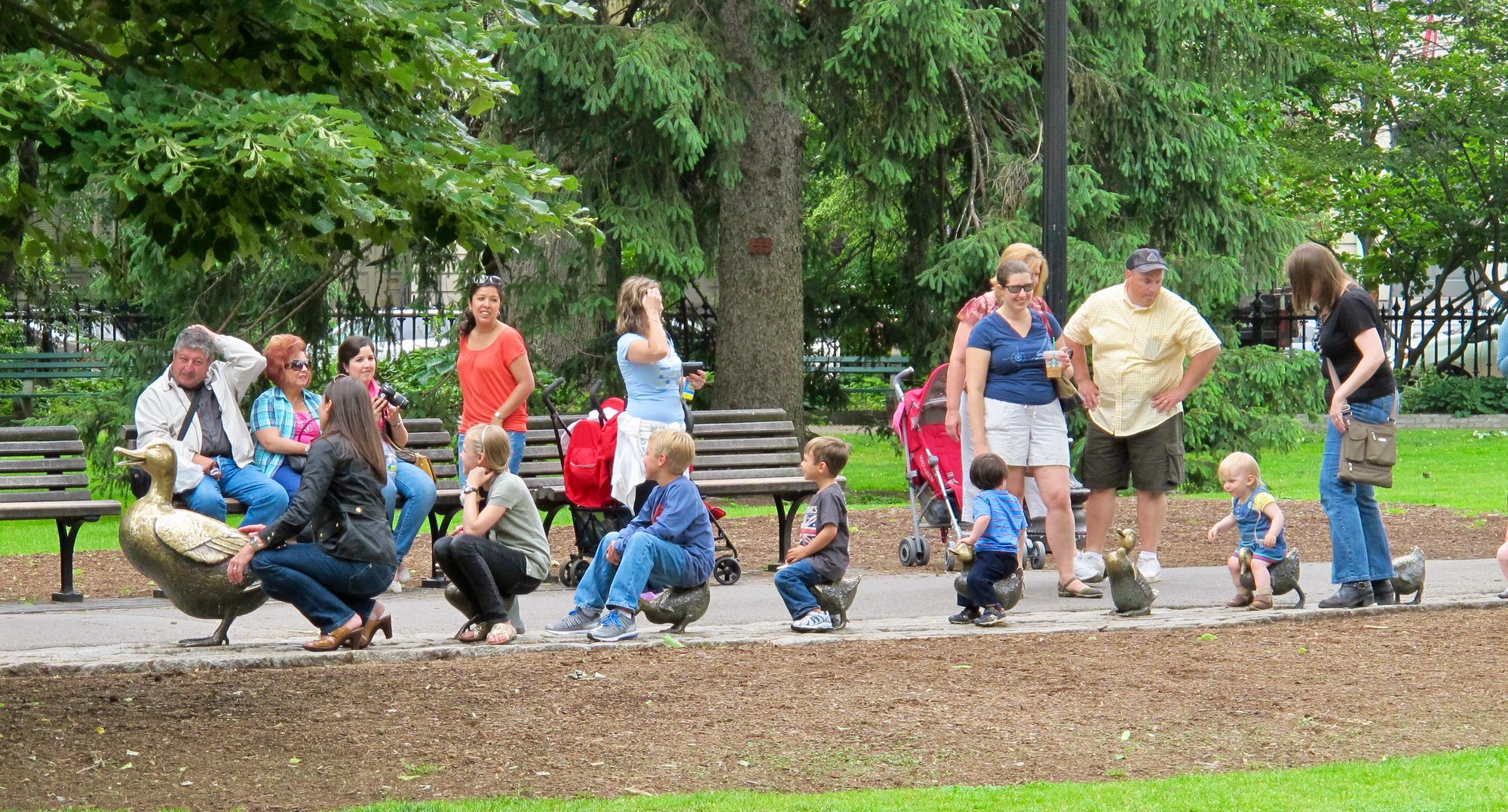
8. Highlighting a Community’s Identity by Creating Great Amenities
Great places require practical, user-friendly features that serve residents and visitors alike. Communities can enhance their existing amenities and create new ones that also help tackle the climate crisis as a creative challenge. Seating, shade cover, and thriving sidewalks are a good place to start. Or take bollards, which go beyond their safety-related purposes to become something to lean on while chatting with a friend, or stand on for a photo opportunity, while also slowing down traffic and helping reclaim streets for people--one of the key tenets of the sustainable city. It’s clear that amenities can serve dual functions of promoting social life while also ensuring climate relief, and communities should welcome this opportunity for out-of-the-box thinking.
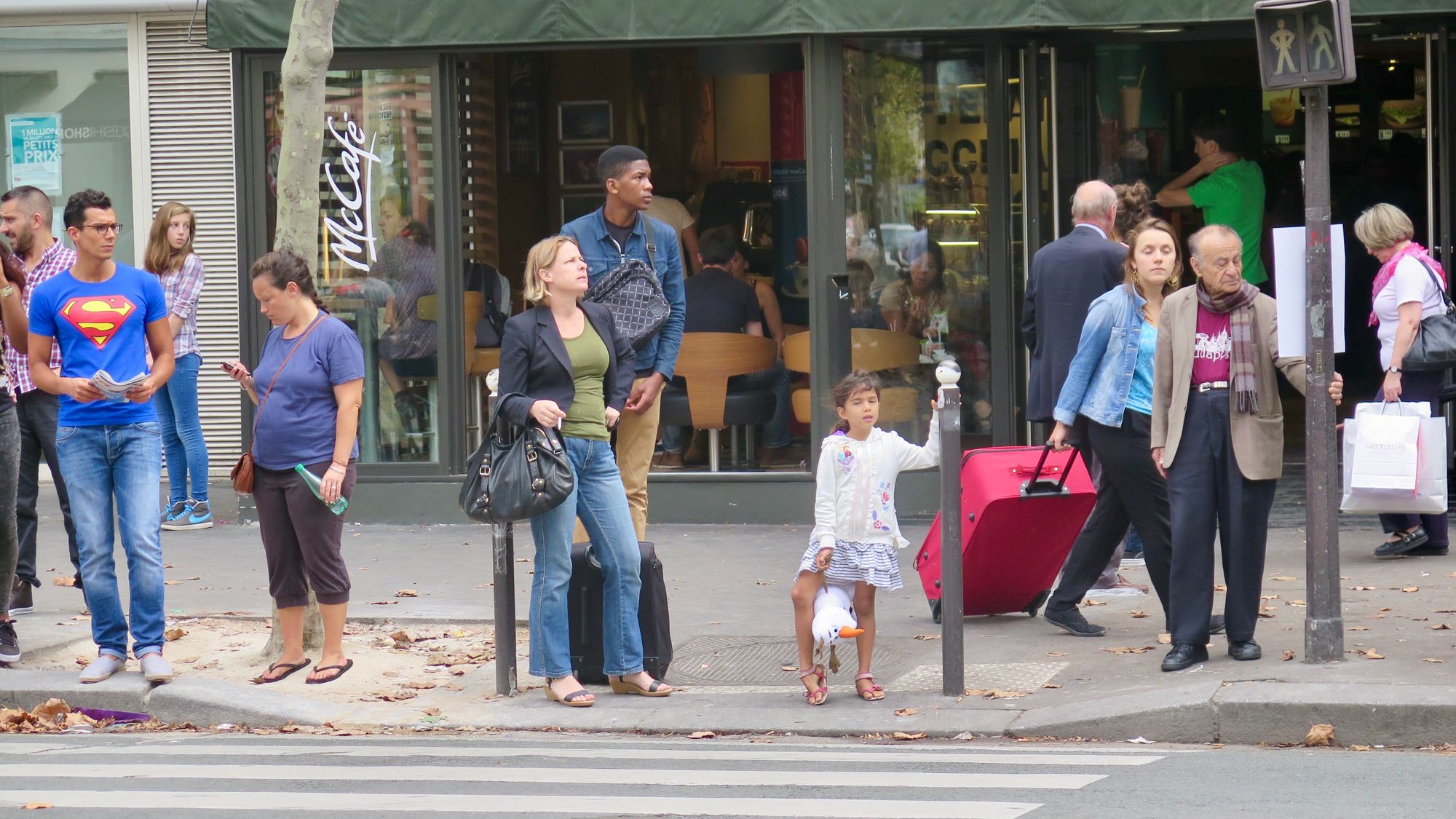
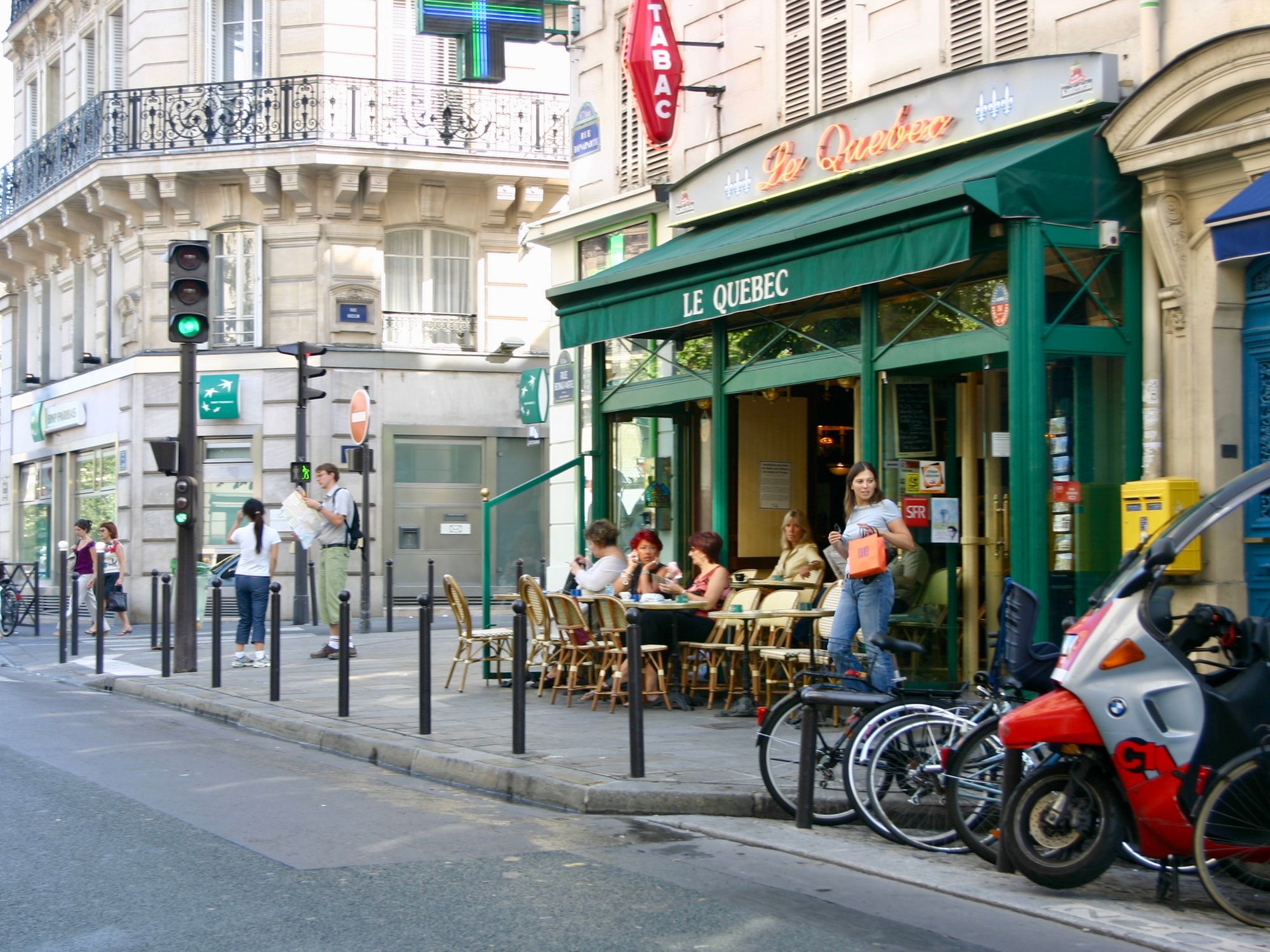
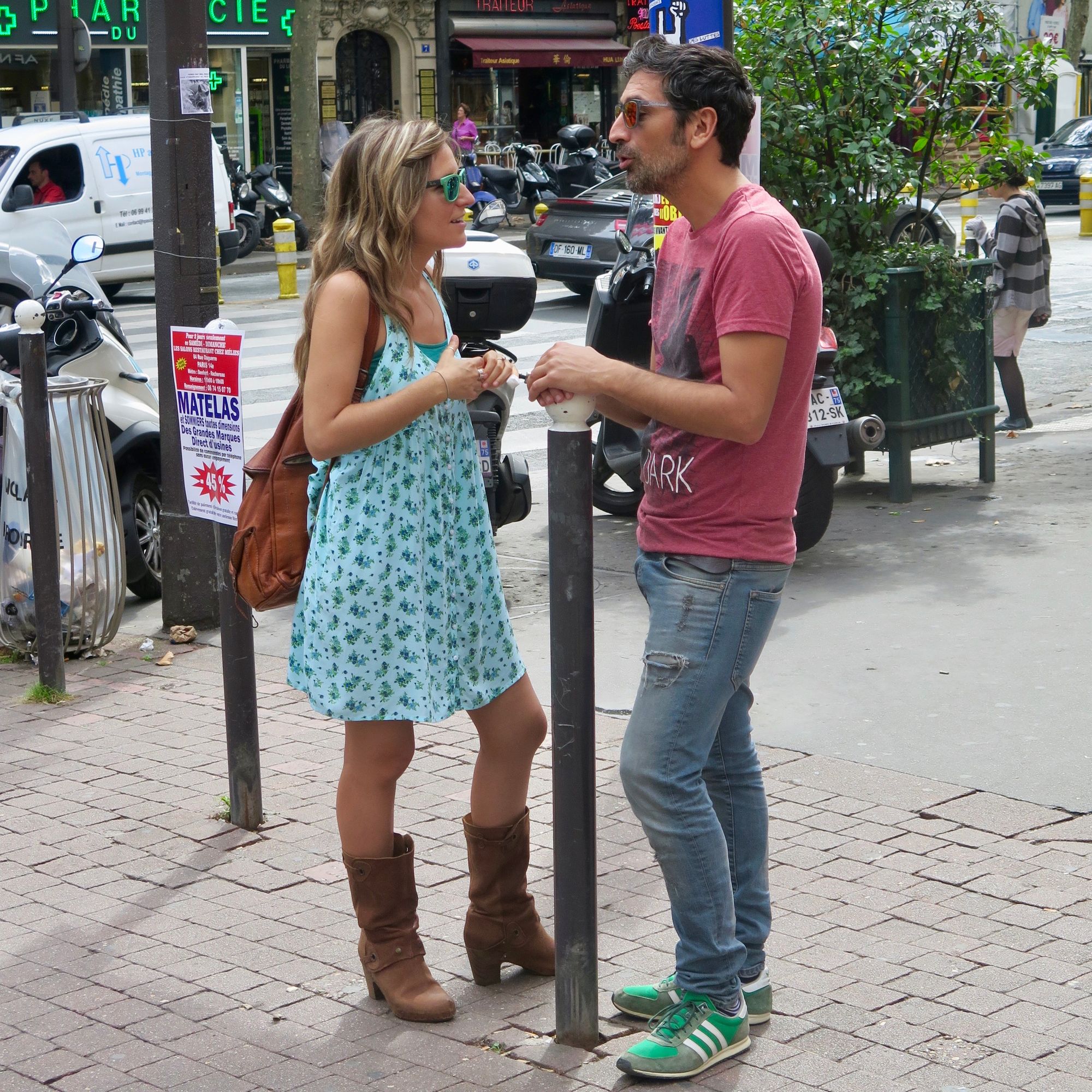
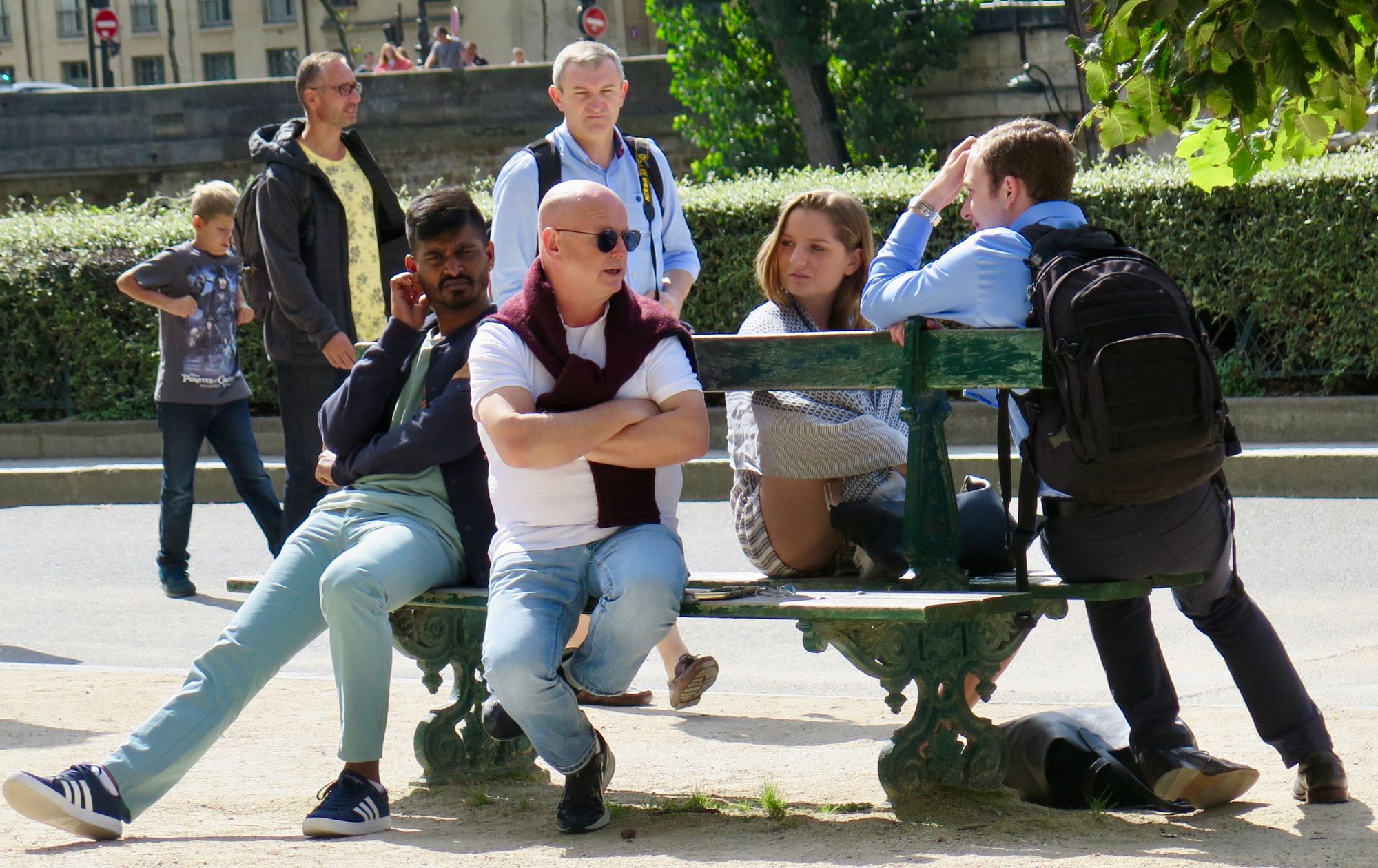
Paris has achieved the "Gold Standard" in this category, by placing amenities like seating, water features, public art, and bollards throughout the city. These features serve local populations as well as the many tourists who flock to the City of Light every year.
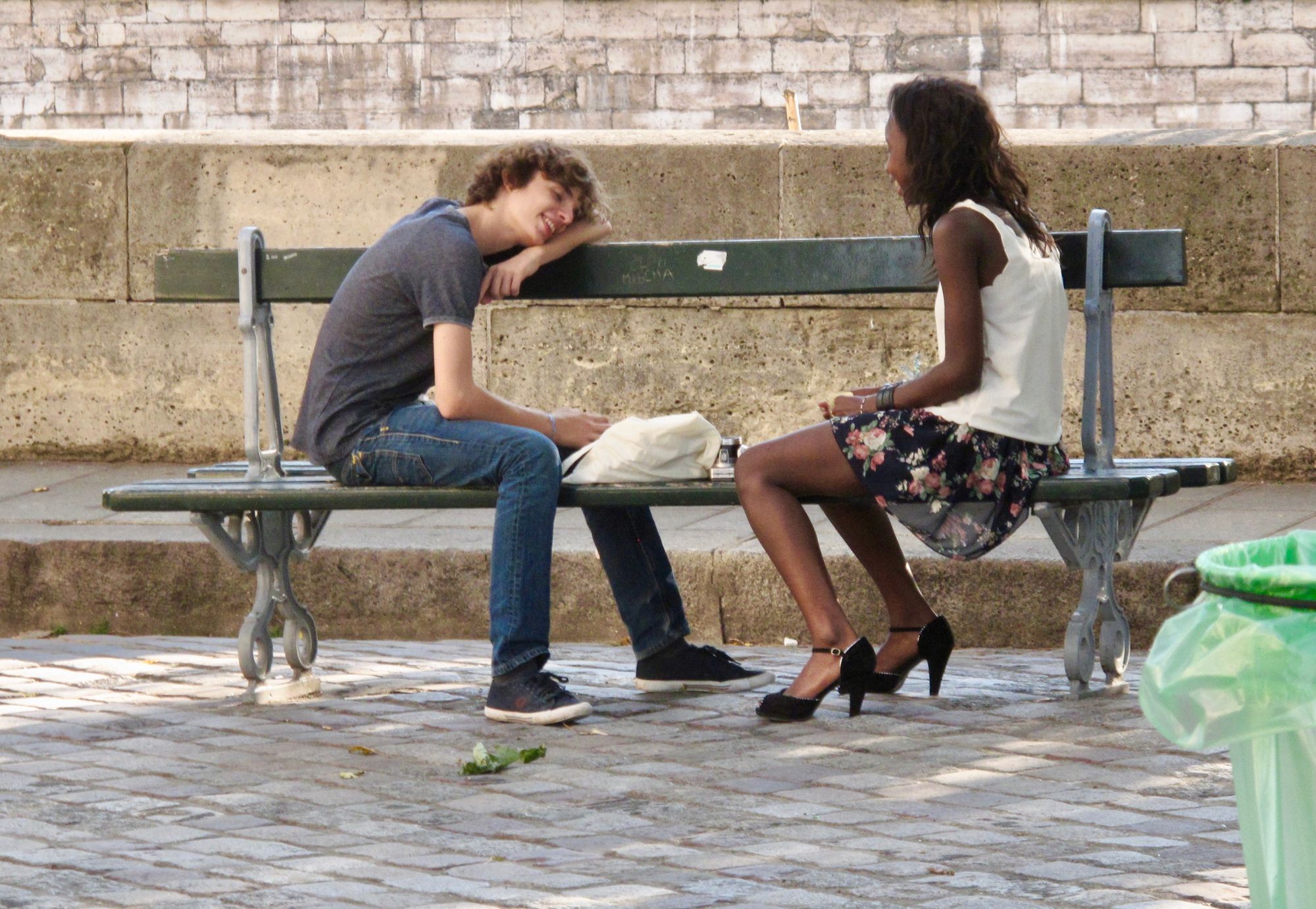
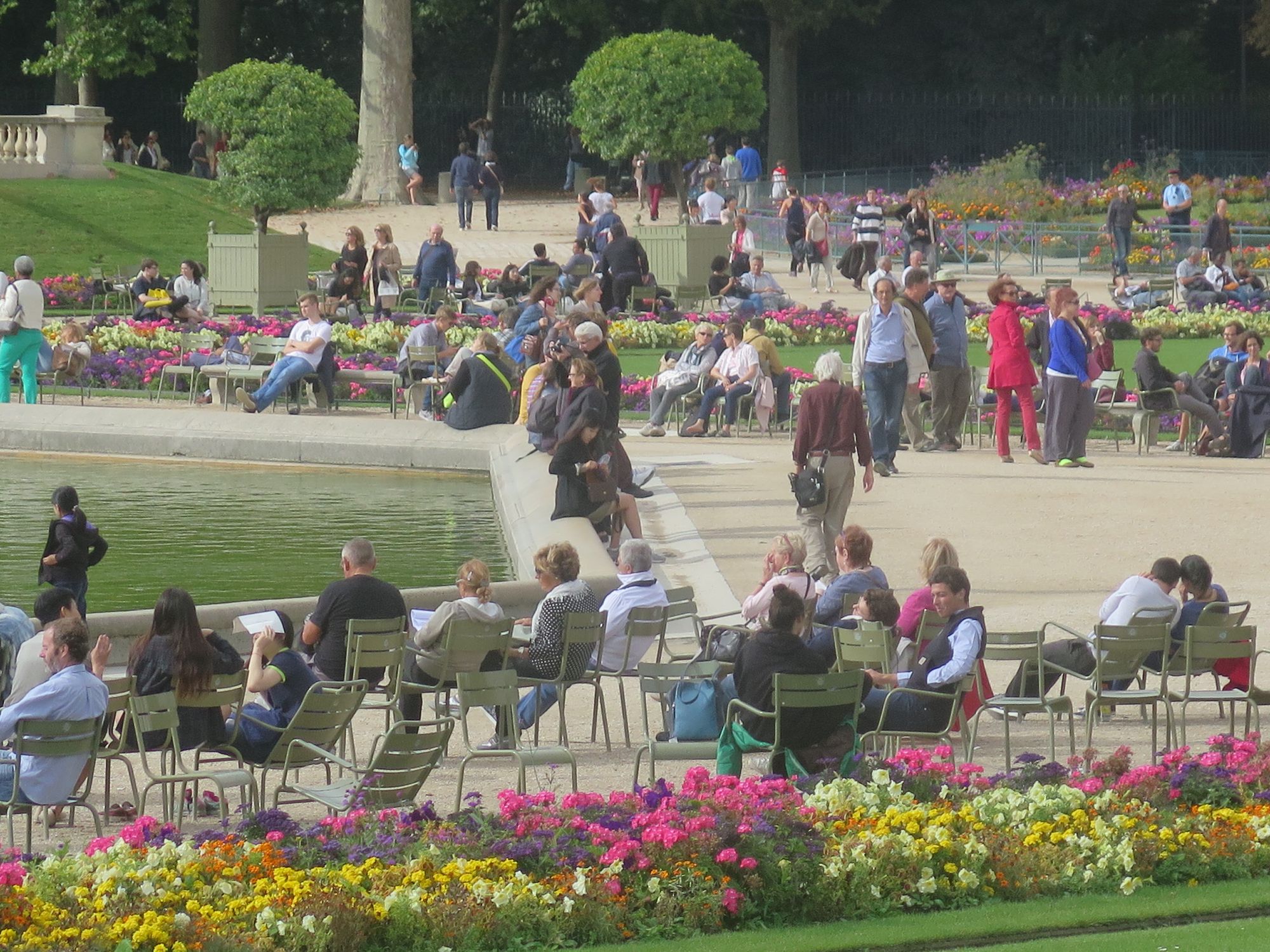
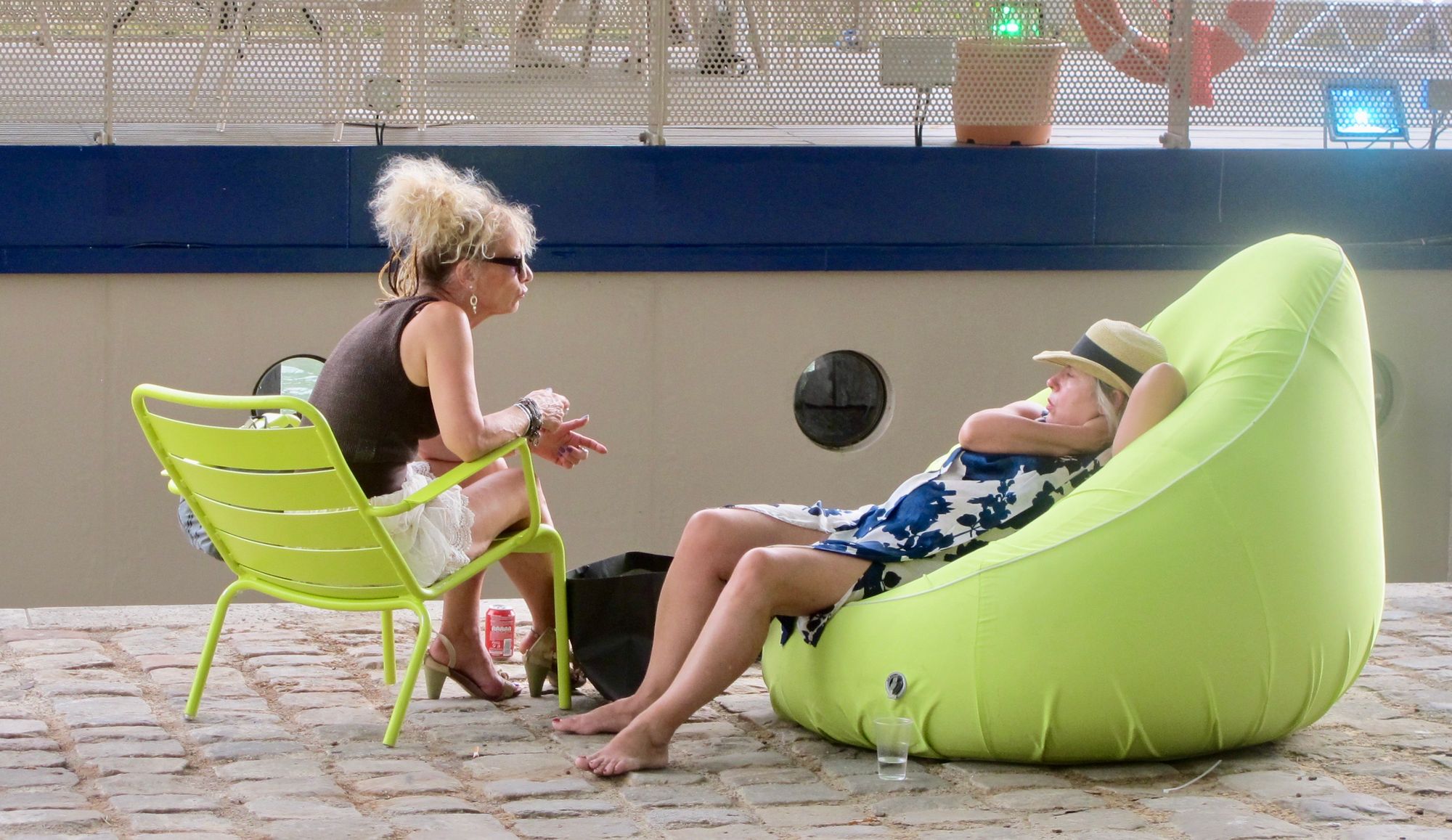

Related Articles:
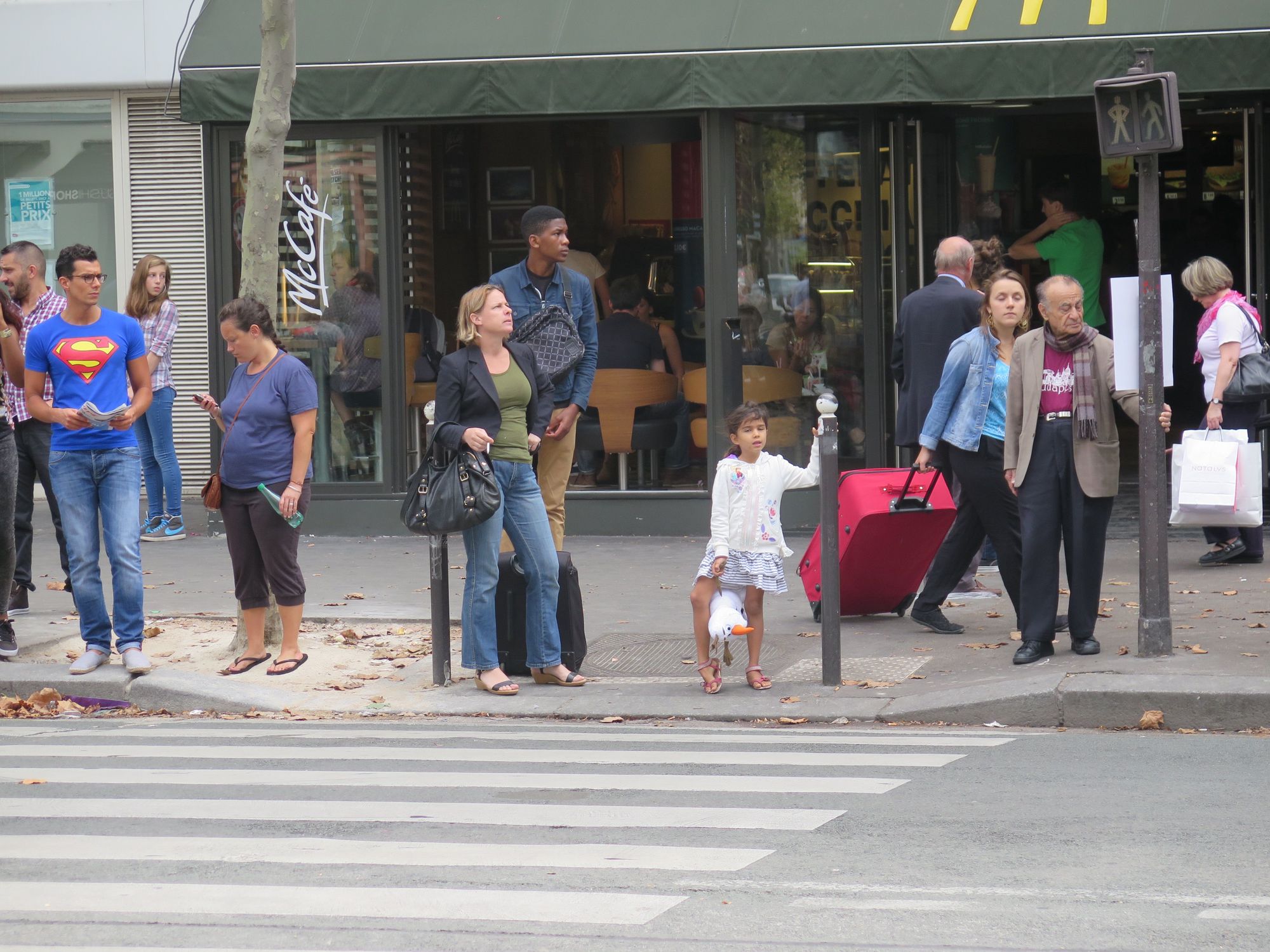
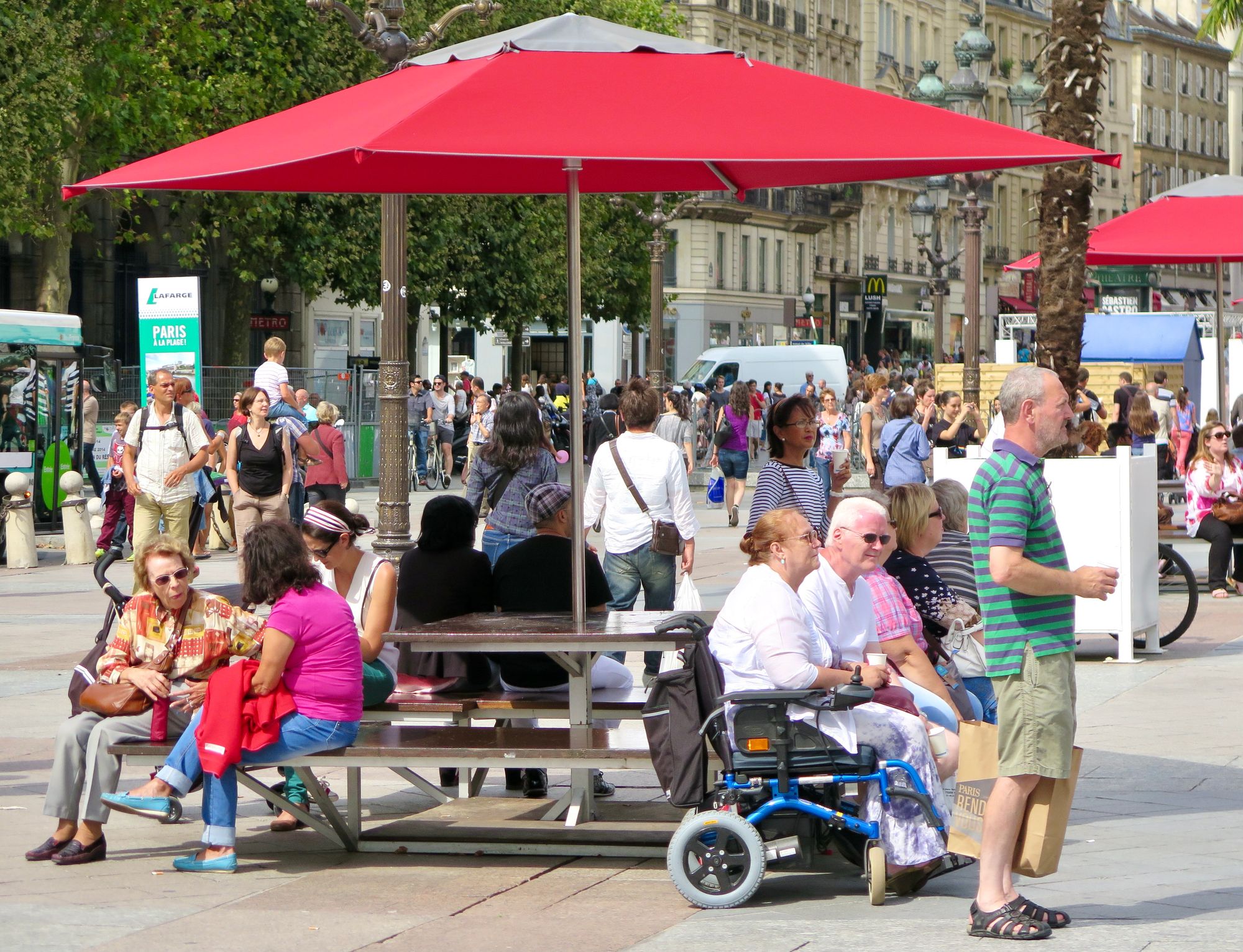
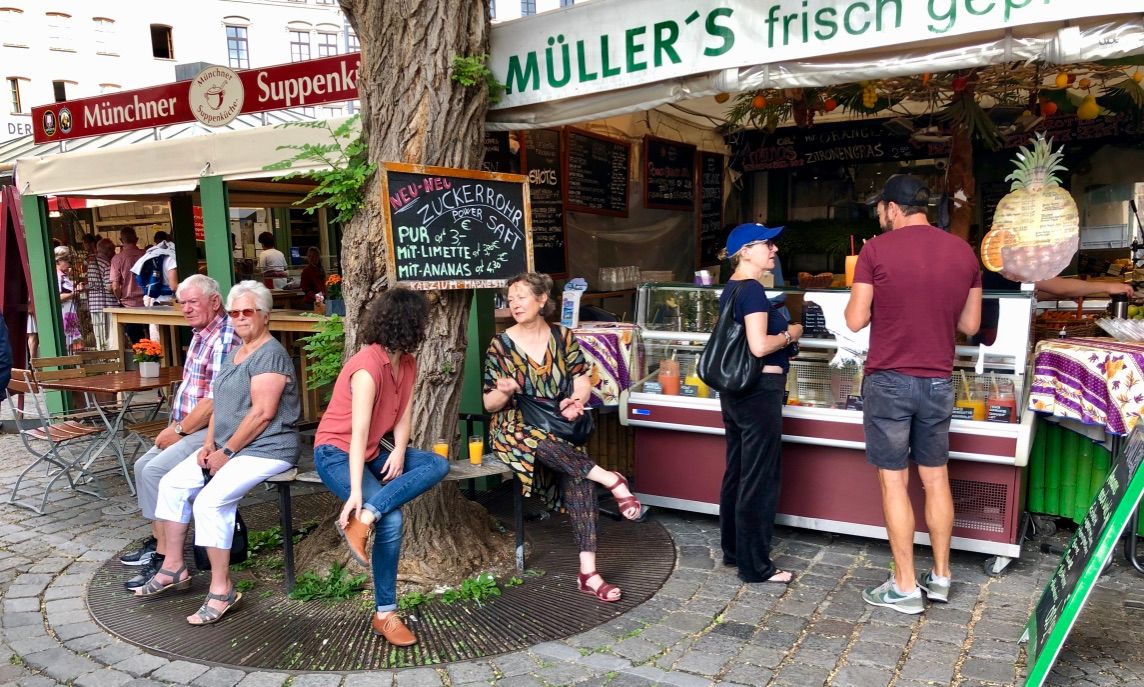
9. Creating Social Life for All
Public space provides us with not only the imperative to do better on issues of social and environmental justice, but also the platform to make it happen. We can make our cities more just, accessible, equitable--and sustainable--places through the lens of public spaces. This is where the deep value of meaningful inclusion and accessibility comes into play: for people of all ages, races, abilities, gender expressions, nationalities, and migration backgrounds. A placemaking strategy beginning with healthy public spaces that puts a community’s needs back in its hands and creates a meaningful connection to the environment is the first step in addressing some of these systemic issues. It's important to remember that climate change disproportionately affects the most marginalized populations, so initiating a climate resilient placemaking strategy--such as this park in Thailand--is a must-have, not a would-be-nice.
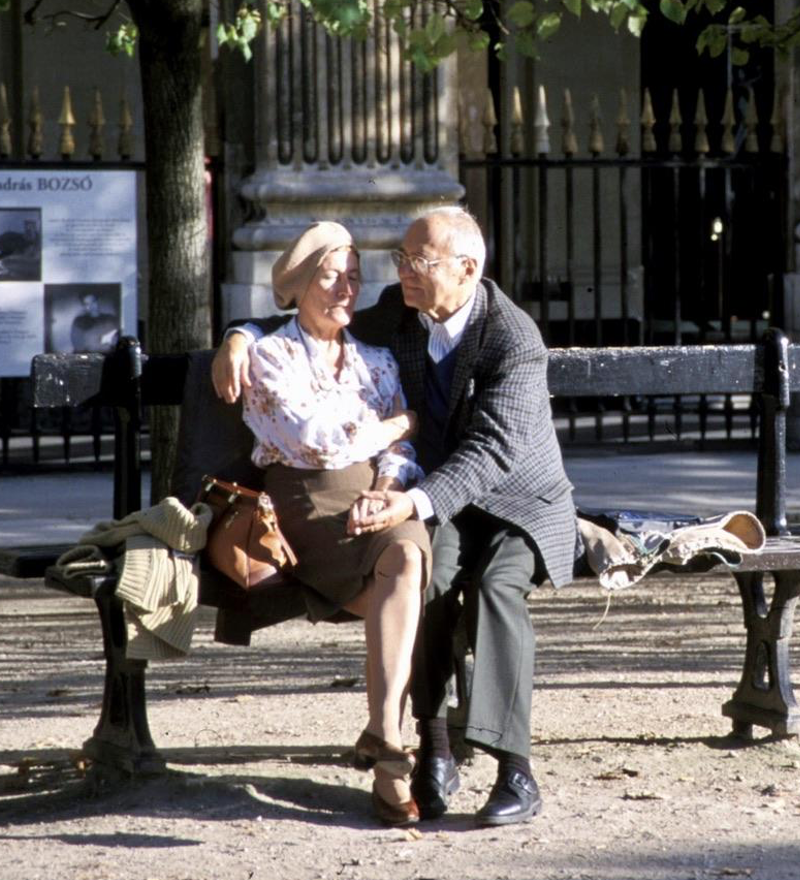
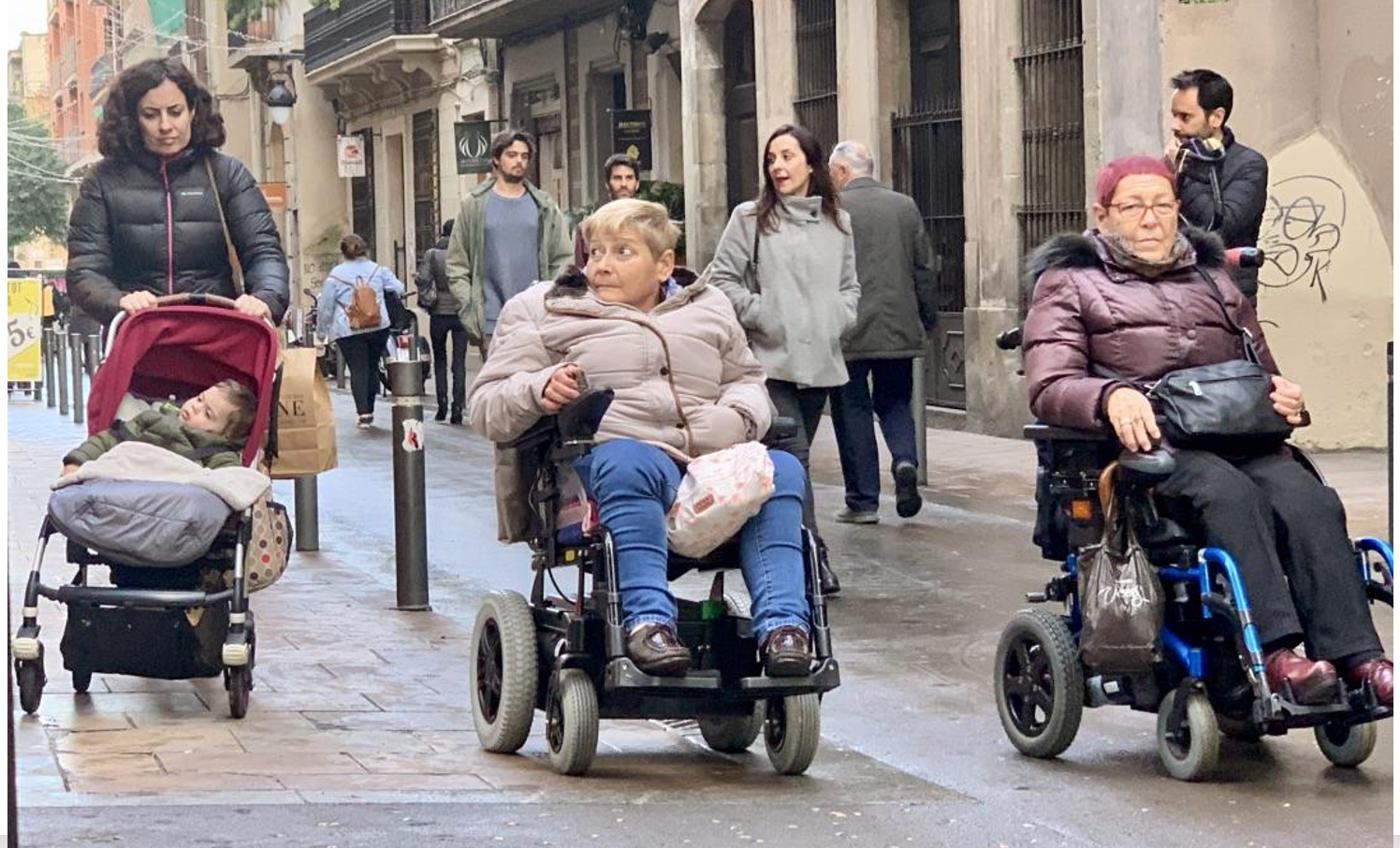
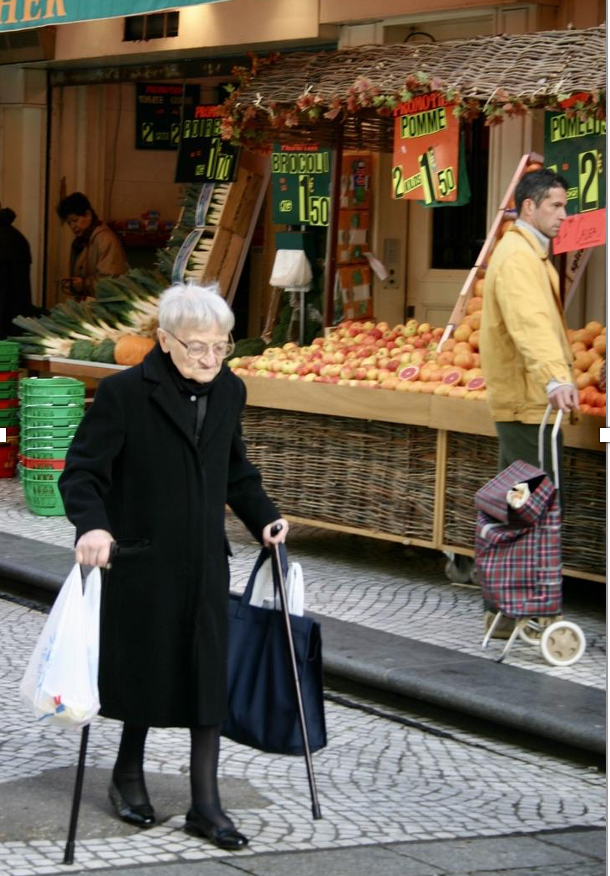
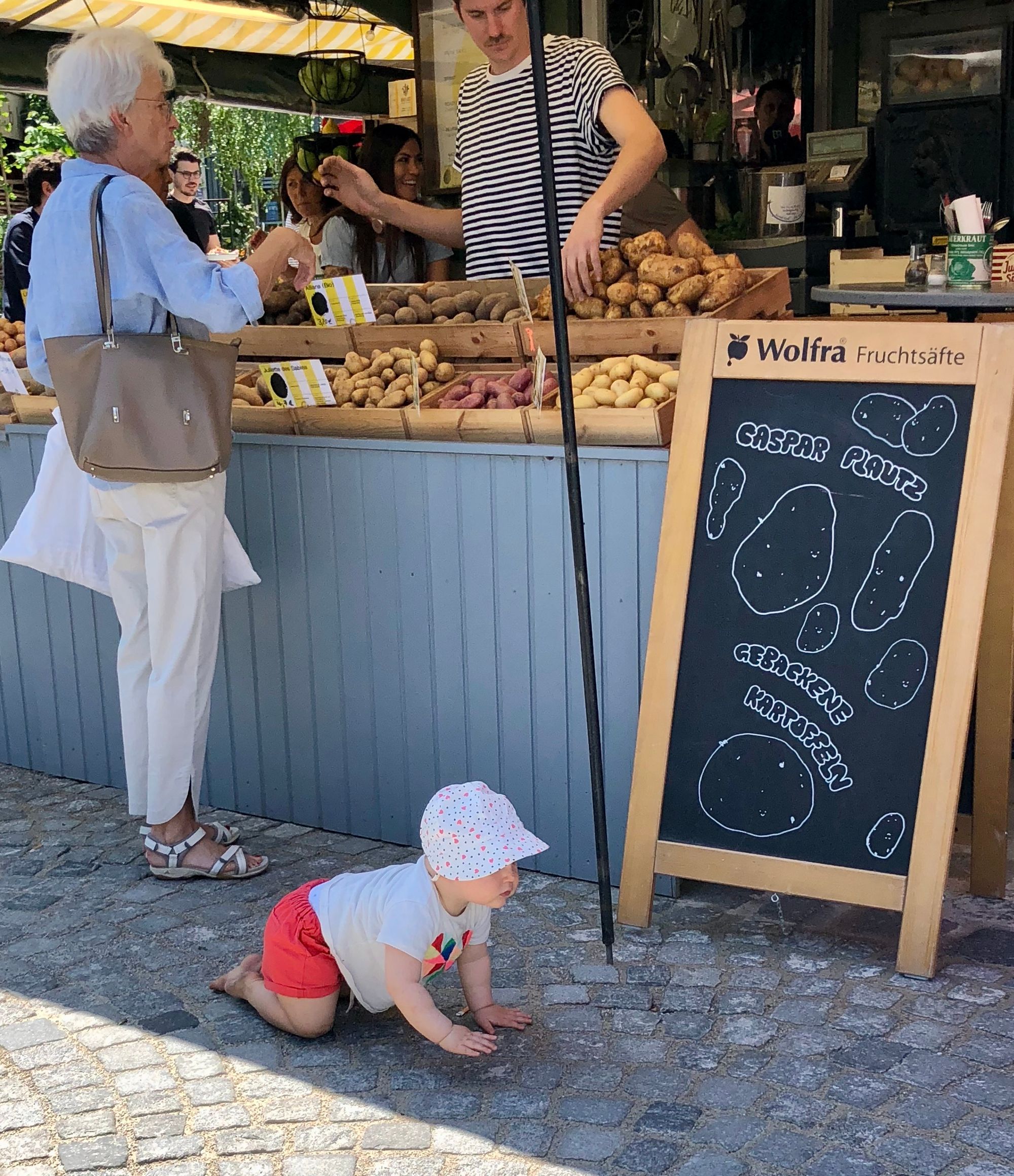
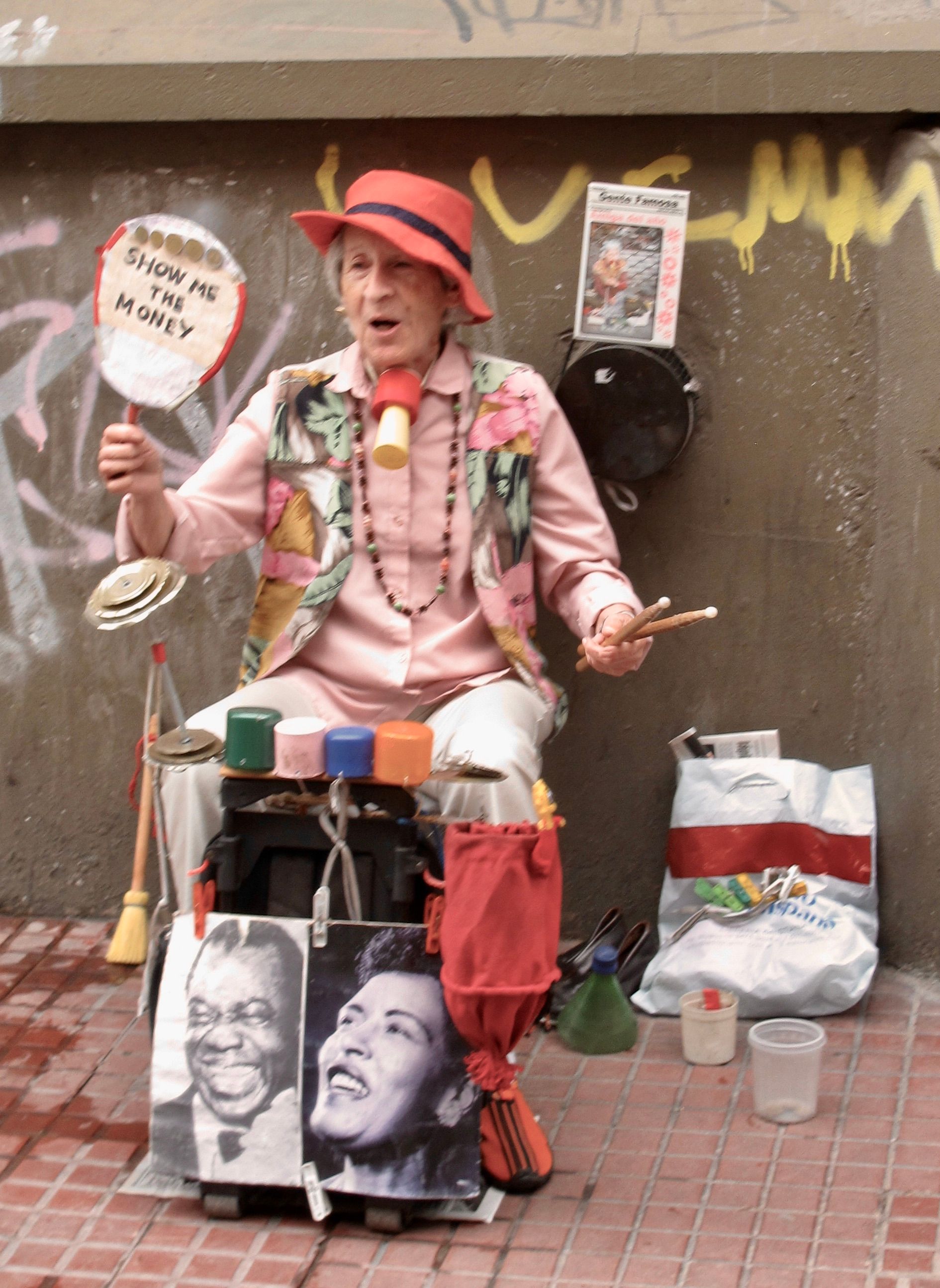
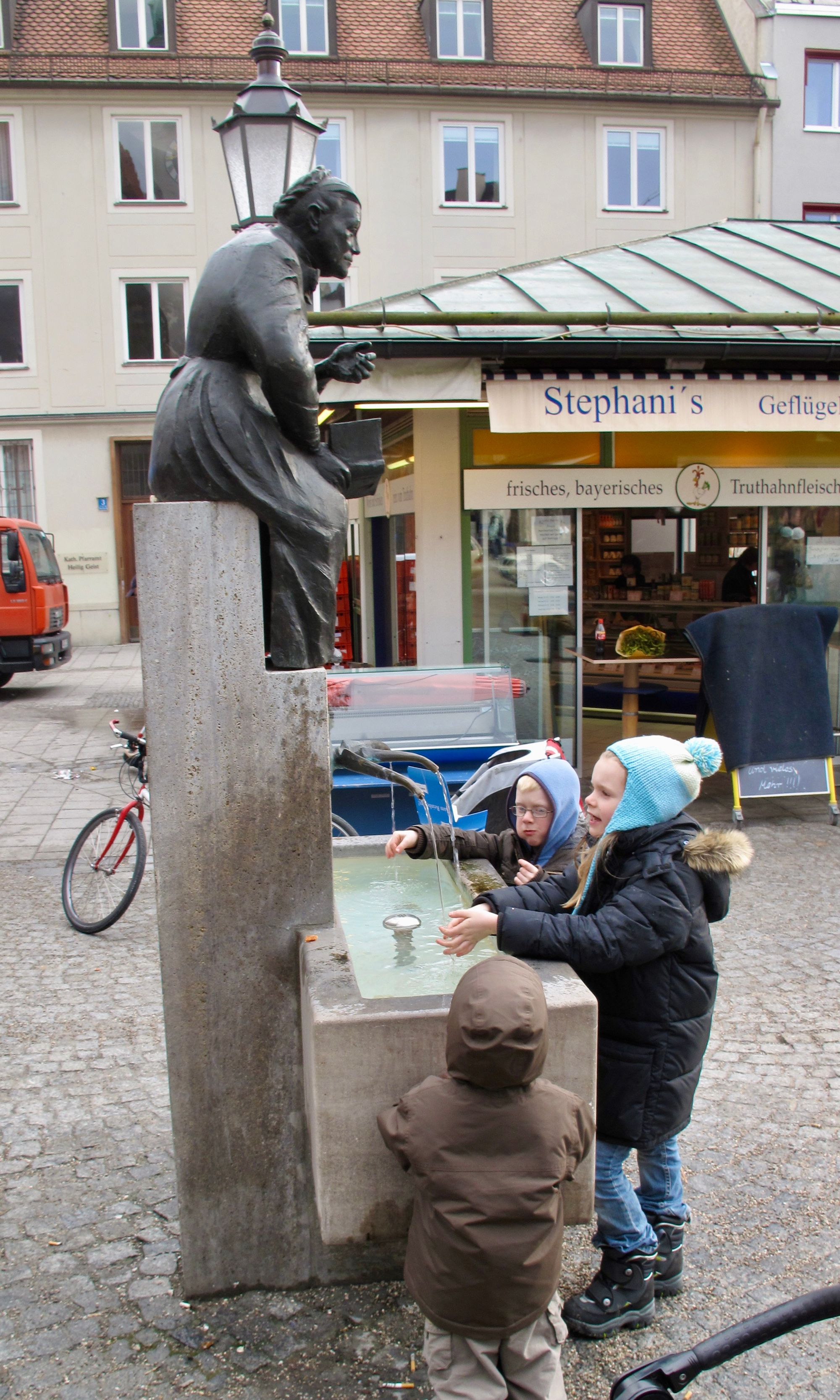
Paris and Barcelona.
Related Articles:
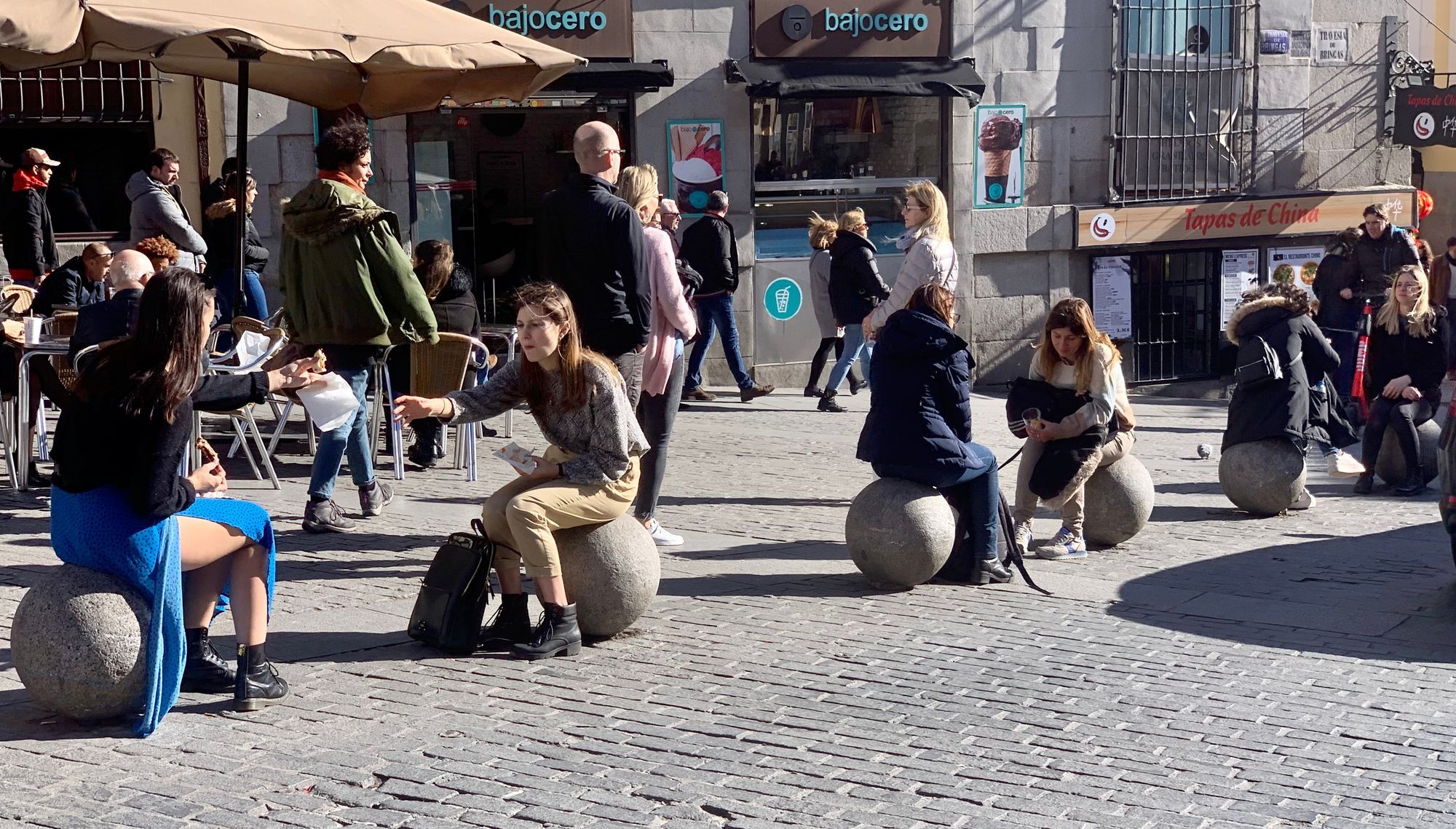

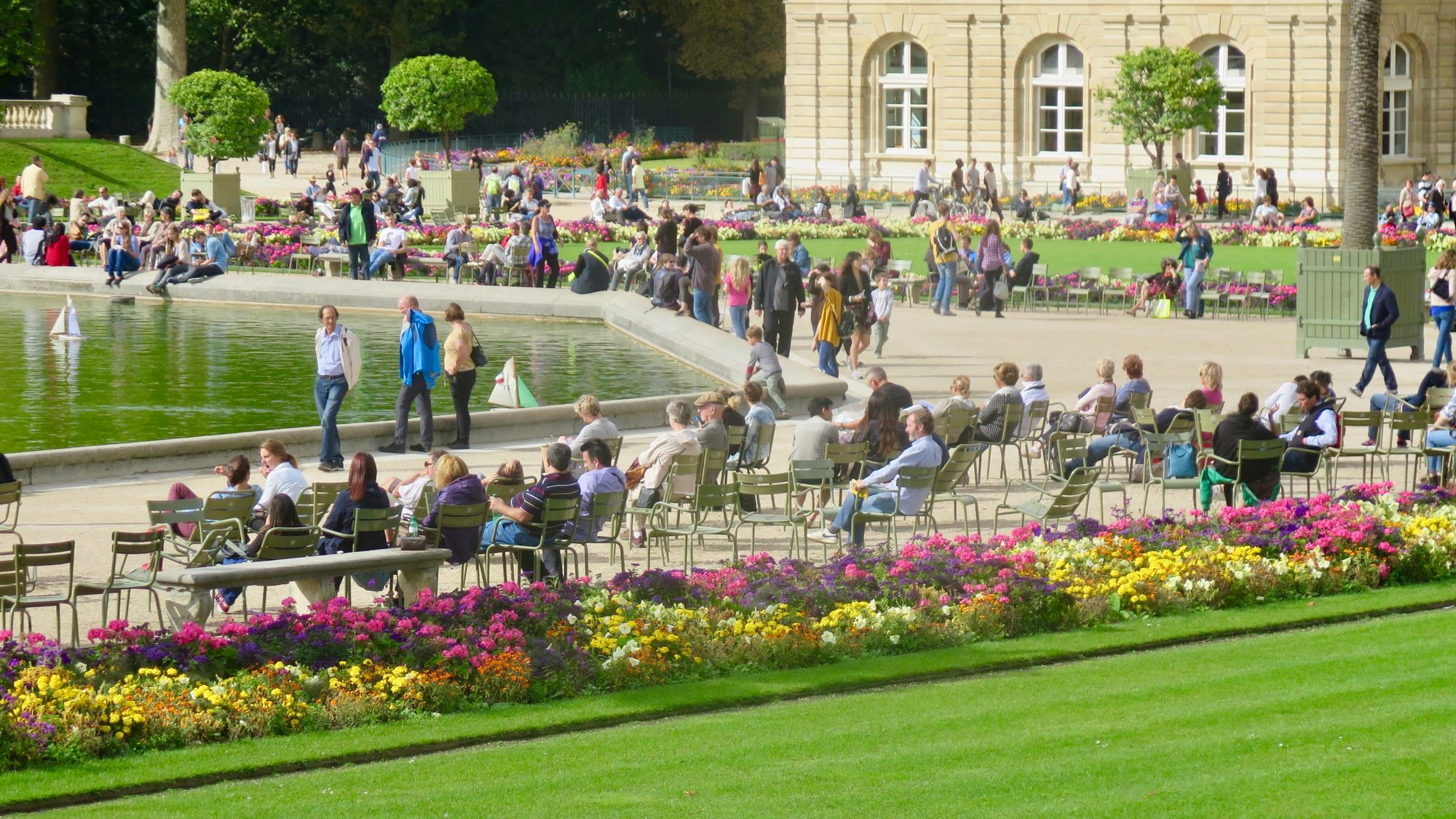
10. Having Fun
Placemaking is meaningless without the idea of fun at its center. Why put in all this work to making public spaces better, unless the definition of "Building it Better" also means that these spaces bring joy to our lives and security to our world, especially at a time when climate anxiety and other systemic issues are at an all-time high? After all, what could be better than re-imagining the ways that our public realm can enhance our lives, our connections to one another, and our healthy relationship with the planet? Let’s take the climate crisis and the pandemic as an impetus to come together to reshape behaviors and lifestyles around the changes that matter most: keeping it local, community-oriented, decentralized, low-waste, and participatory. In other words, at human scale: made by and for human health, longevity, and happiness. Everyone wins...humanity and the planet.
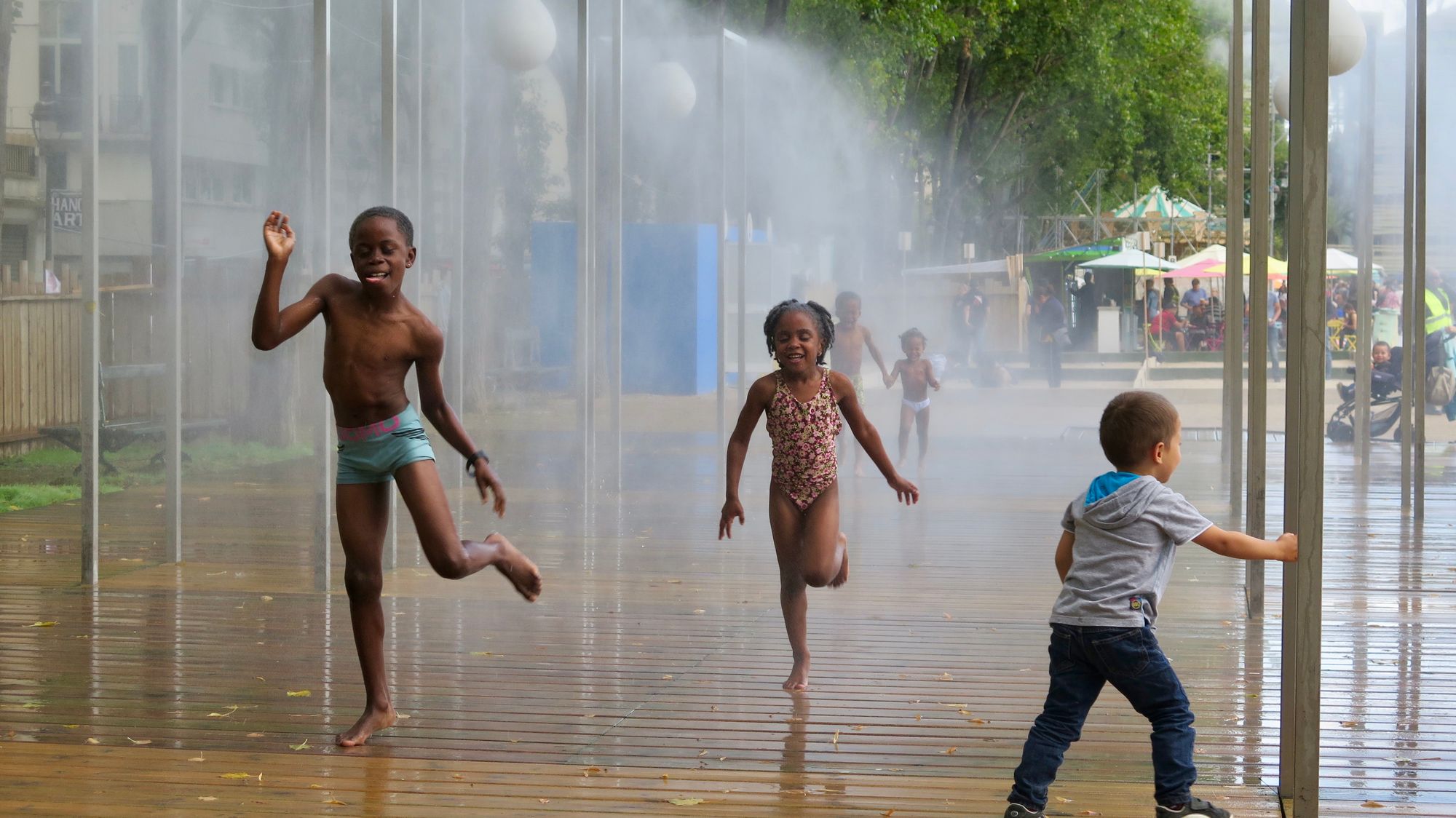
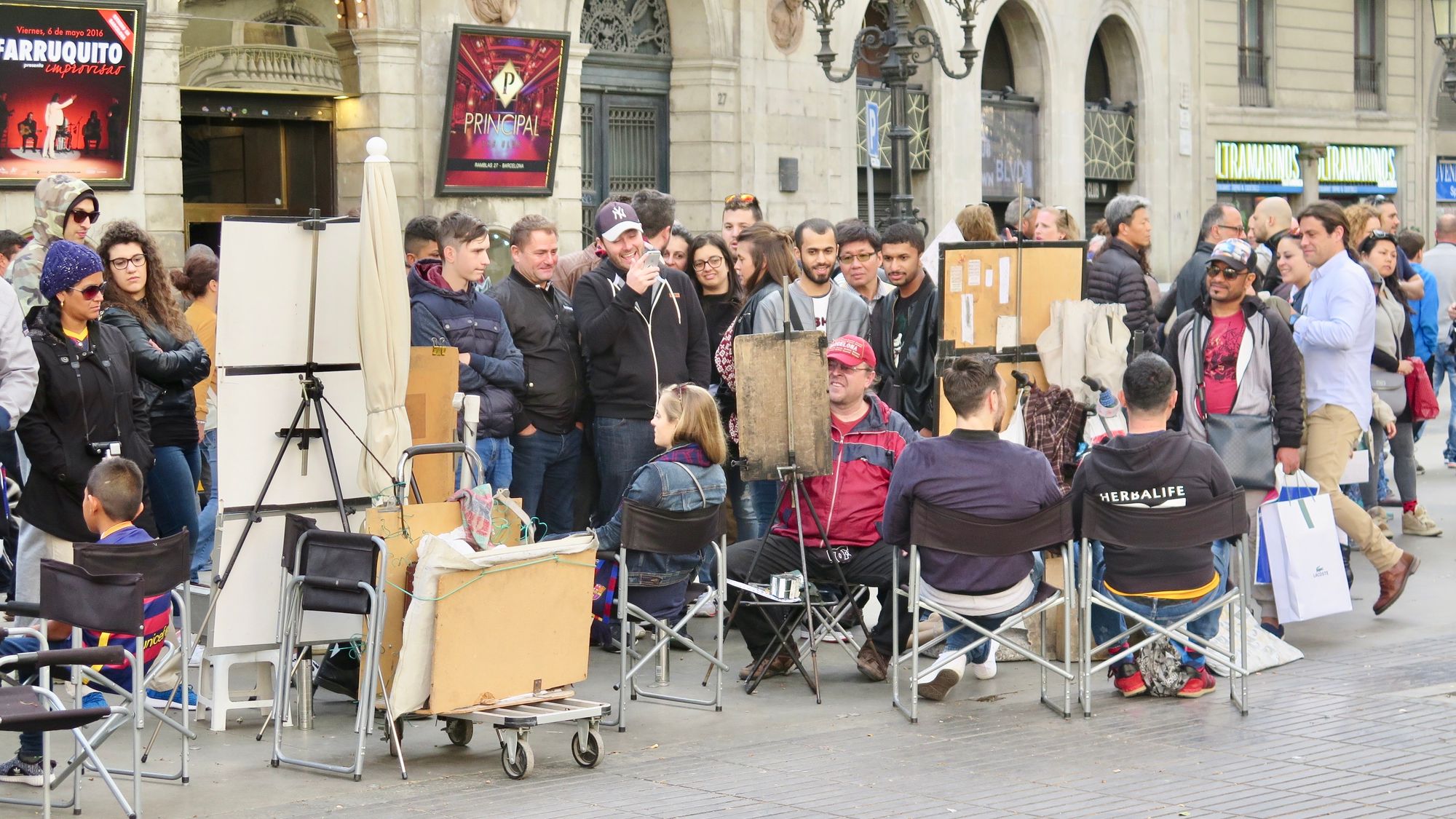
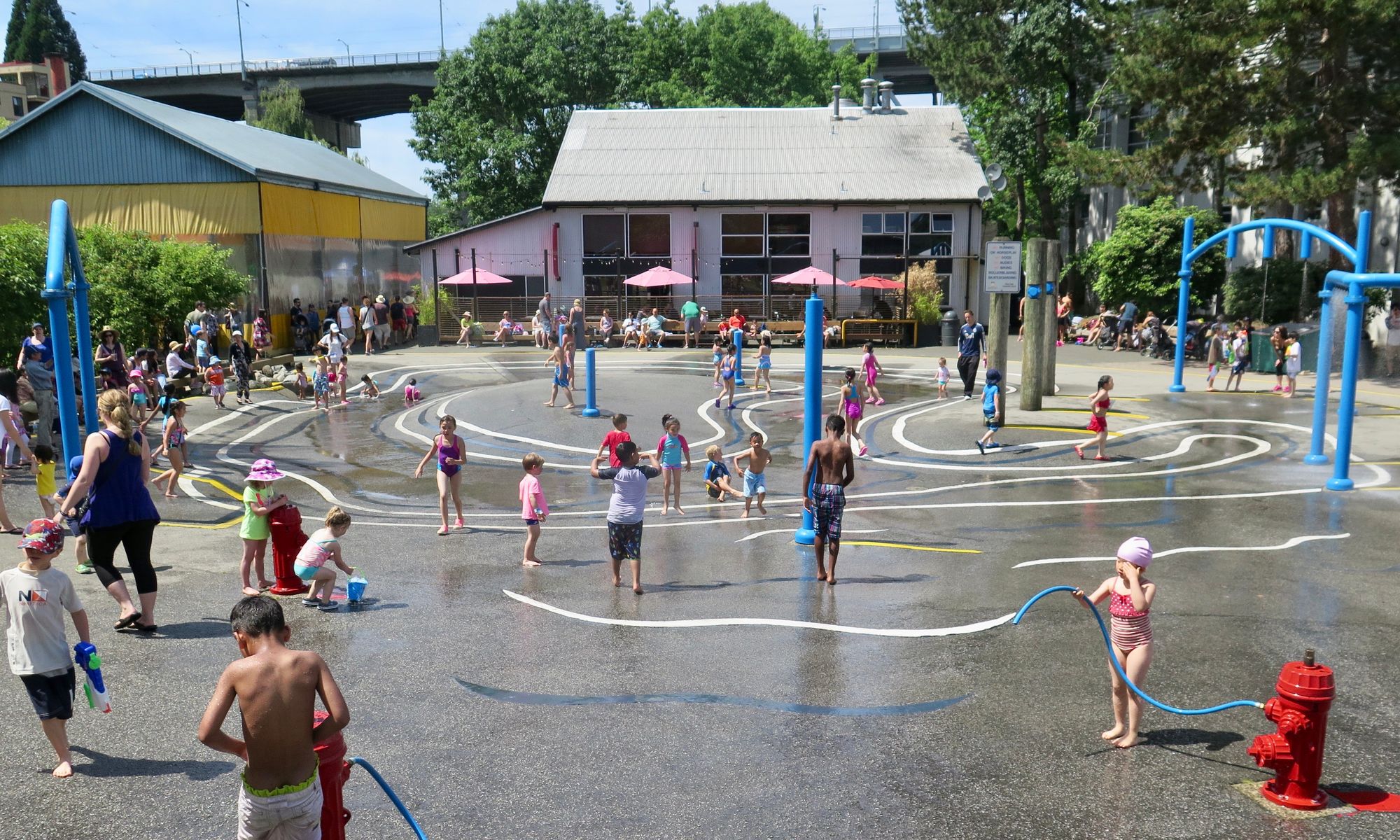
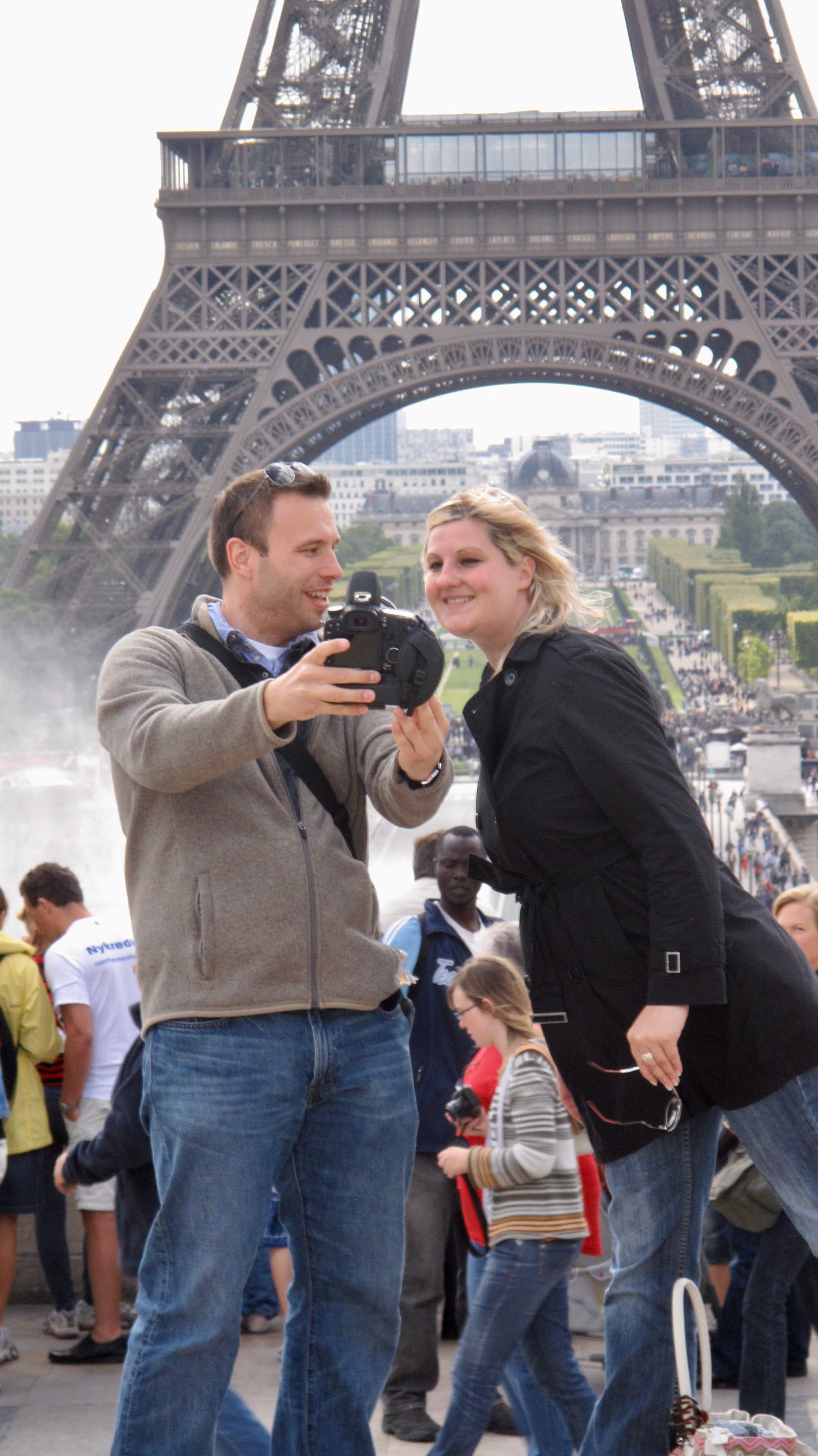
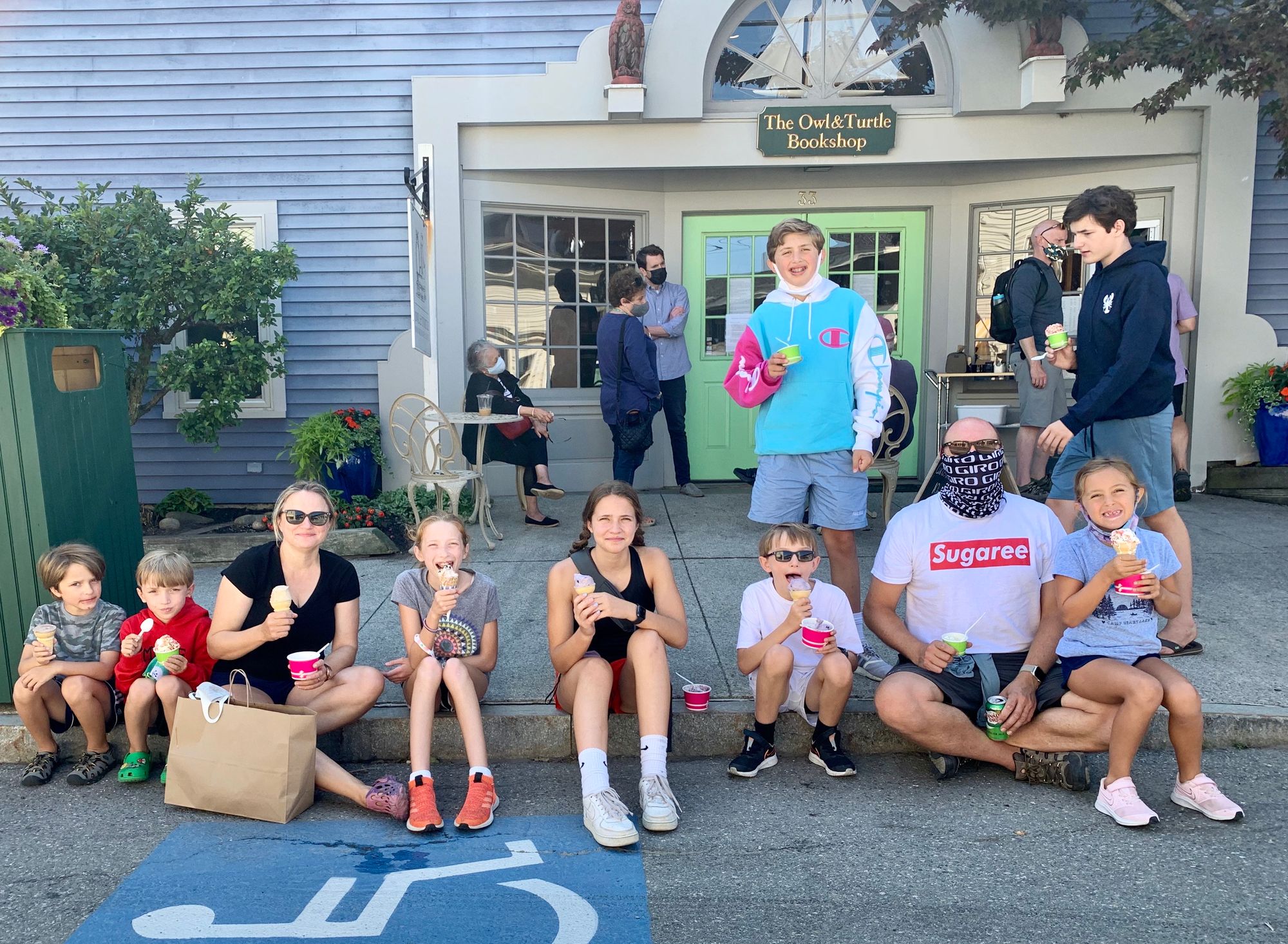
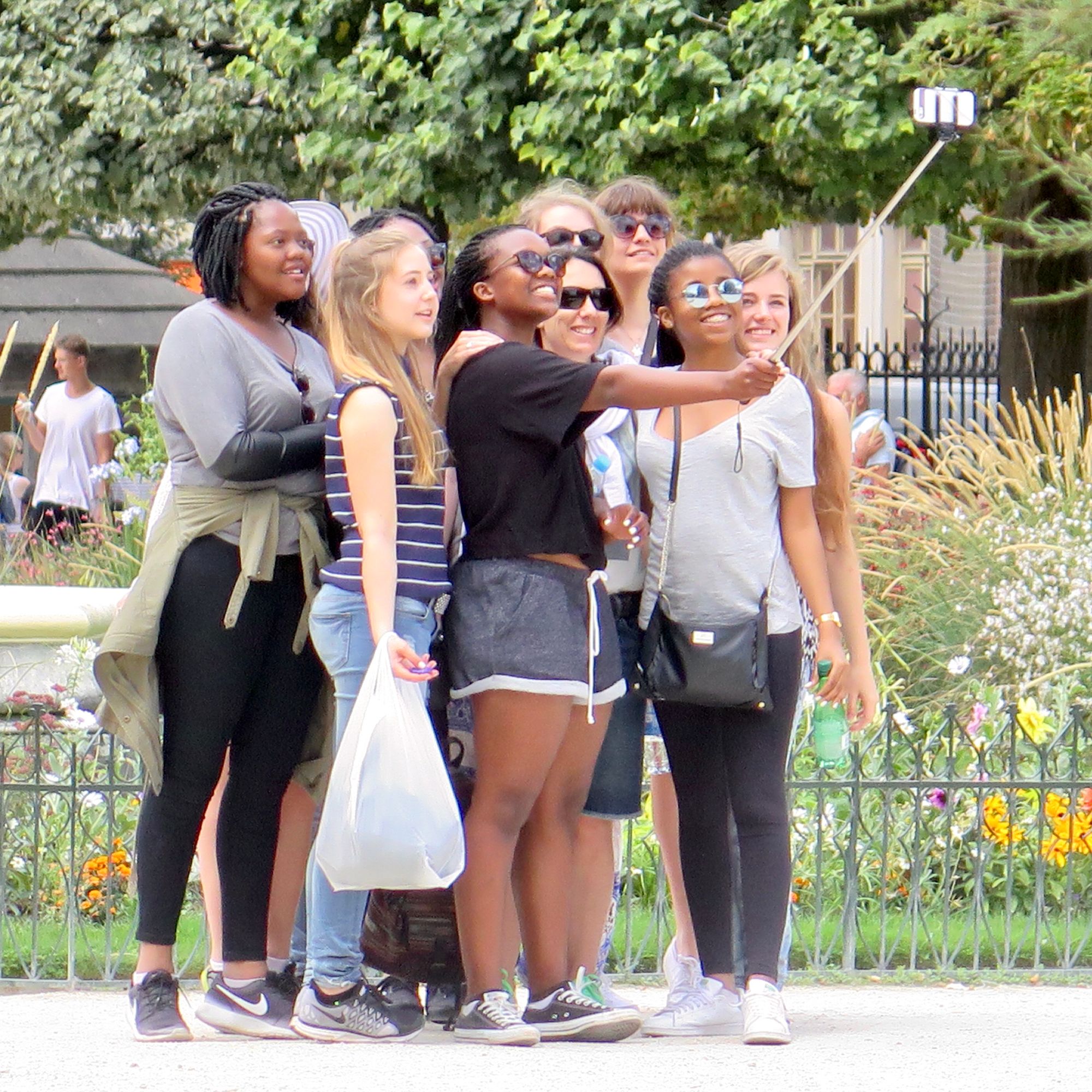
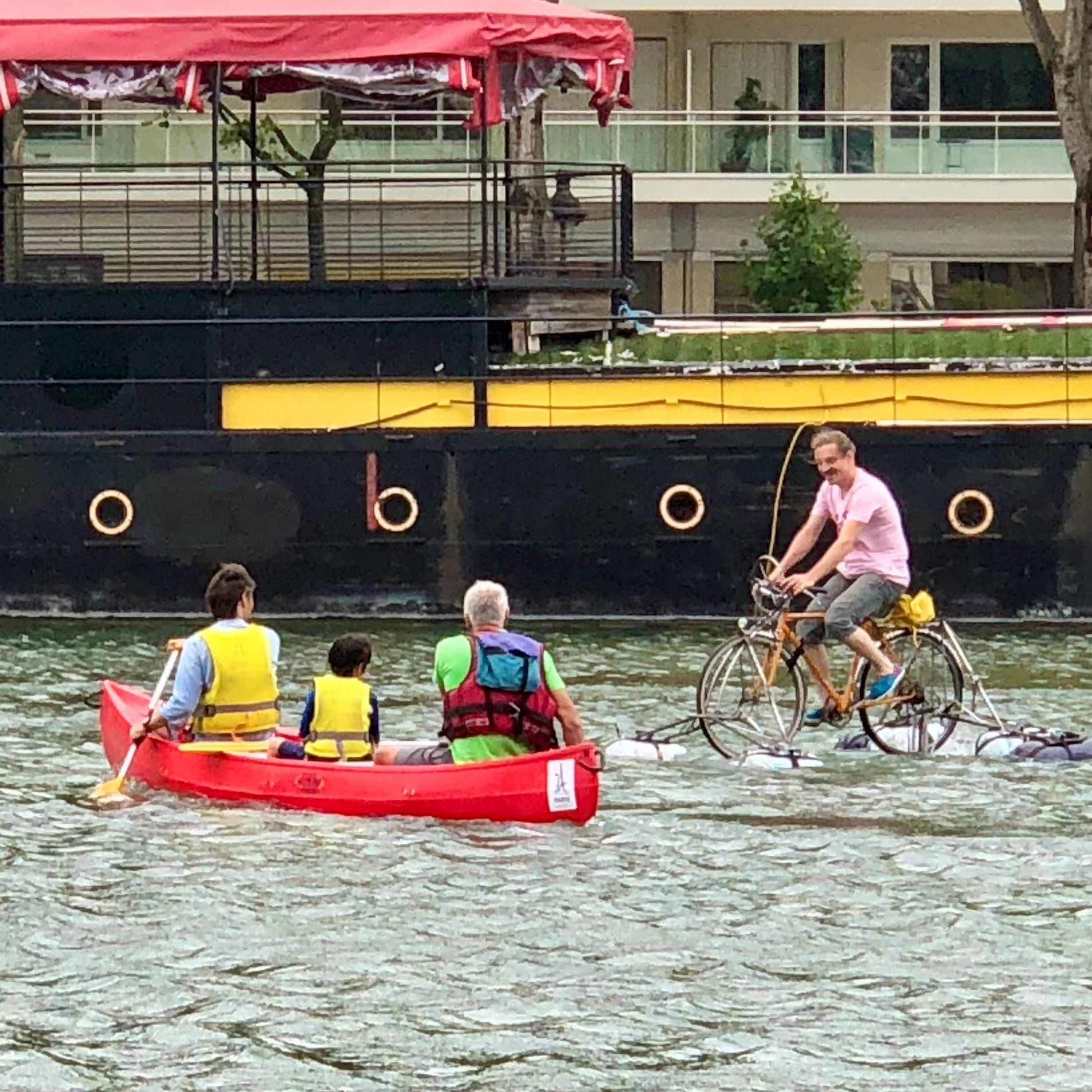
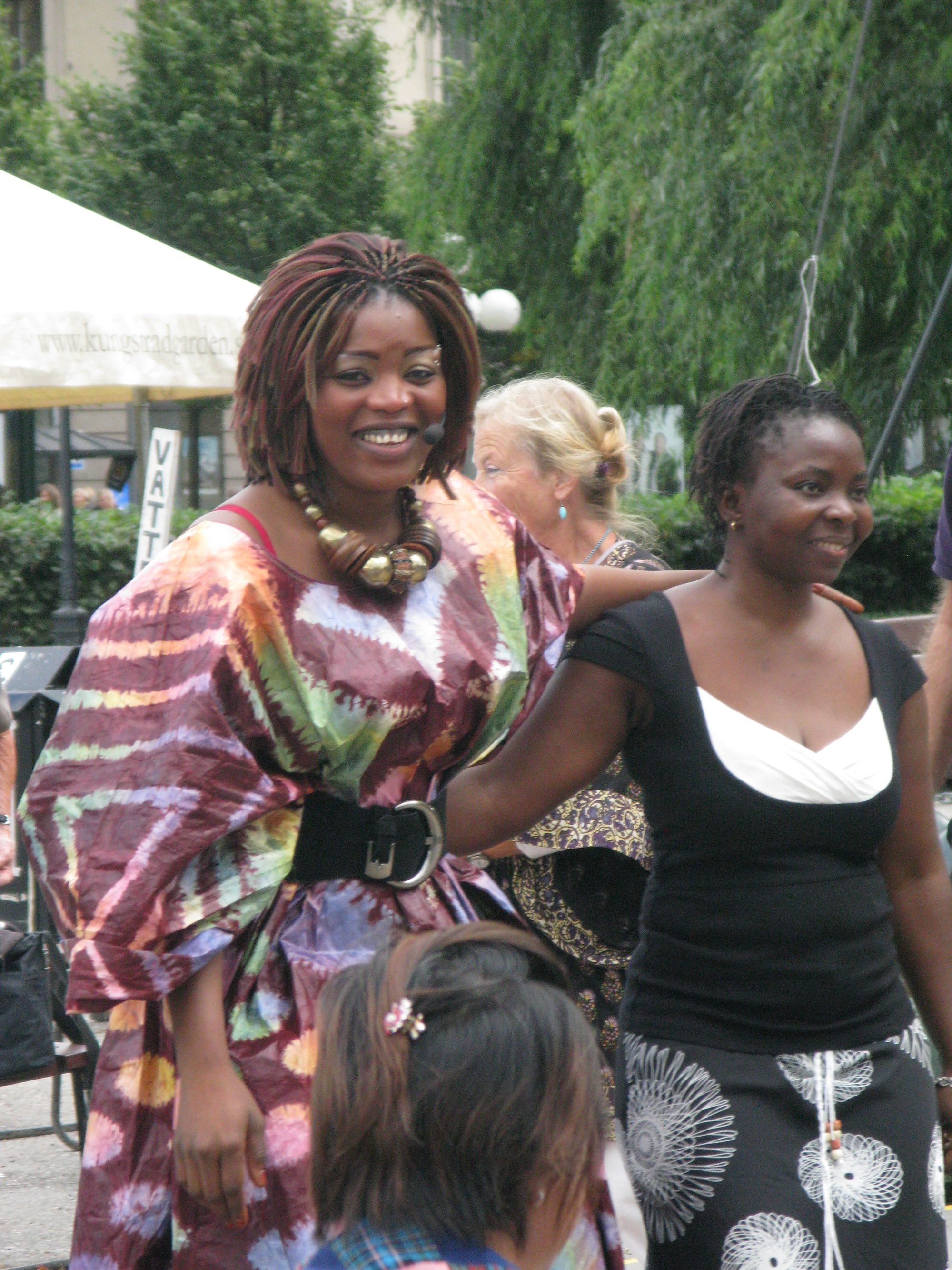
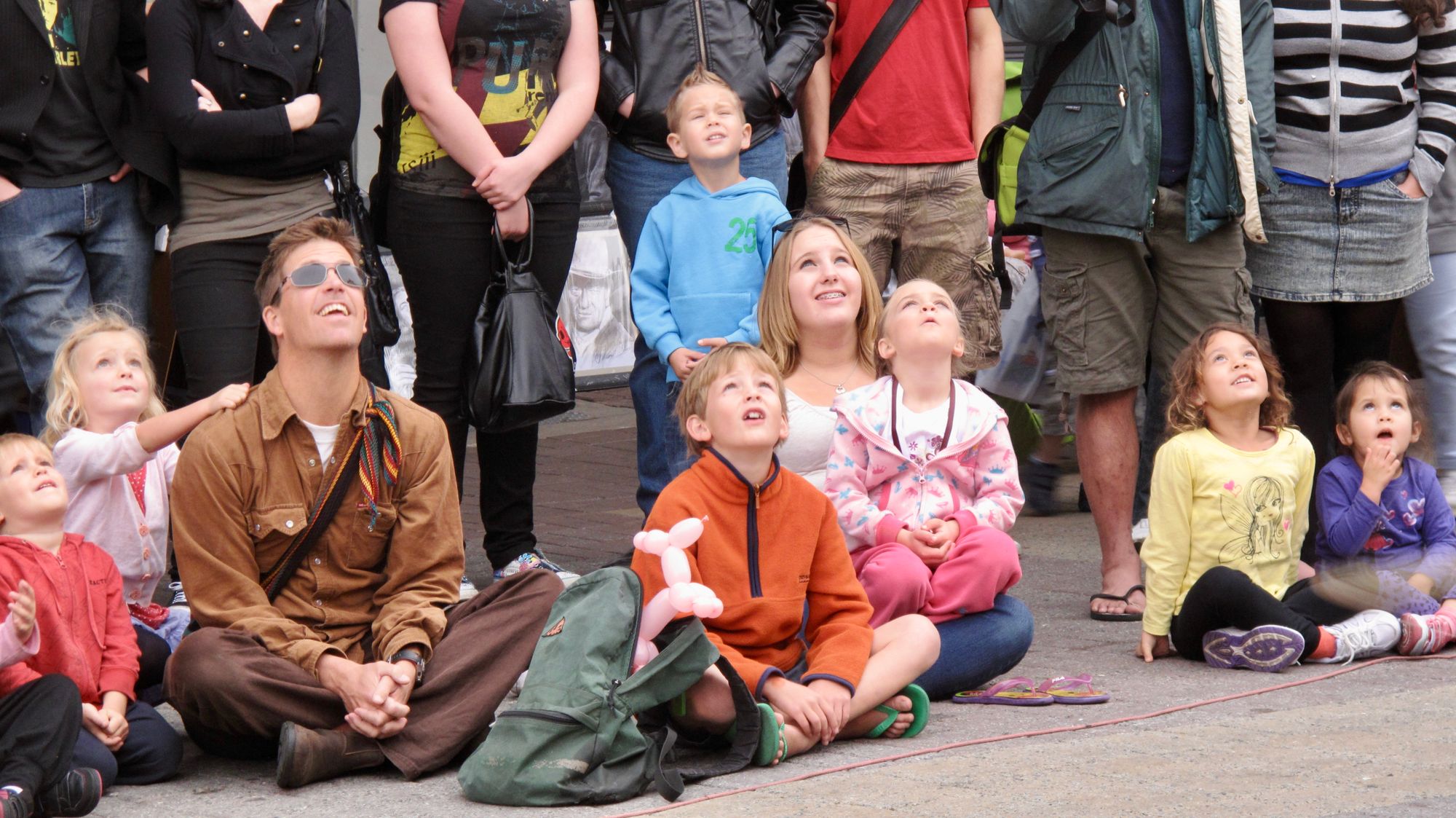
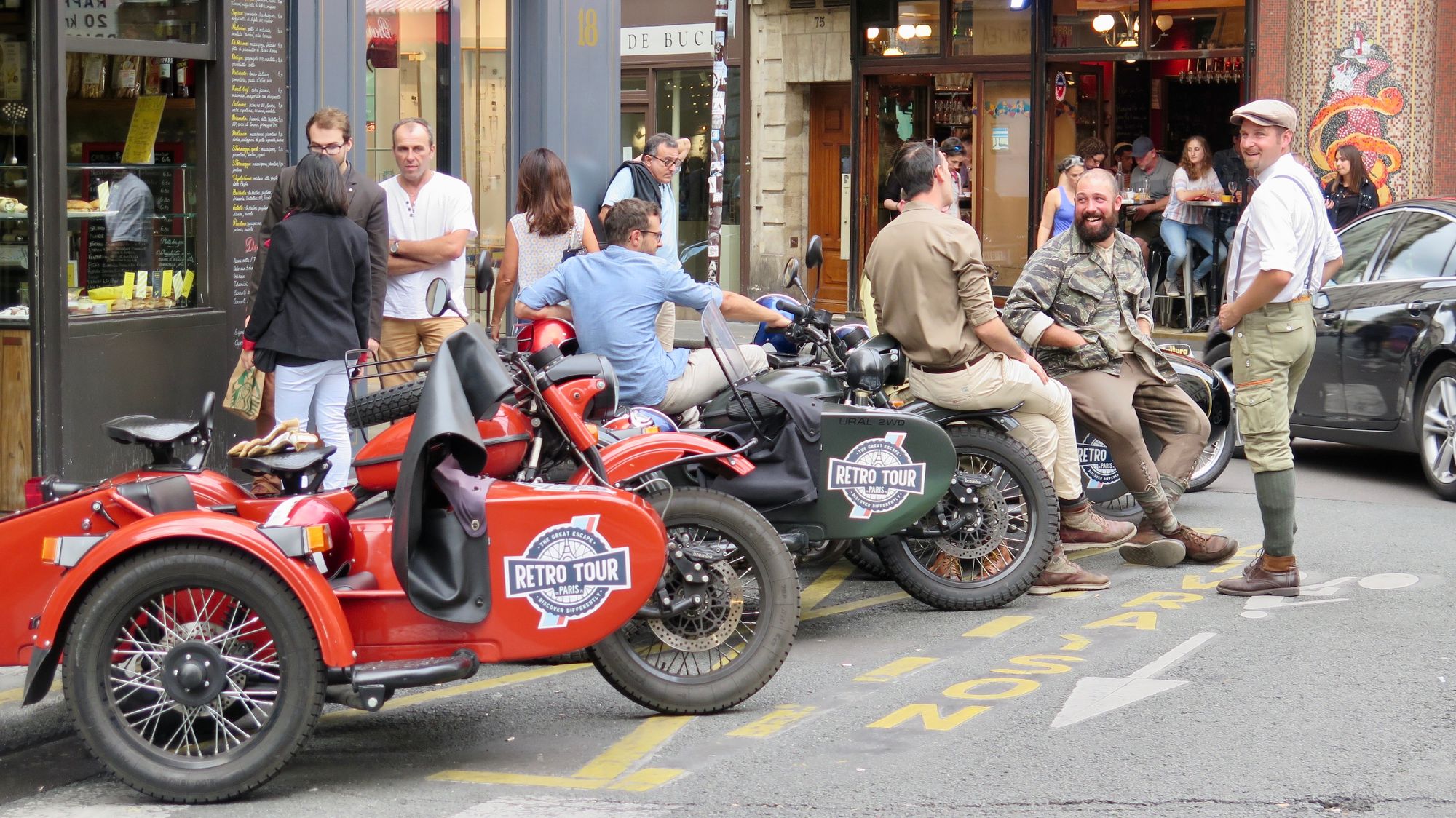
Images from Paris, London, Stockholm, Barcelona, Vancouver and Camden, Maine
11. Public Institutions: Making it Happen
How to Reposition Cultural Institutions at the Intersection of Social Life, Climate, Place, Inclusion, Equity & Health
Cultural and public institutions can help define and model future culture while also helping understand the past and its contributions to community and environmental degradation. In the continued fight to rebuild our communities, schools, city halls, museums, historical associations, religious entities, and even banks can unite in reigniting the community spirit needed to rally collective action through collaborative and inspiring, change-making art exhibits and demonstrations. These institutions can rethink their traditional role and form by galvanizing citizens towards community-led placemaking that puts a focus on social life and positive lifestyle change, while also supporting broader global topics such as sustainability, resilience and climate issues.
Public Institutions & Placemaking Resource Centers
One exciting new idea for the future of public (and private) institutions is to house and support Placemaking Resource Centers. Any place the public uses on a frequent basis is a natural setting for discussion, community engagement, and fun: schools, city halls, religious institutions, community centers , even banks. These Centers would be hubs of activity for making design more open to all, living laboratories for co-creating the public spaces every town deserves, and experimentation zones where citizens could workshop catalytic projects with positive environmental impacts. Have an ideal location for a future resource center in mind? Get in touch and help launch this new phase of collaborative placemaking!
Related Articles:
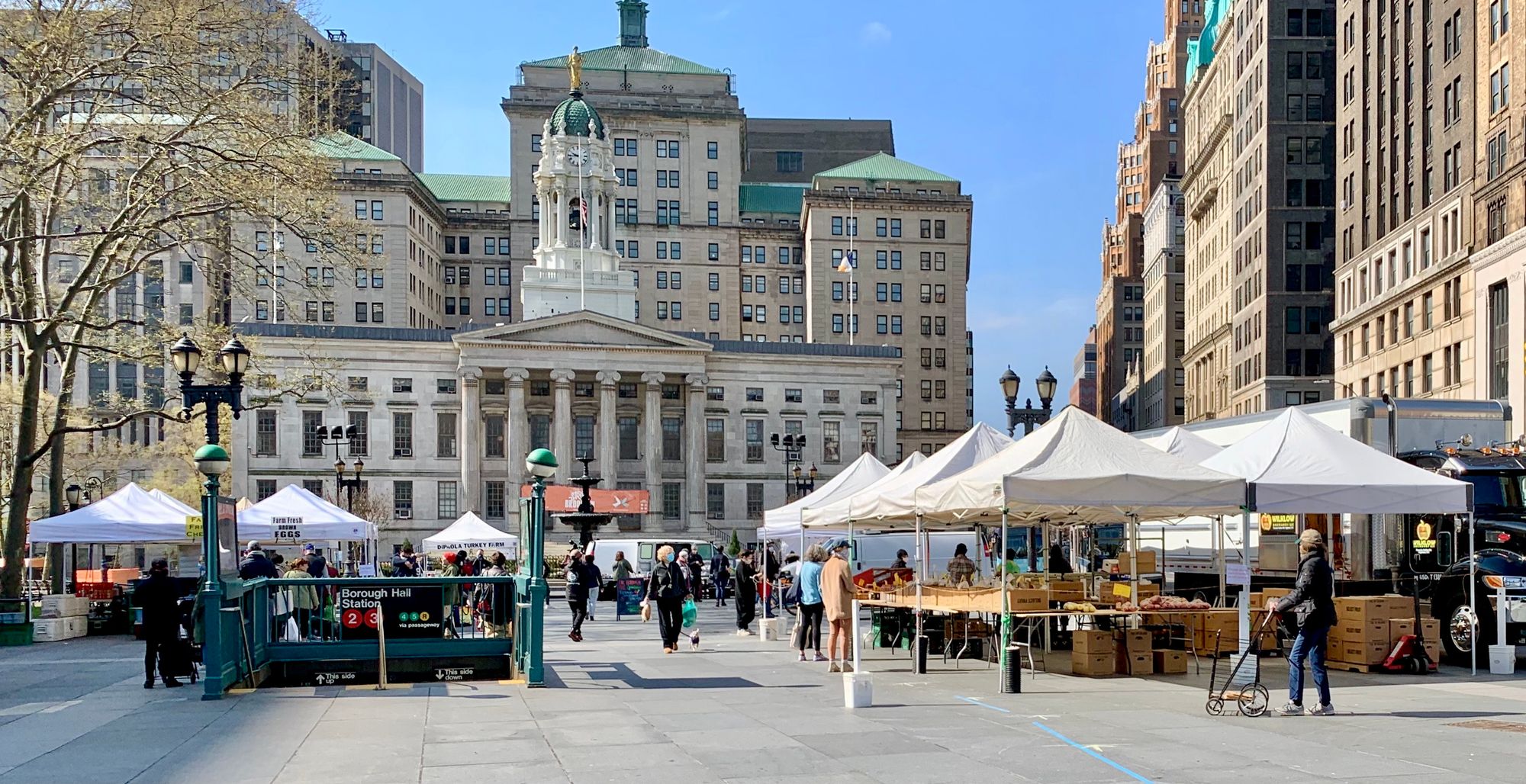

How to Go Deeper With Our Work
The Placemaking Fund was started in 2020 with two programs: PlacemakingX and Social Life Project. PlacemakingX is a global network of thought leaders, public space activists, regional network leaders, and professionals who together to accelerate placemaking as a way to create healthy, inclusive, and beloved communities. Currently PlacemakingX is formed by 100+ leaders and 1,300+ advocates from 80+ countries around the world.
The second program, The Social Life Project, has a twofold approach: telling the stories of communities that have done outstanding Placemaking work, and creating agendas for catalytic change driven by these success stories. Drawing on our over 40 years' experience with Placemaking and based on our early work with William "Holly" Whyte, we are inciting a renaissance of community connections. They are centered around our lead concept, "Build Back Better, Together: 11 Transformative Agendas to Restore Social Life in Your Community." We are starting a global dialogue from small towns up around the 11 agendas, through which we will launch city and regional campaigns for catalytic Placemaking projects. This is the ambitious and vital mission of the Social Life Project.
The Global Placemaking Movement: Next Steps
Imagine if the places where we live were walkable and shaped by our social lives, re-imagined to make it easy for us to gather, shop, have fun, eat together, and meet new people. With this mindset, we would fundamentally change our communities, and collectively have an impact on the health of our planet.
Together, we can restore public spaces to their essential role: providing social gathering spots that enrich local life by connecting people, and empowering them to create stronger communities.
Join our campaign by sharing your stories of successful public spaces with Social Life Project, offering up ideas or resources for a Placemaking Center in your community, joining the PlacemakingX network, or identifying key areas in your town that could be a fit for transformative change along with the 11 agendas. Help us start conversations at the local and regional levels about the vital need for community-led placemaking. We invite you to join our ongoing dialogue--for the future of all our public spaces!
